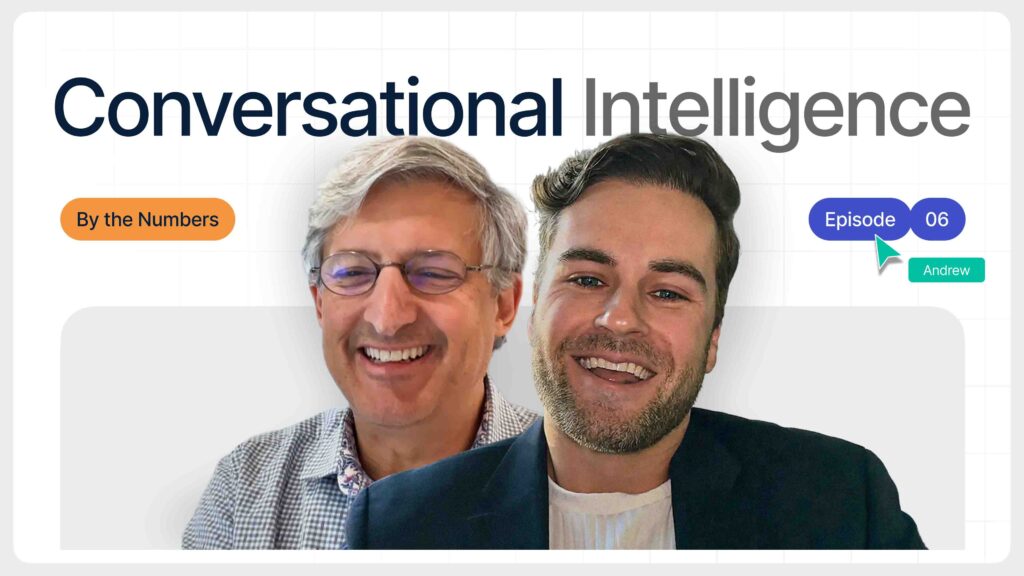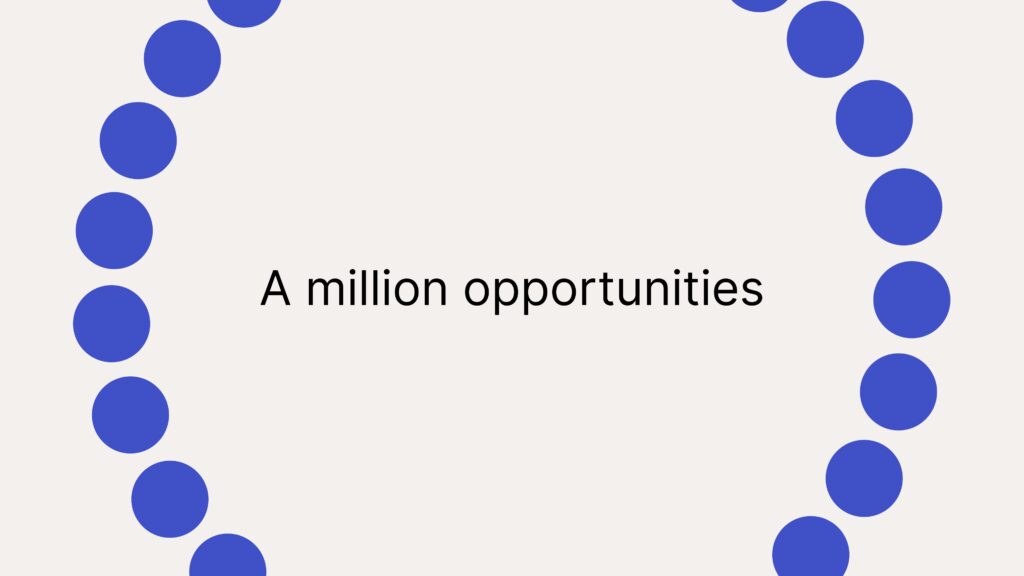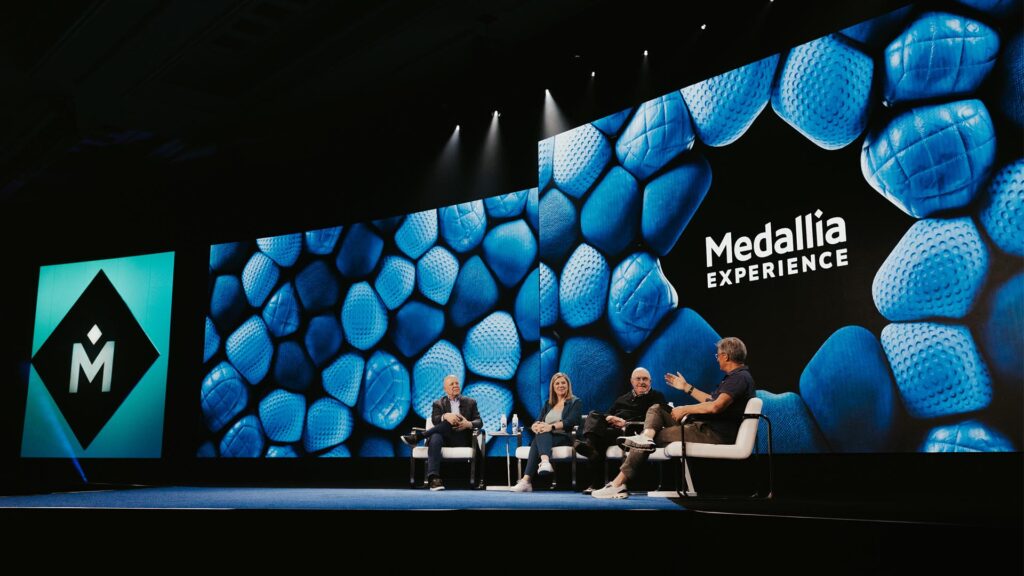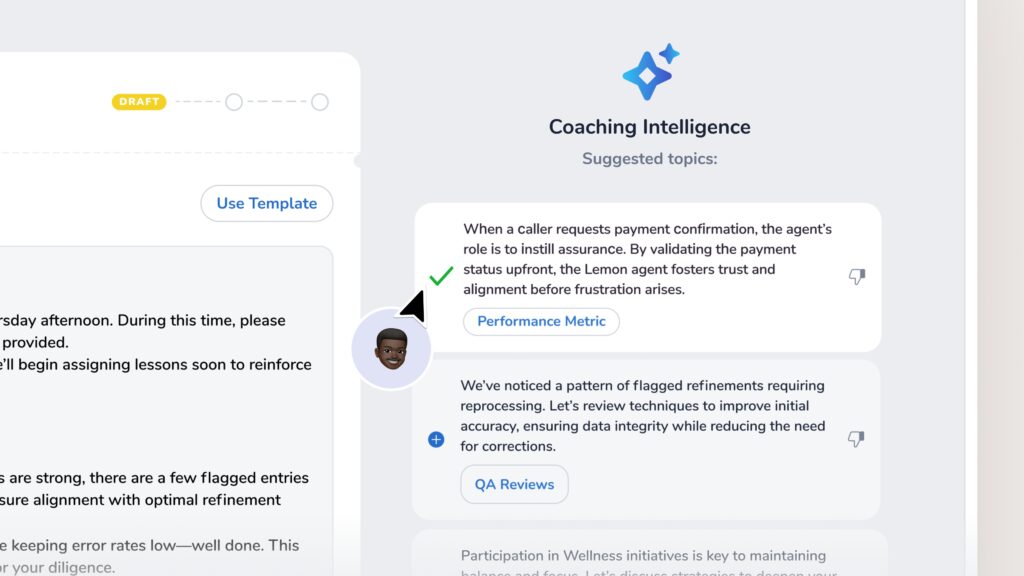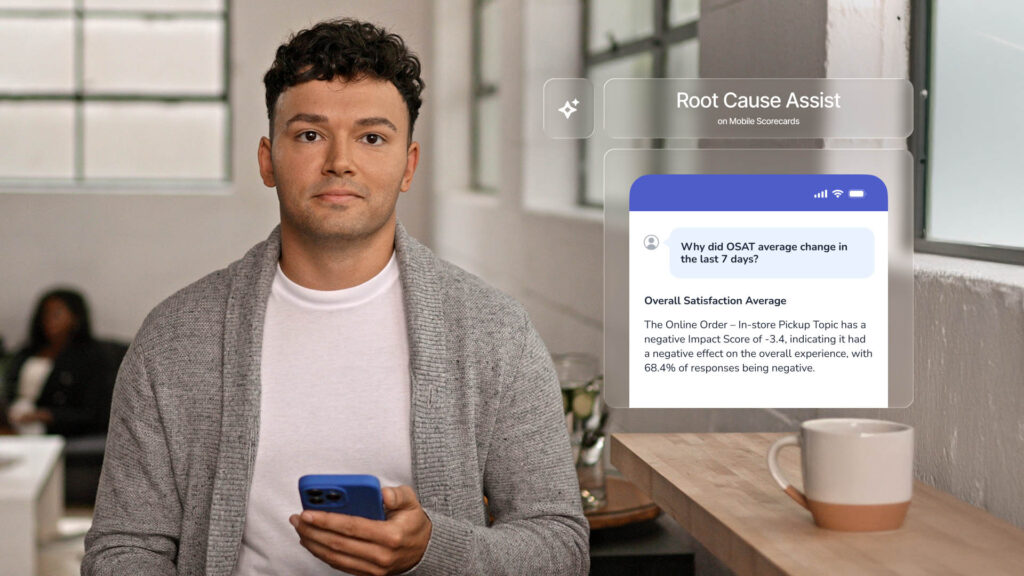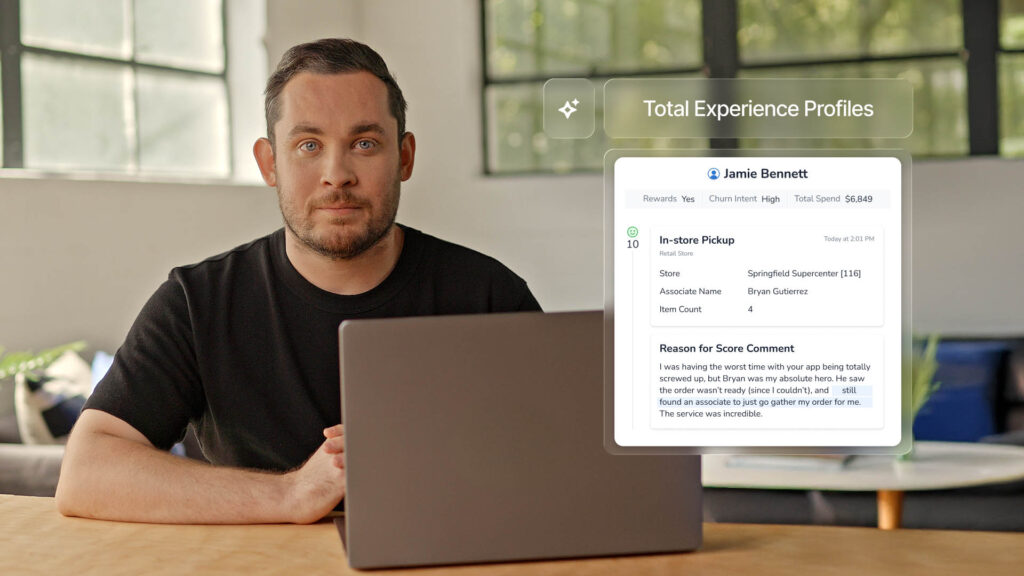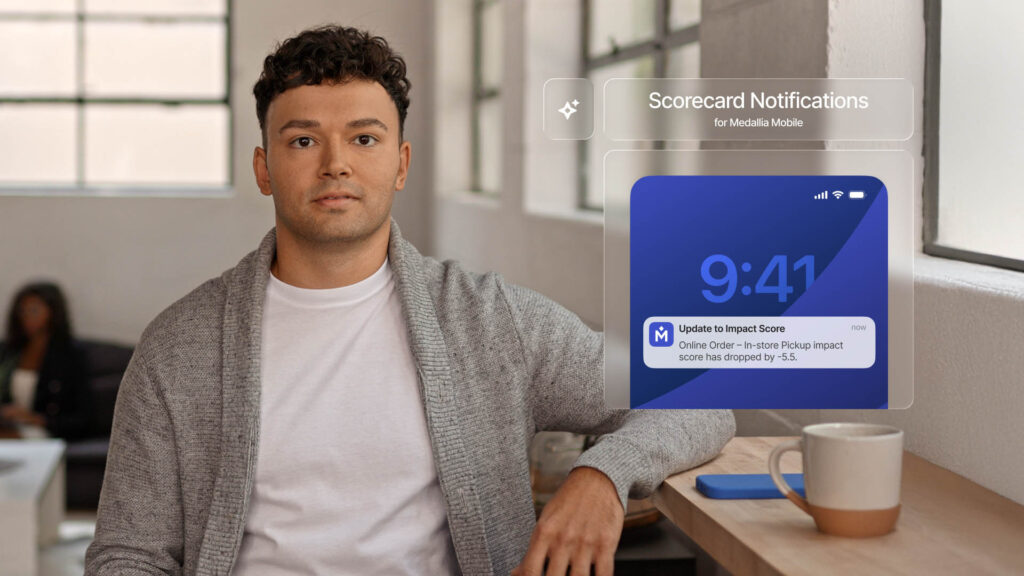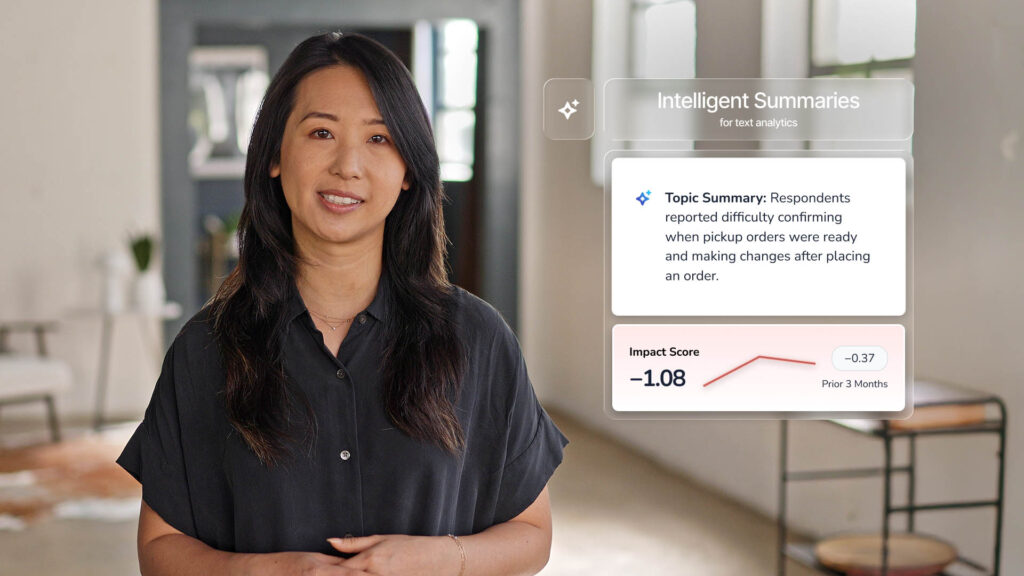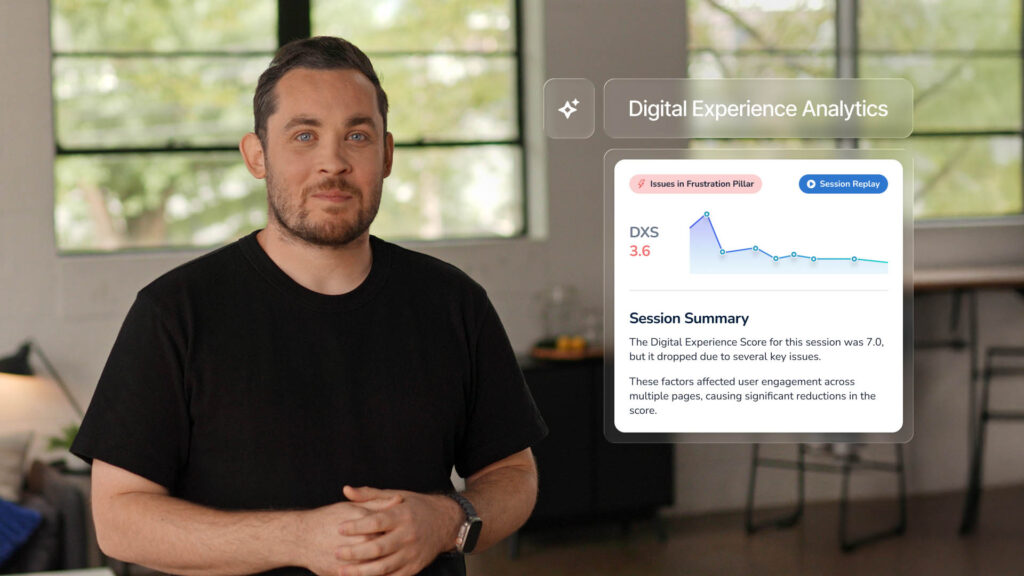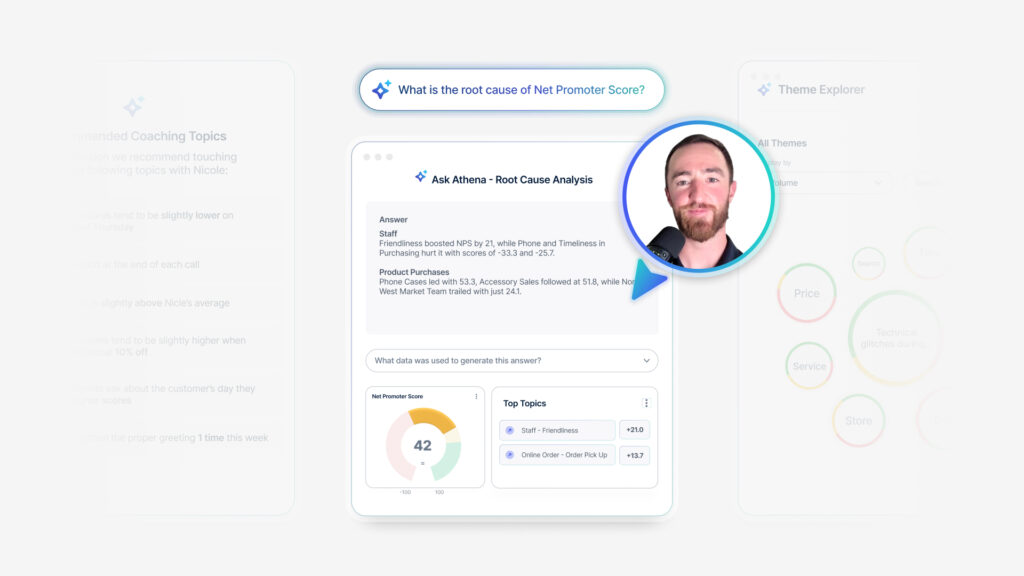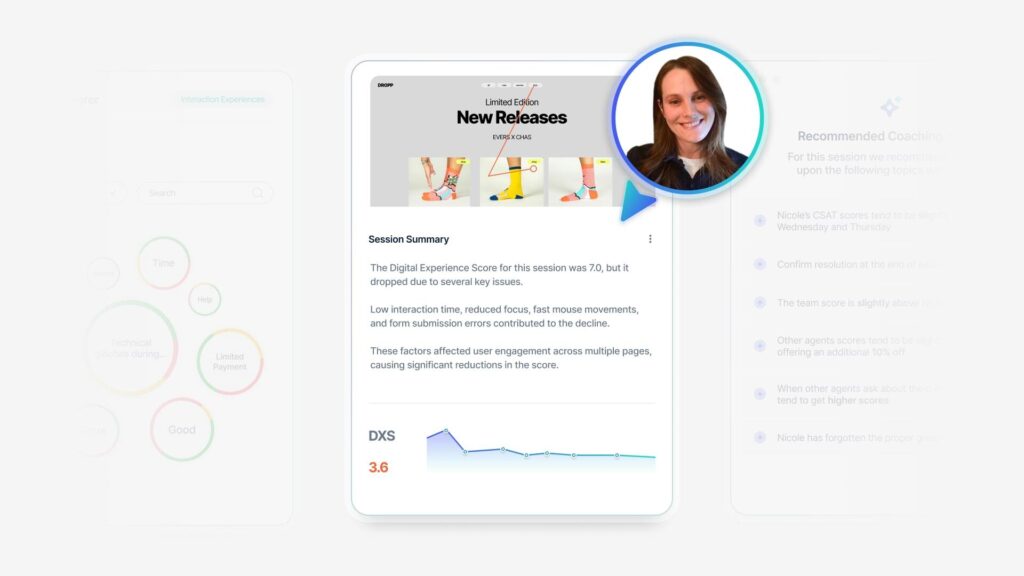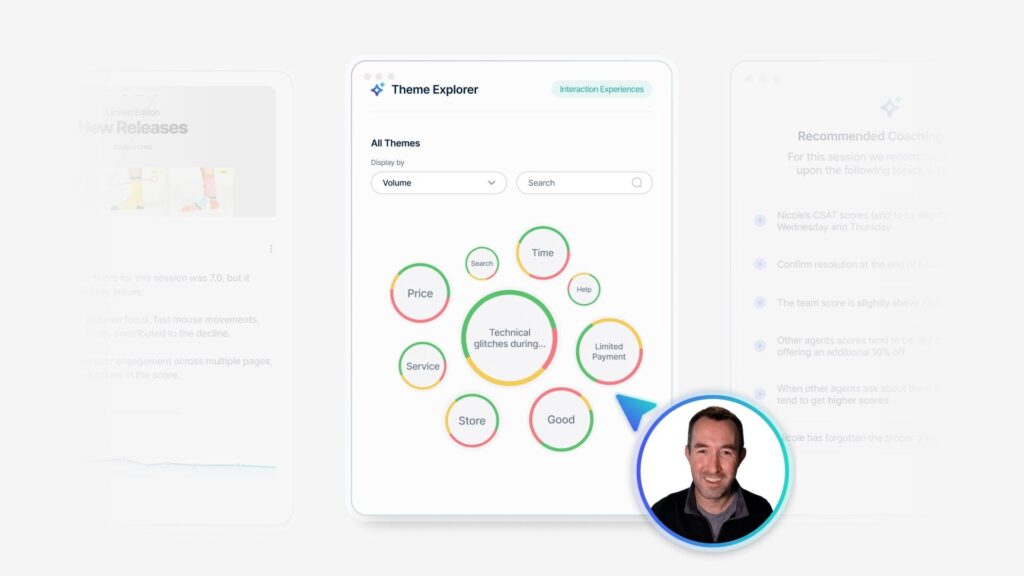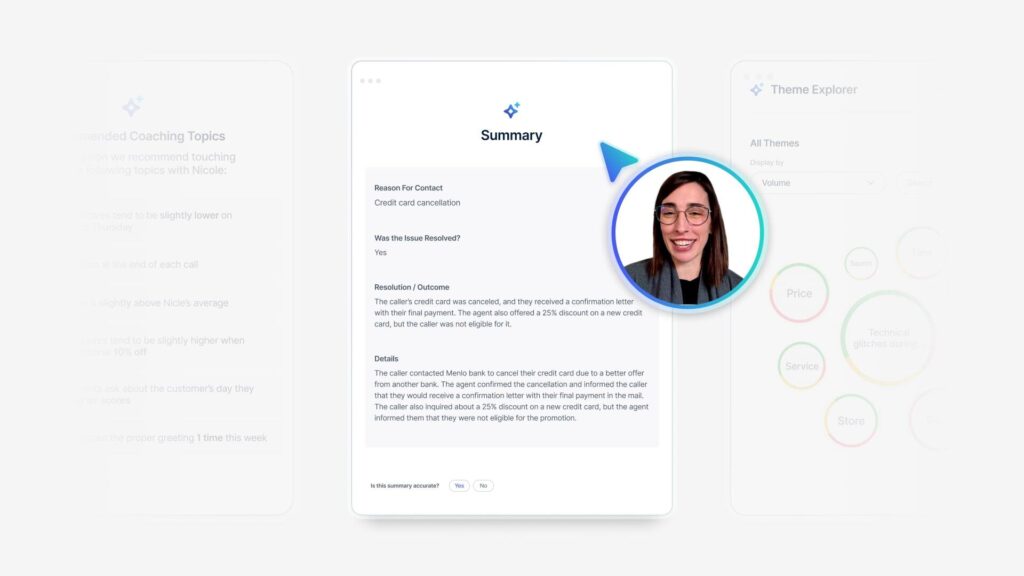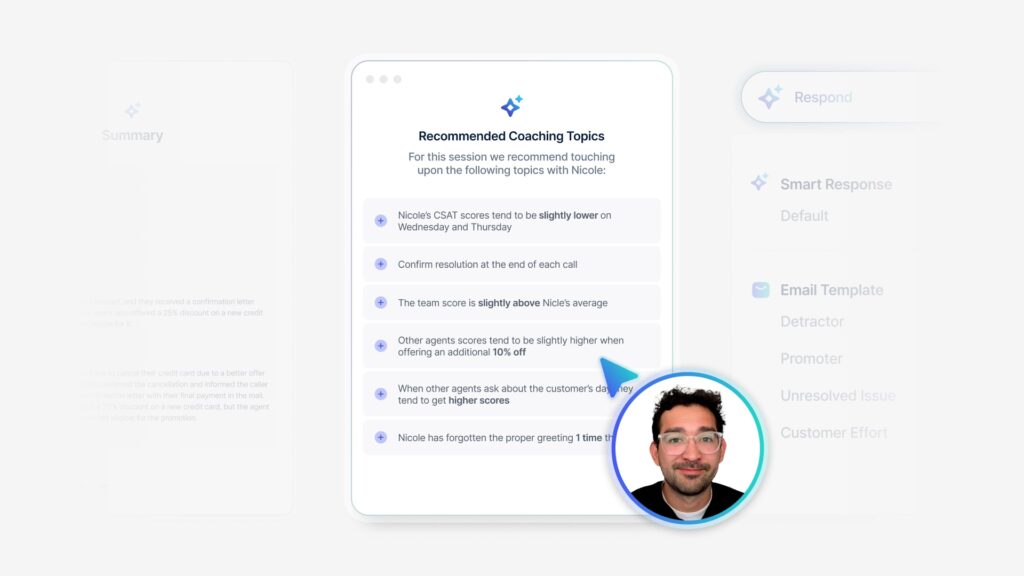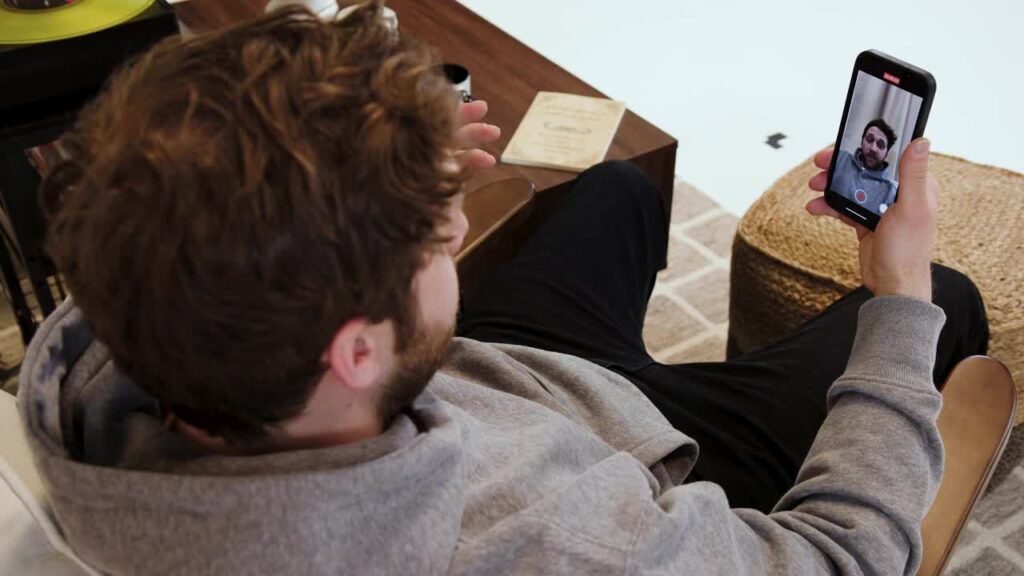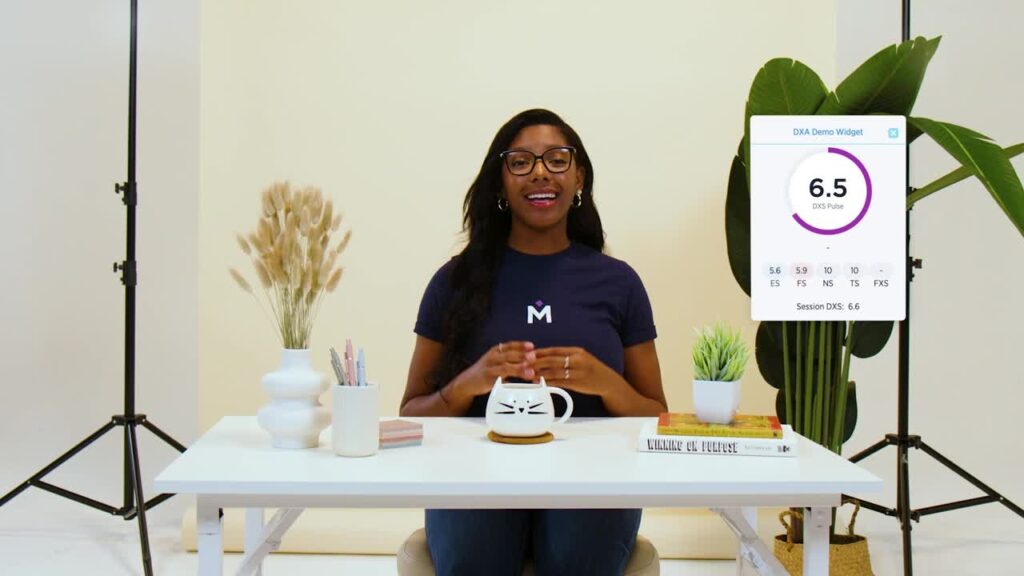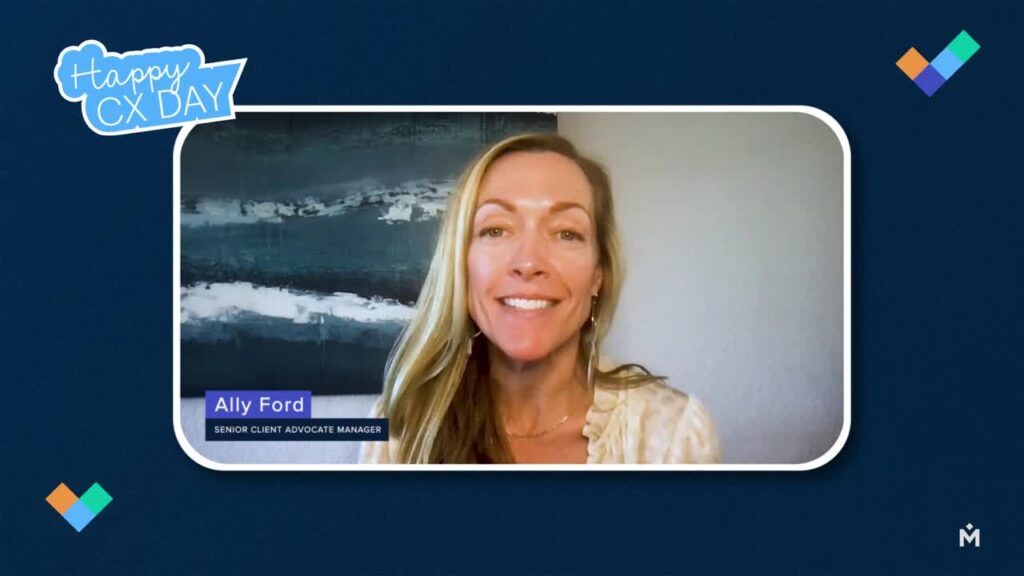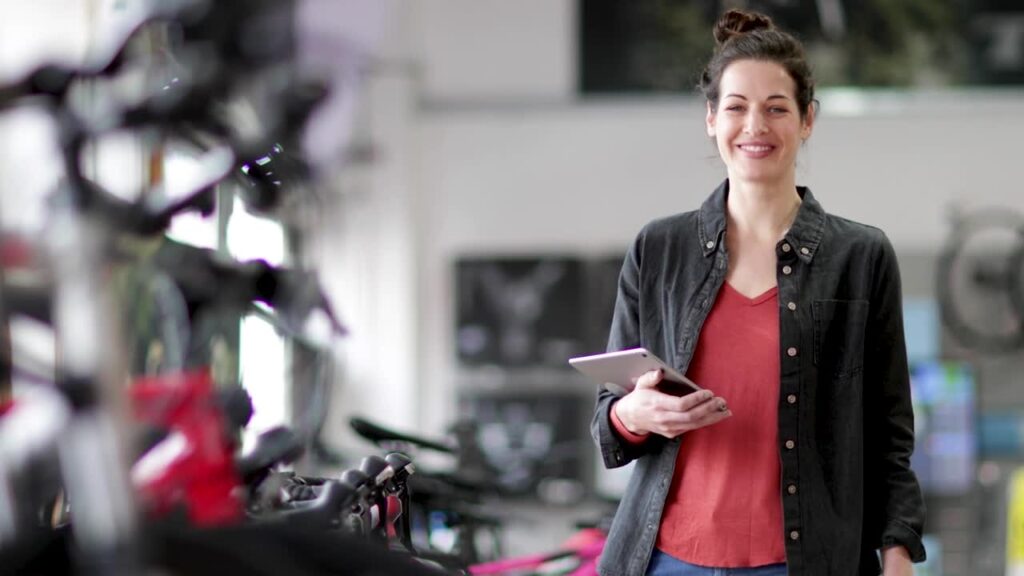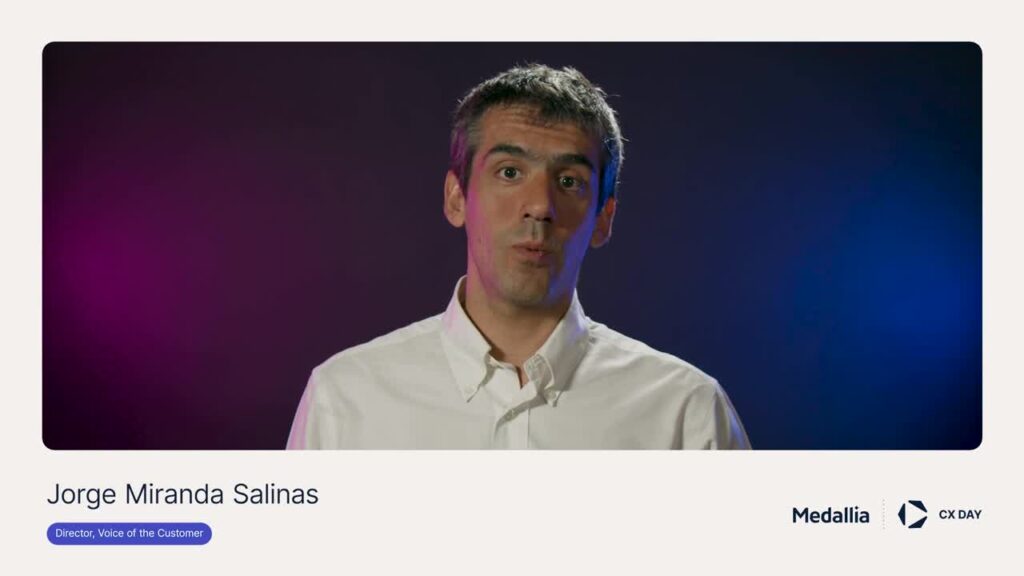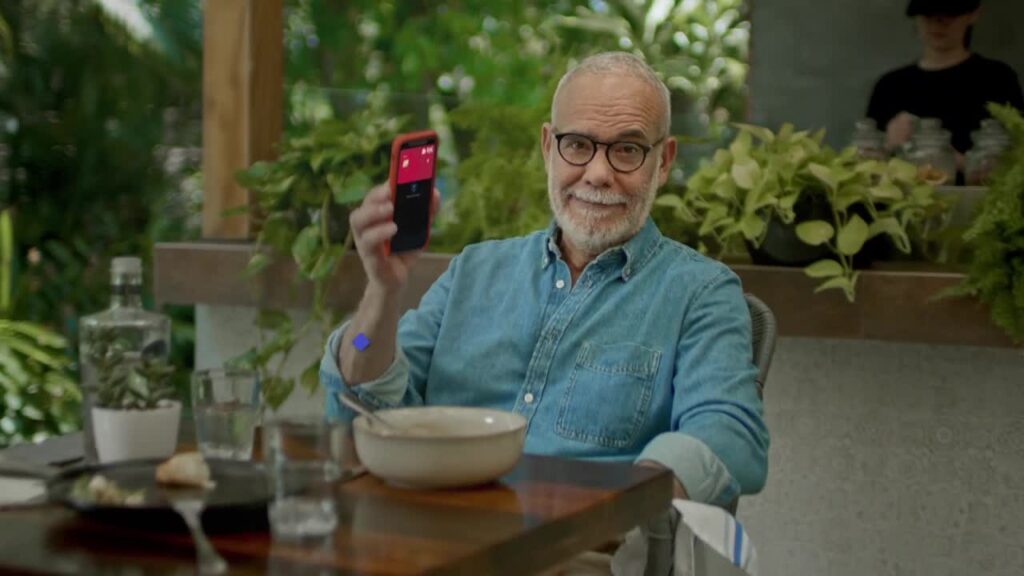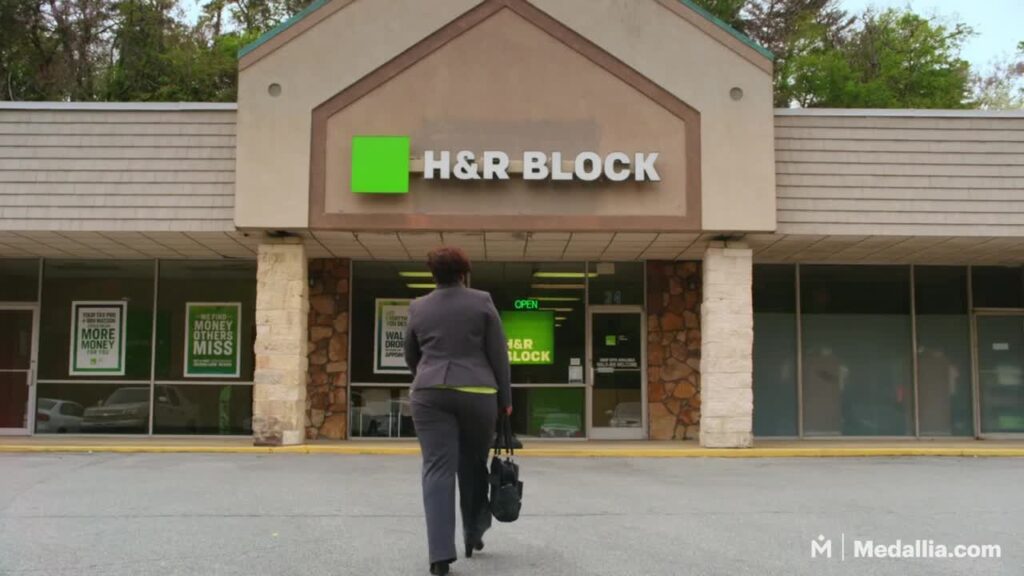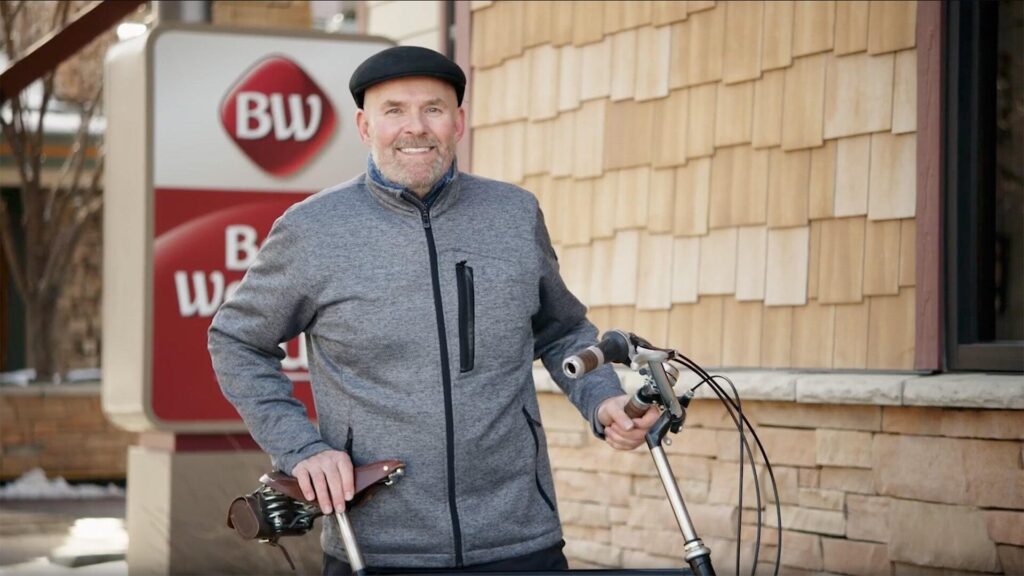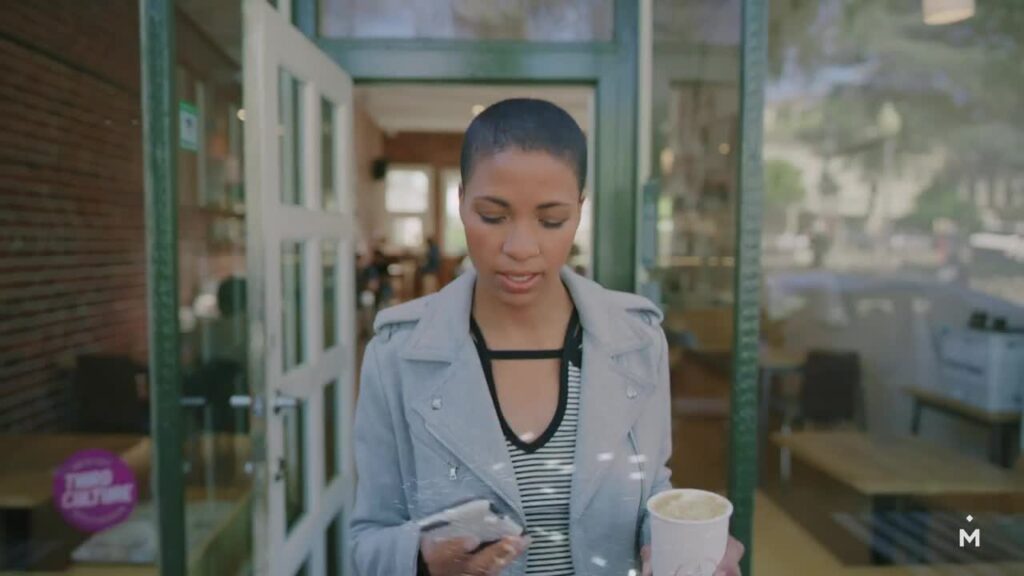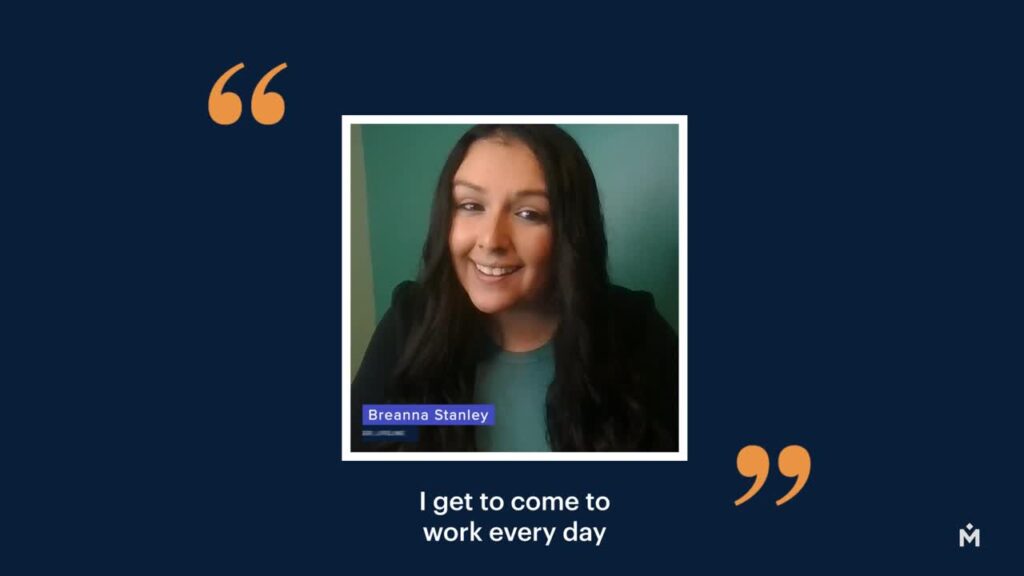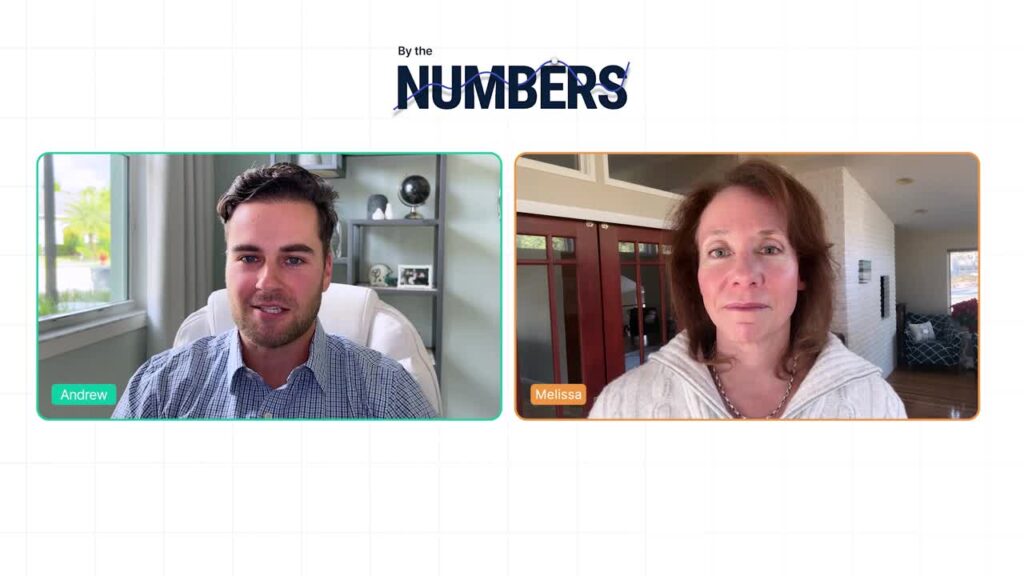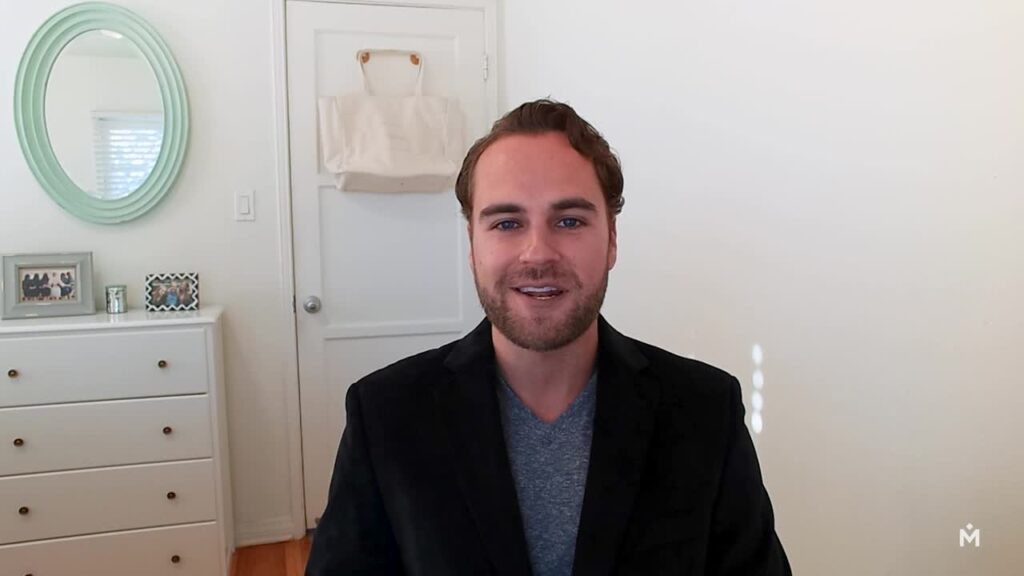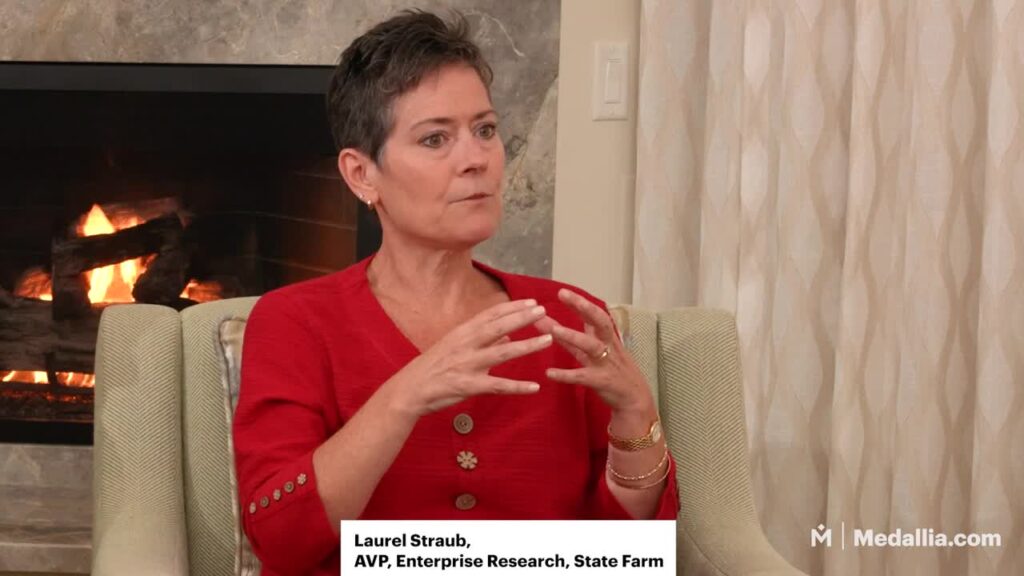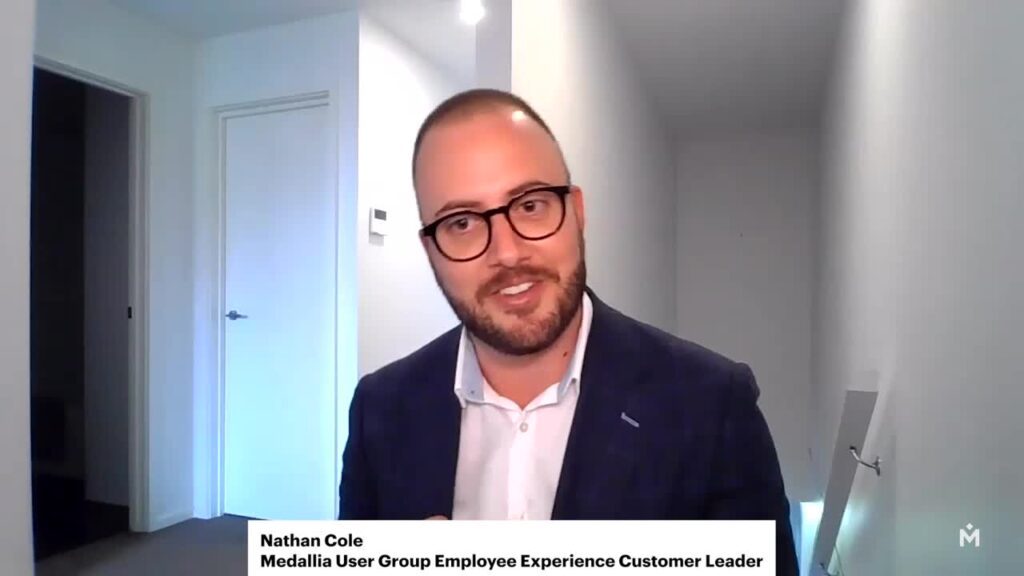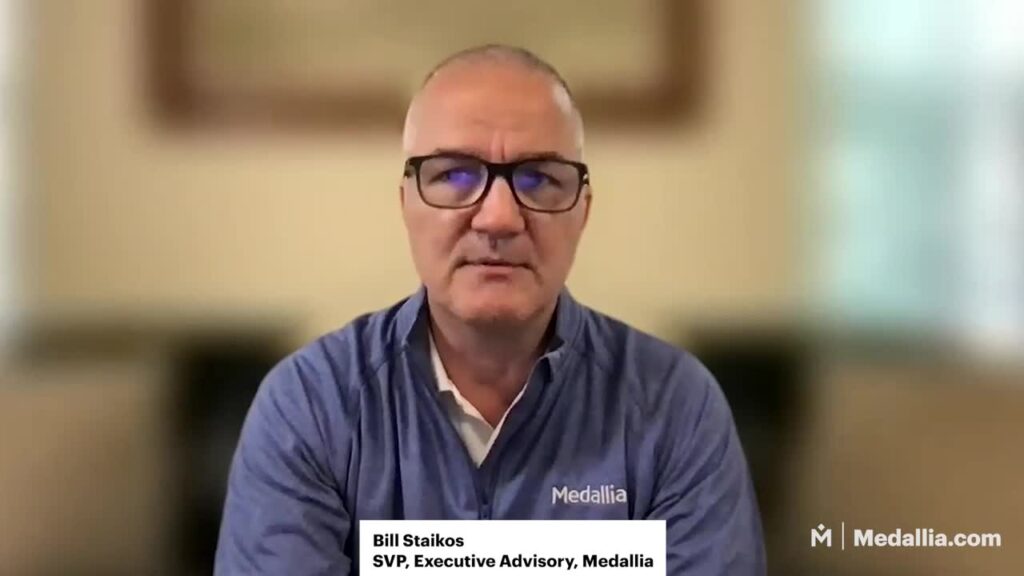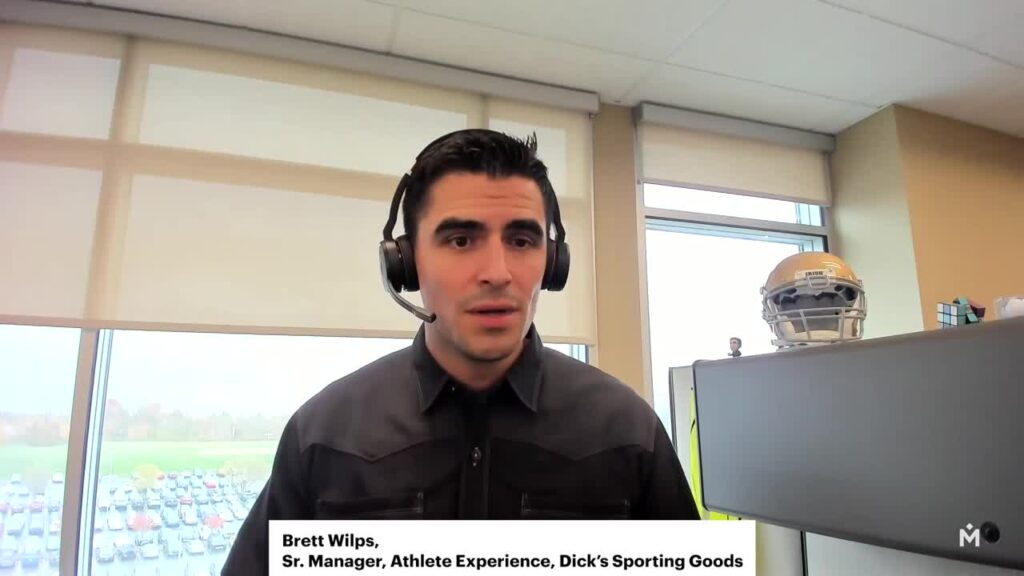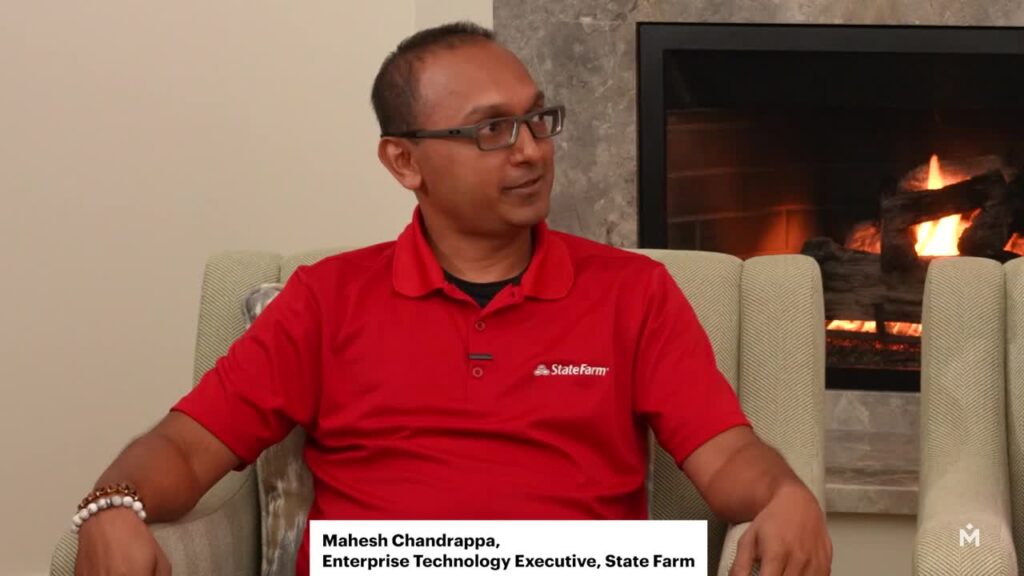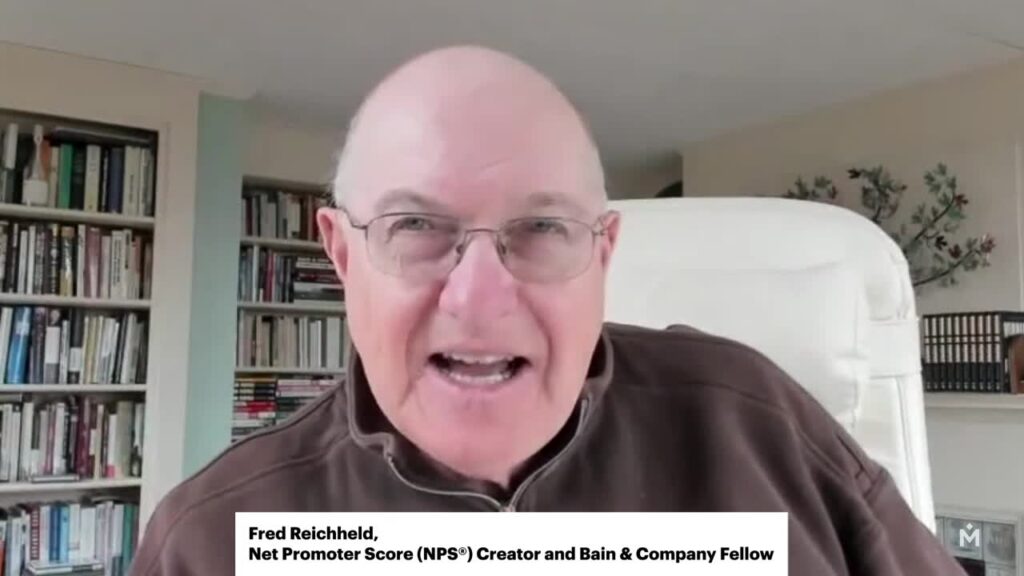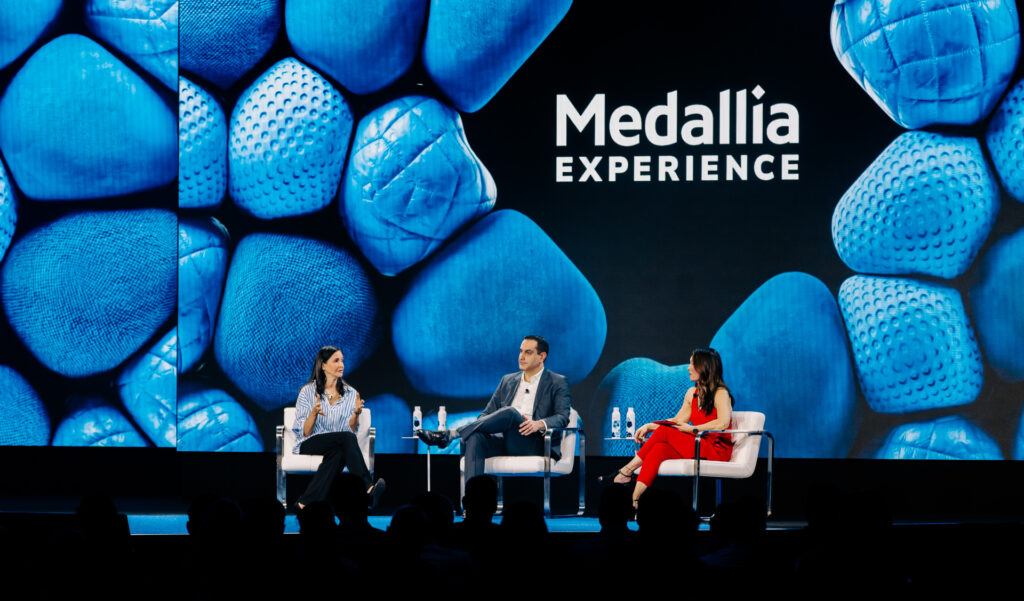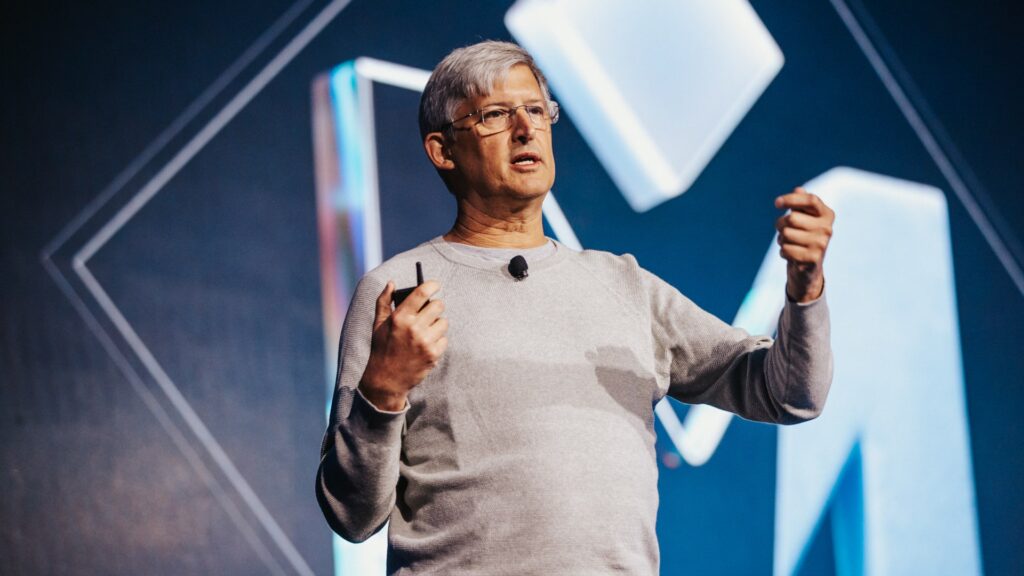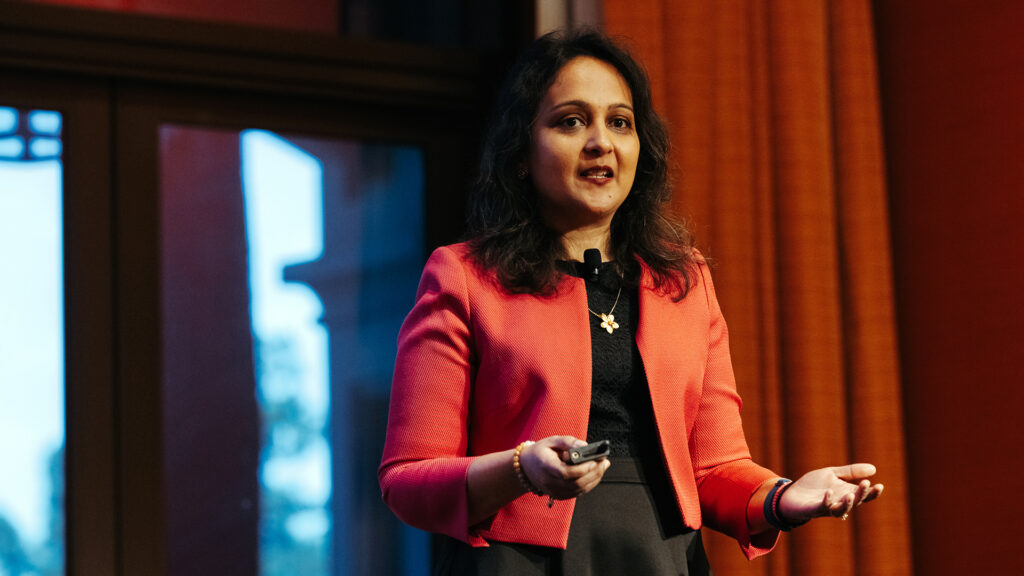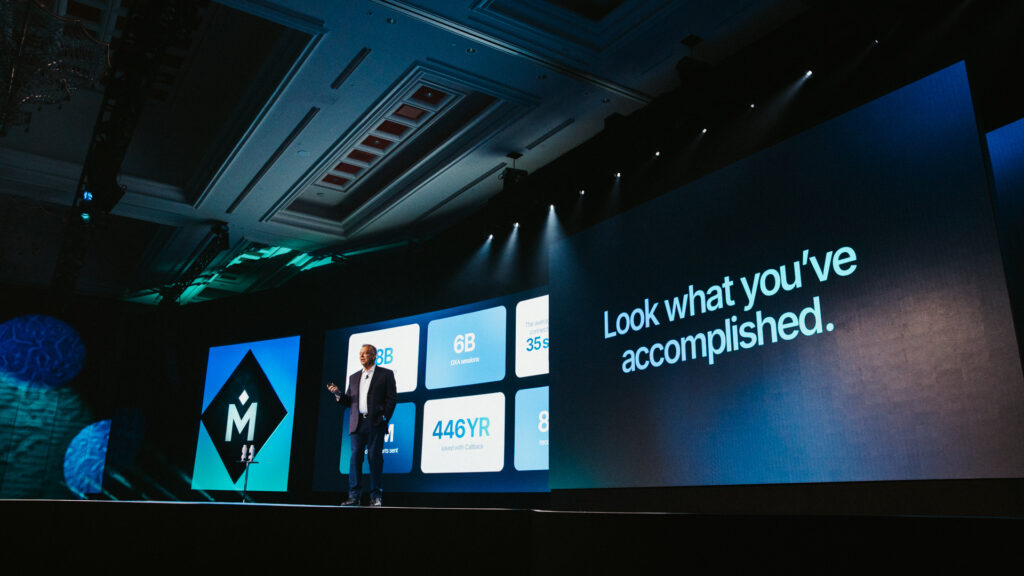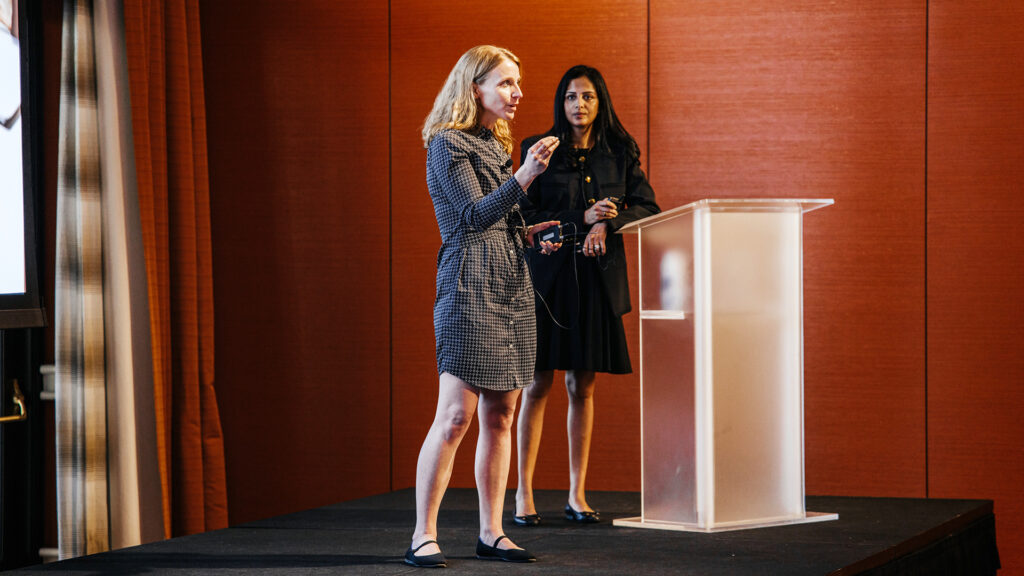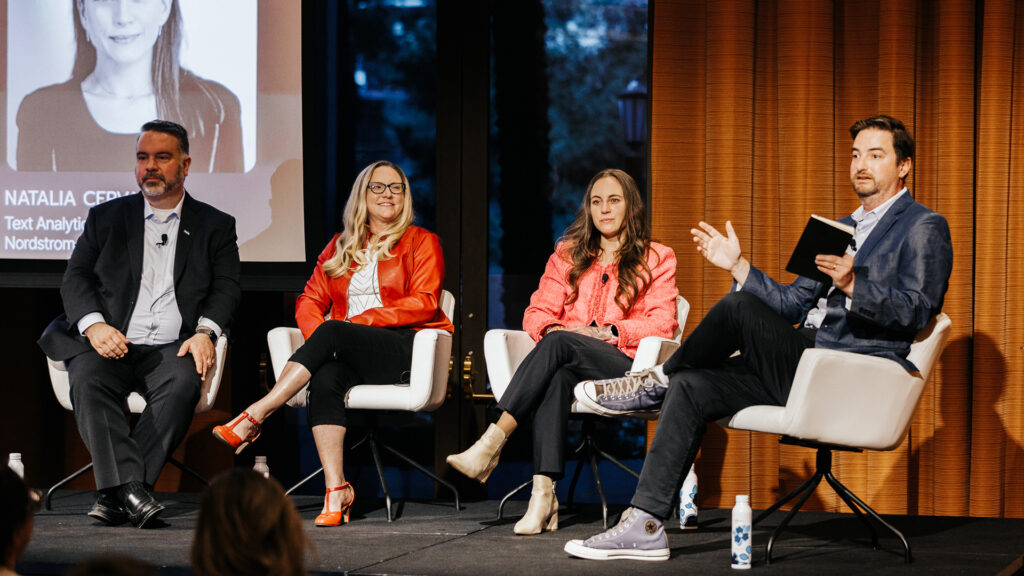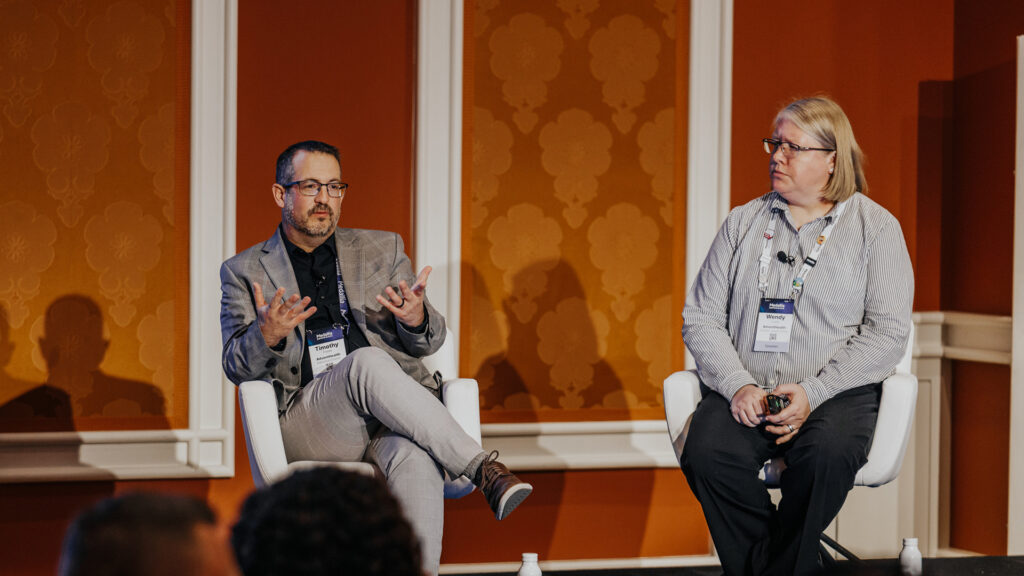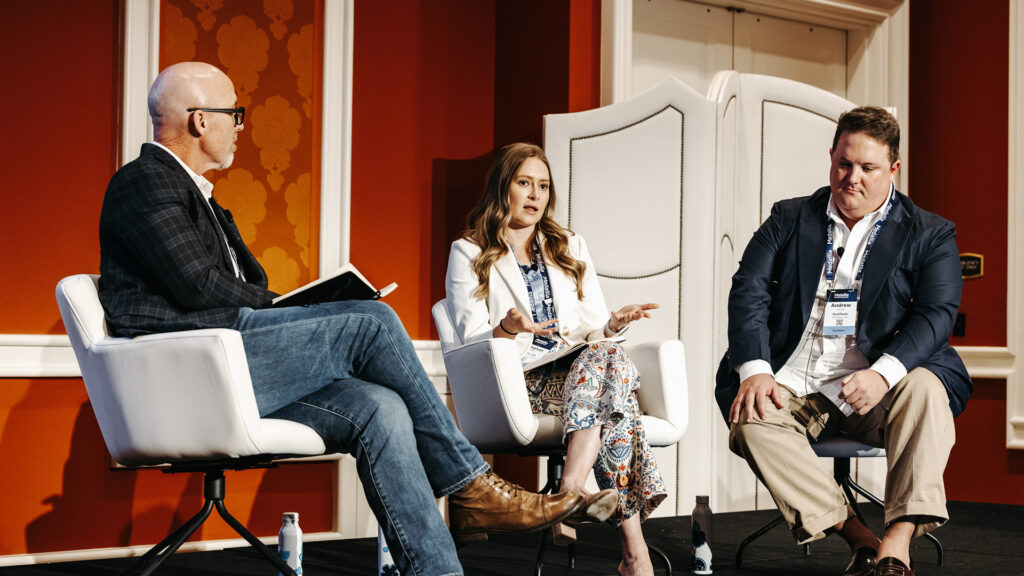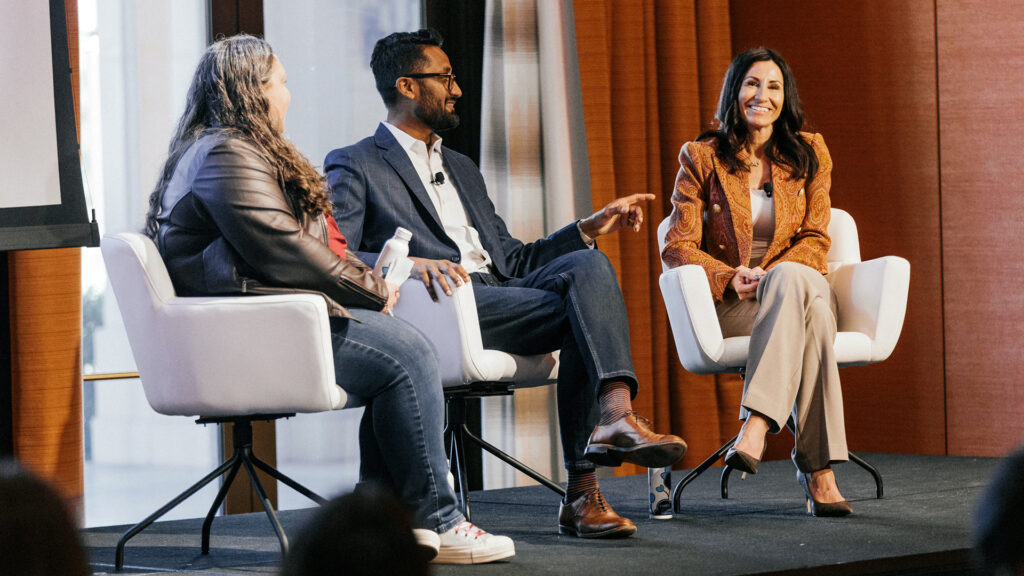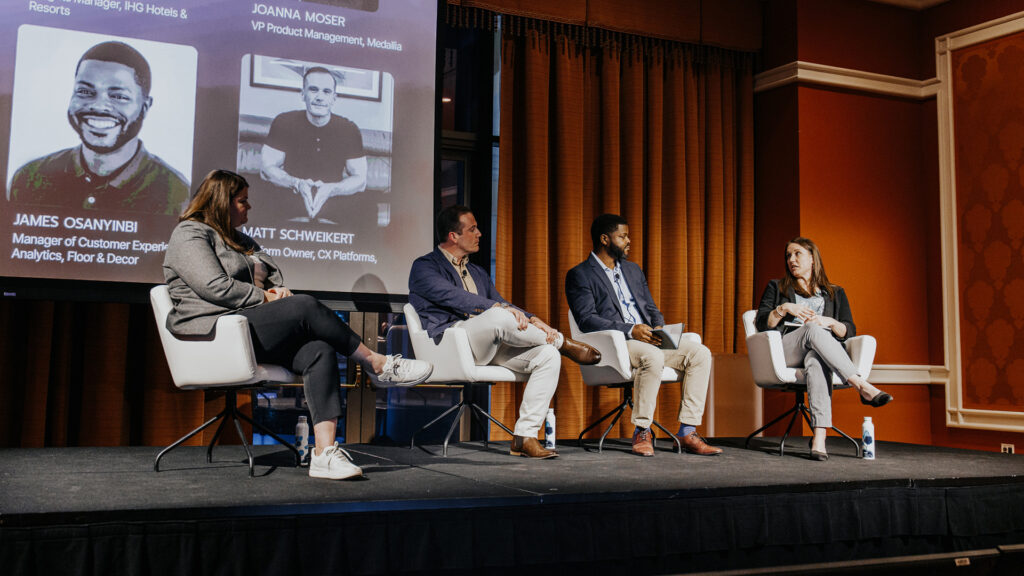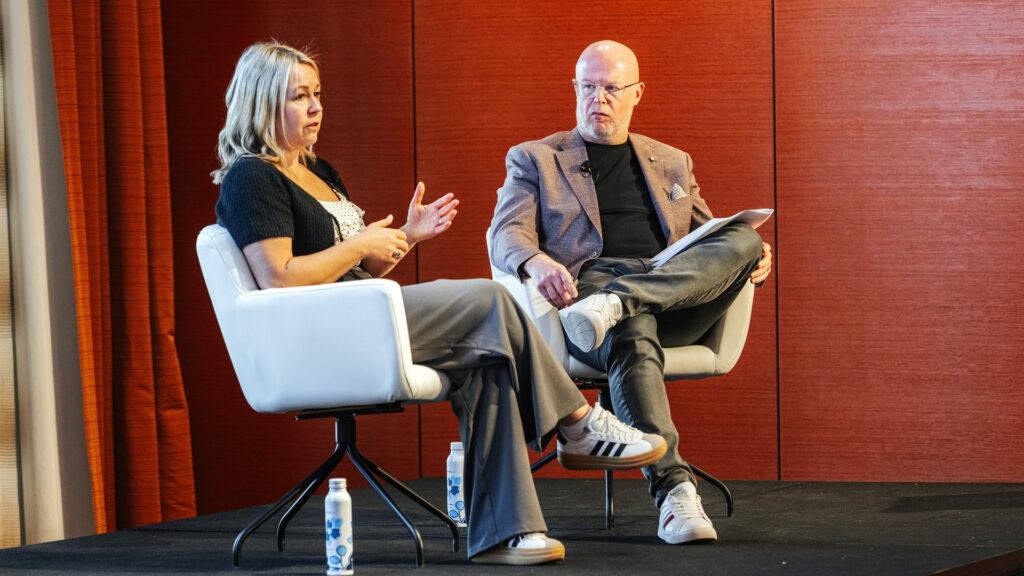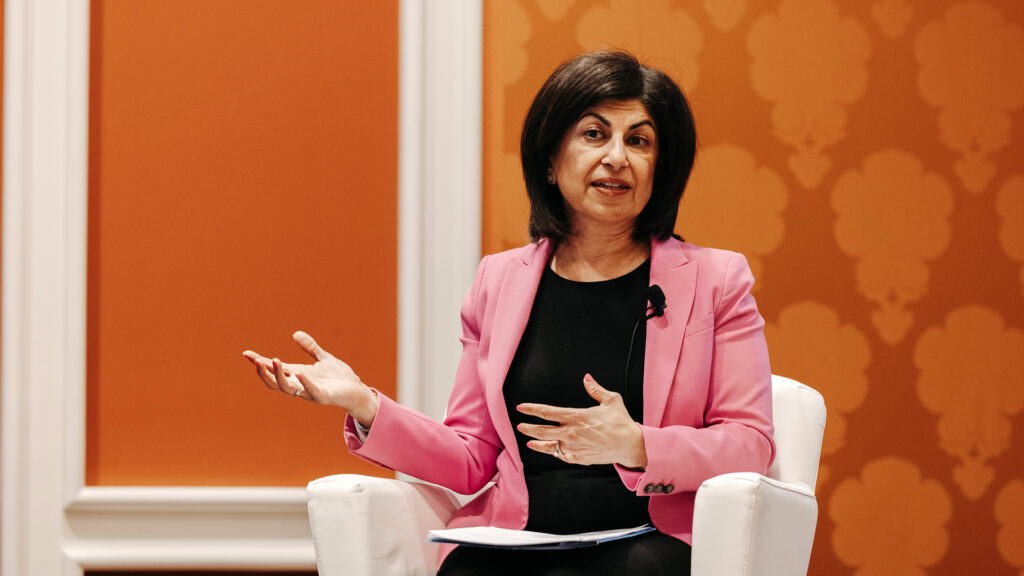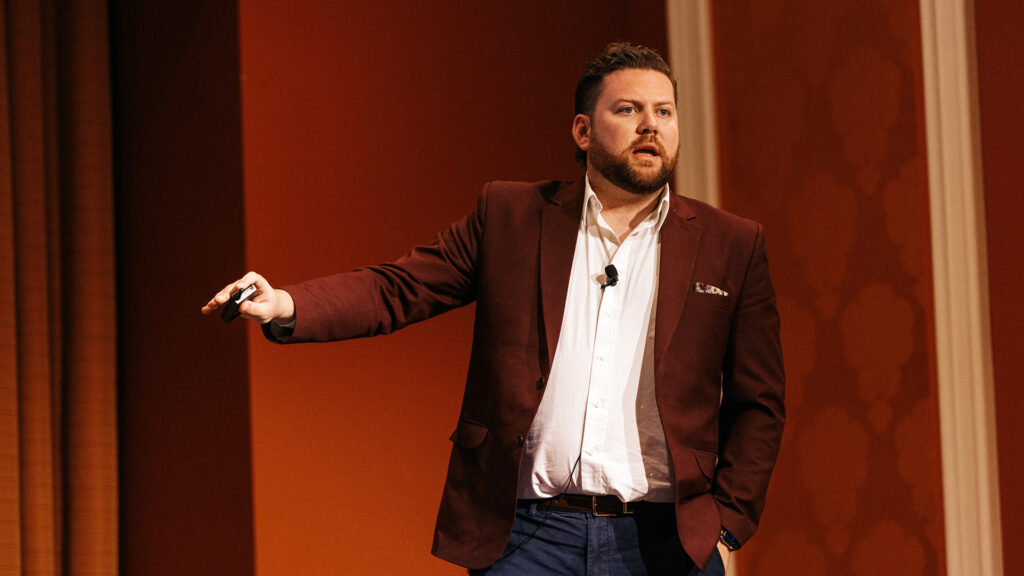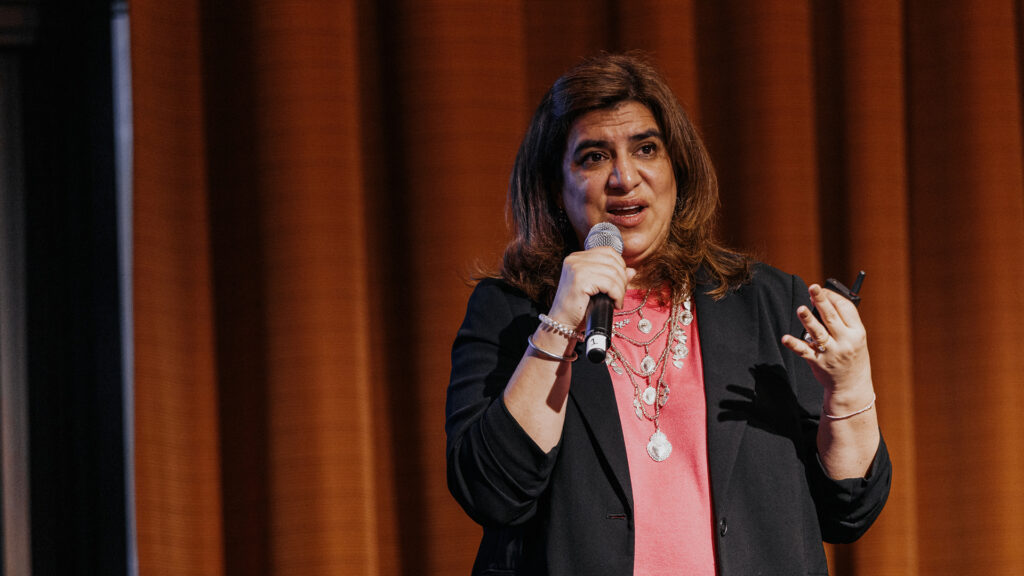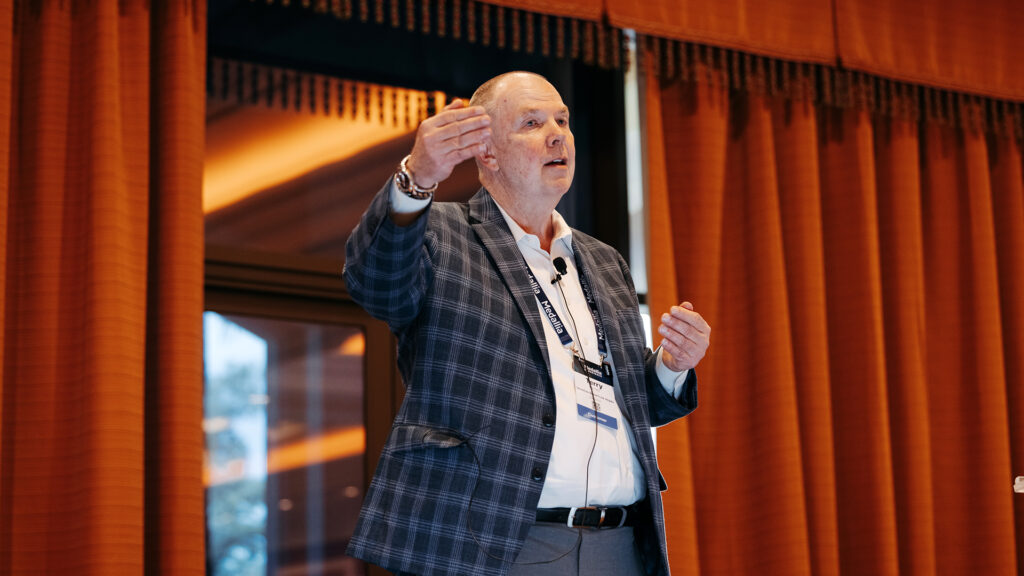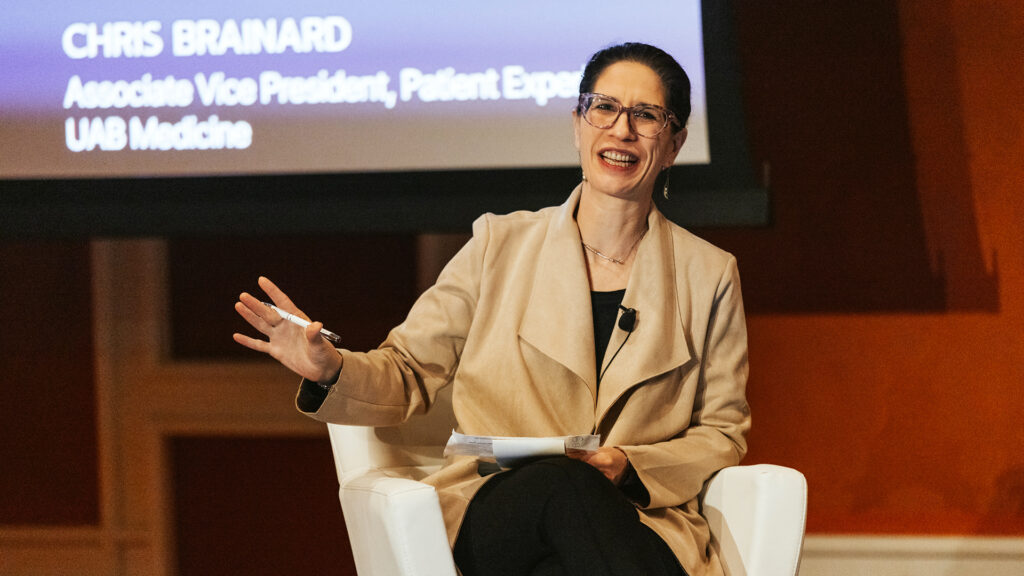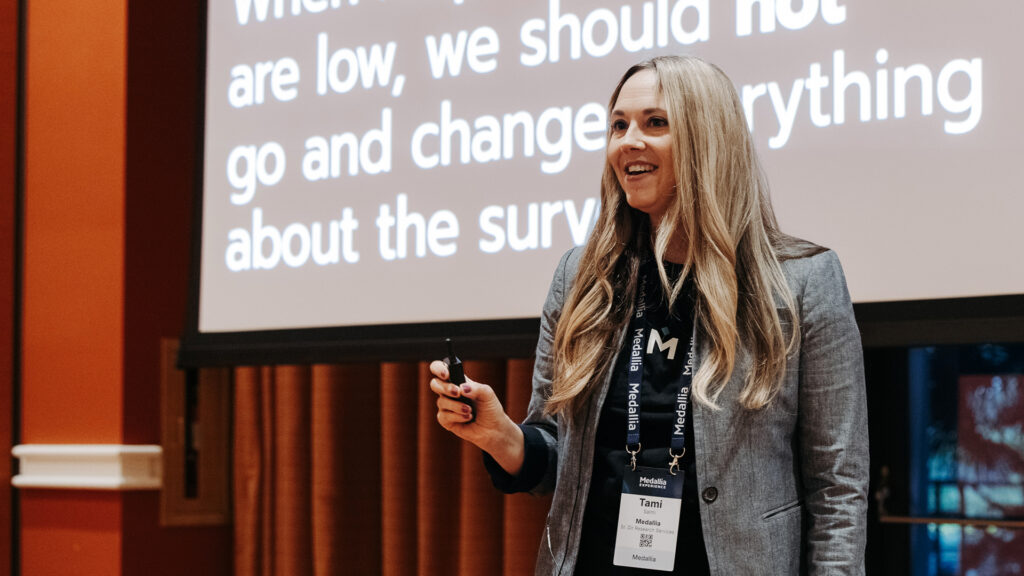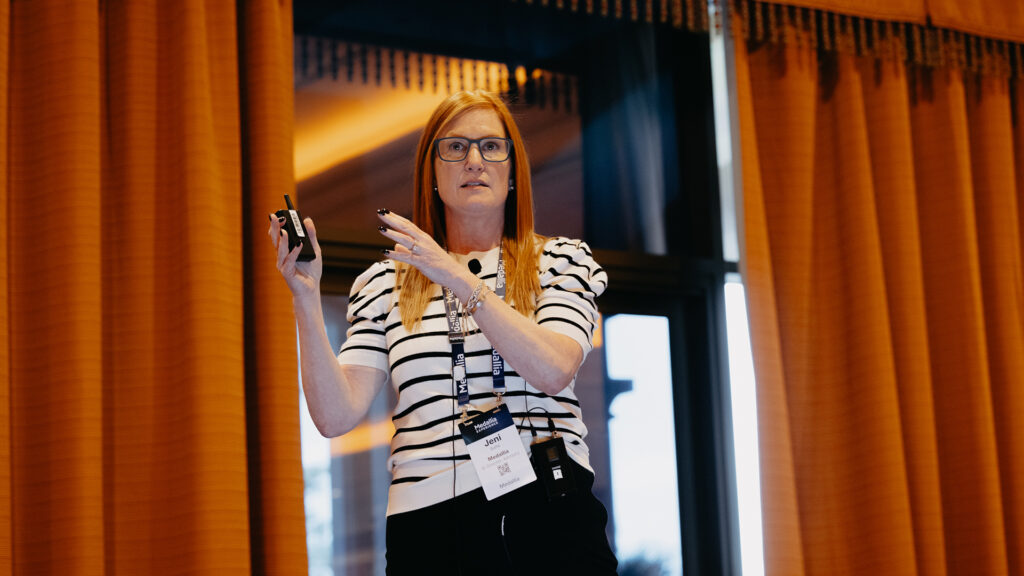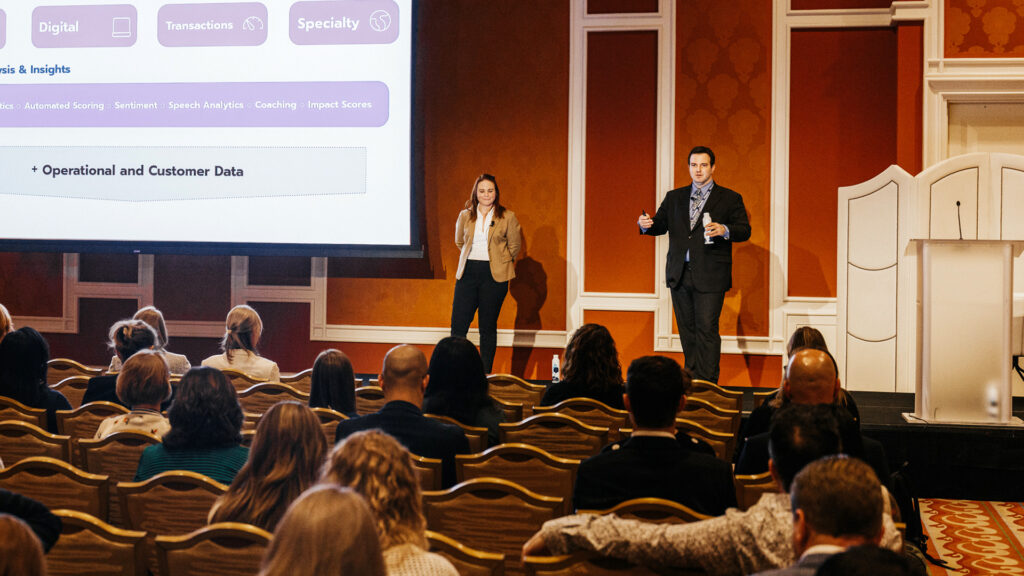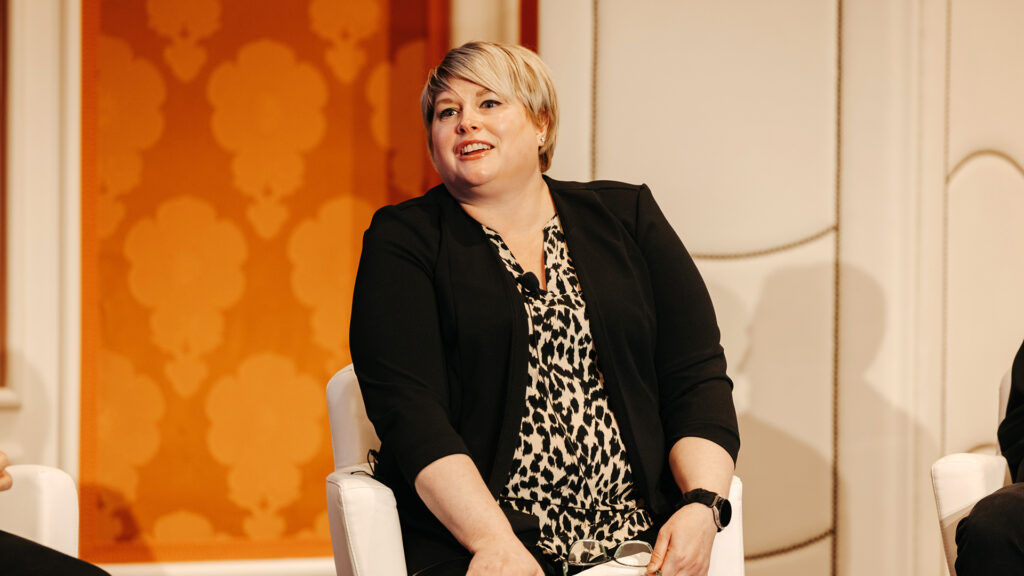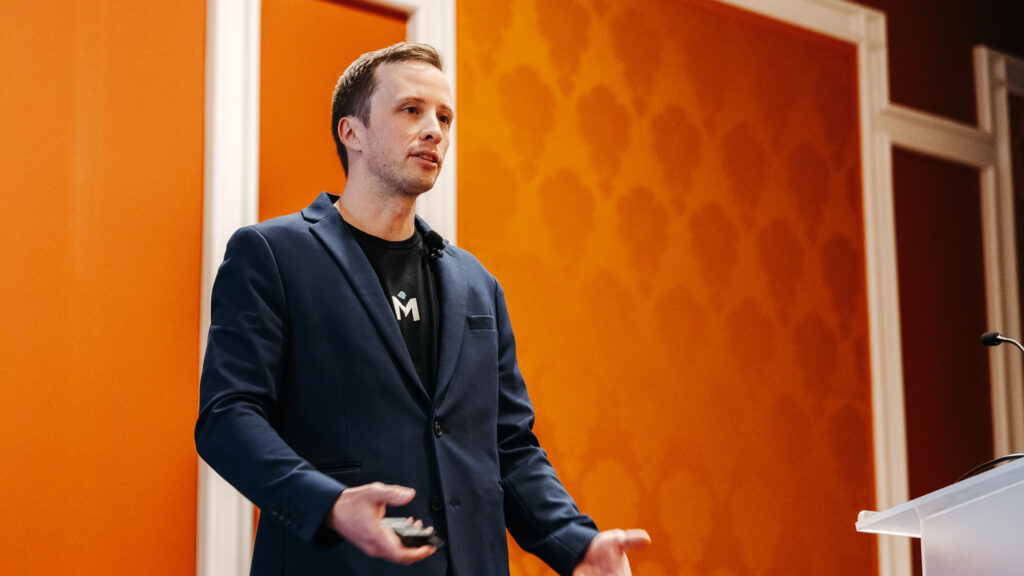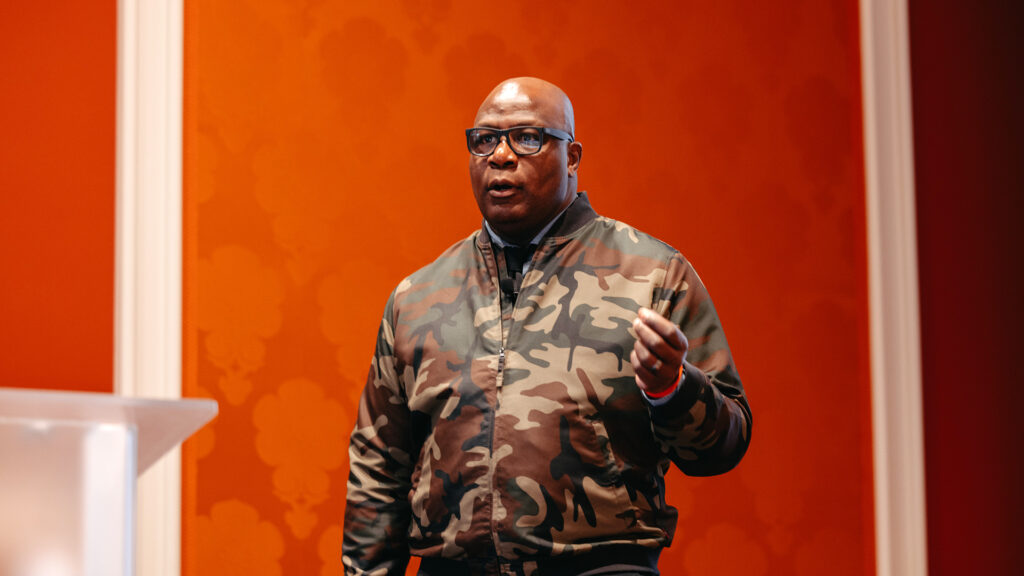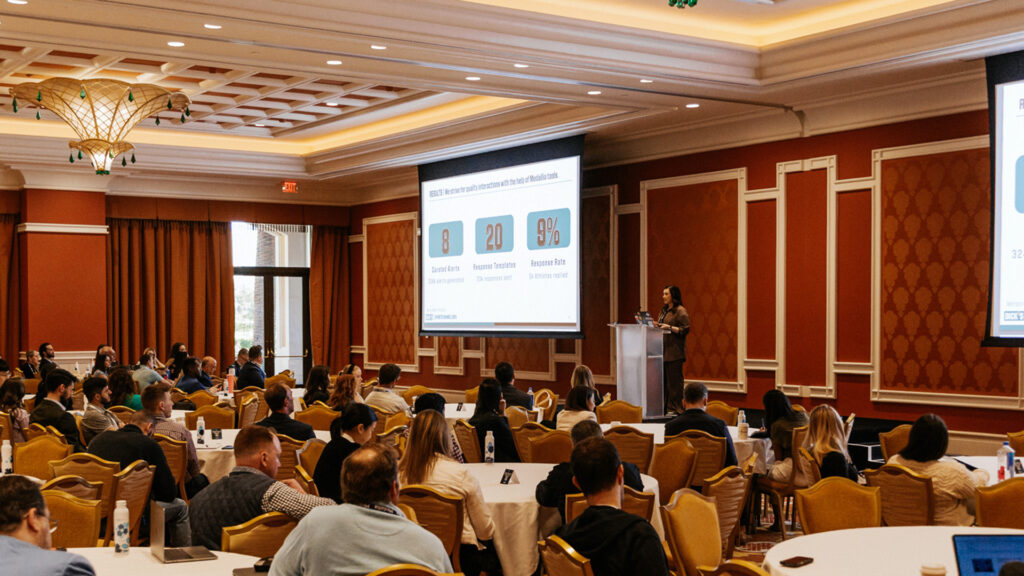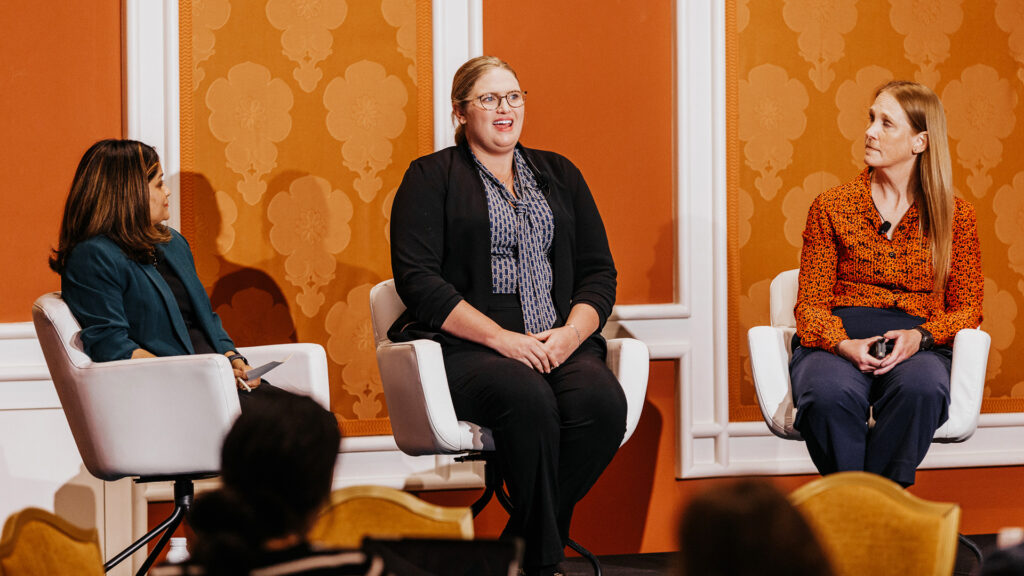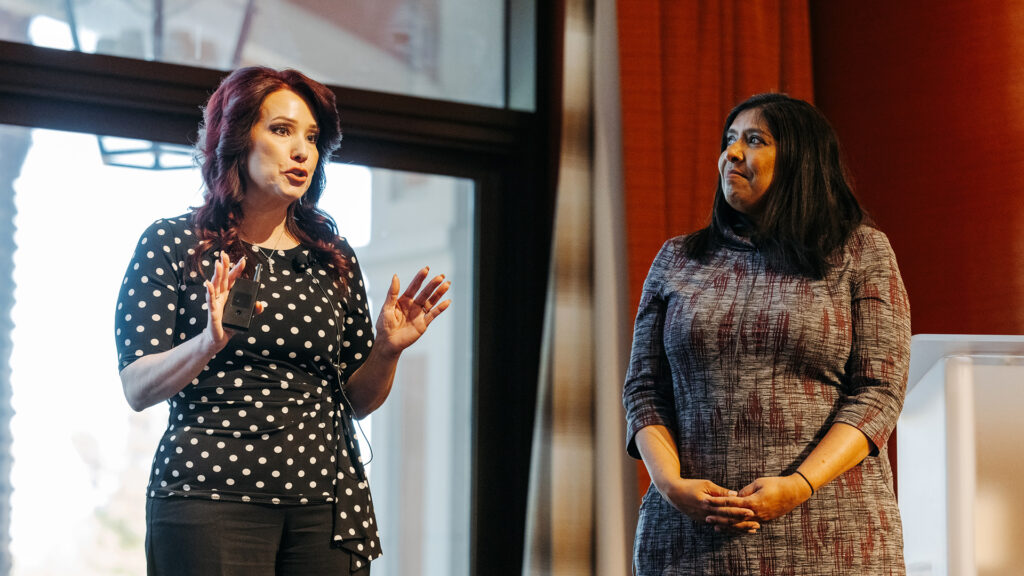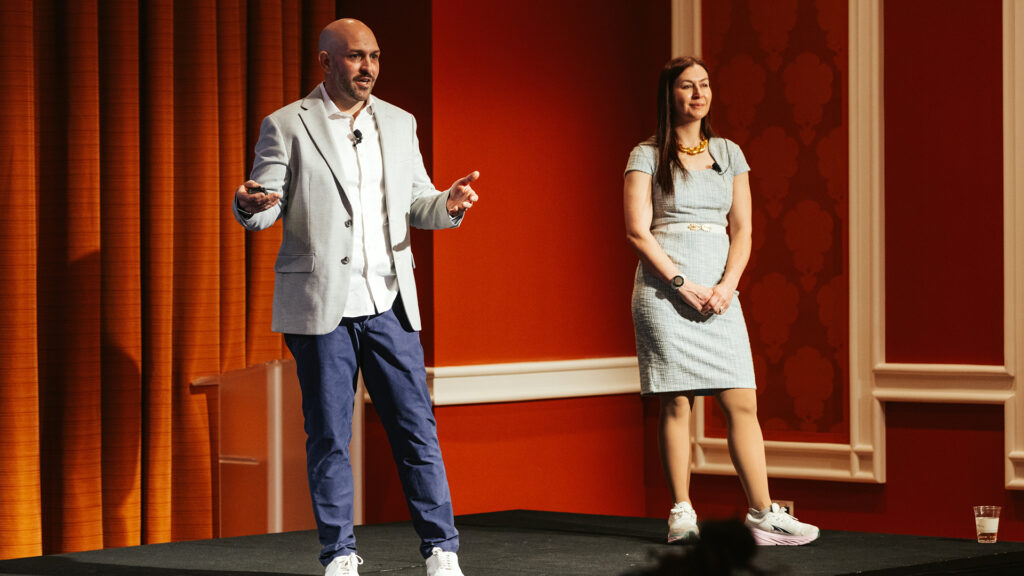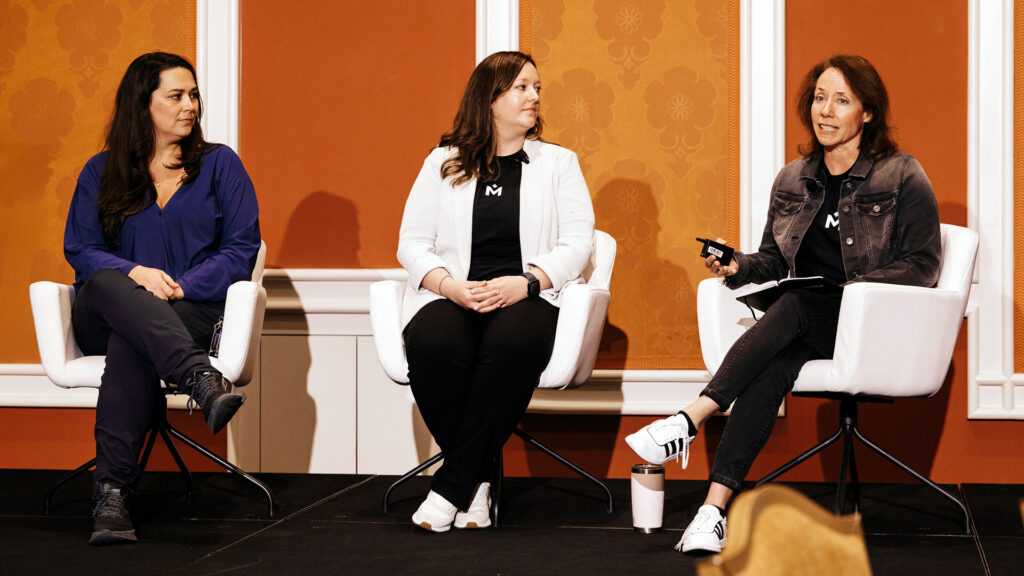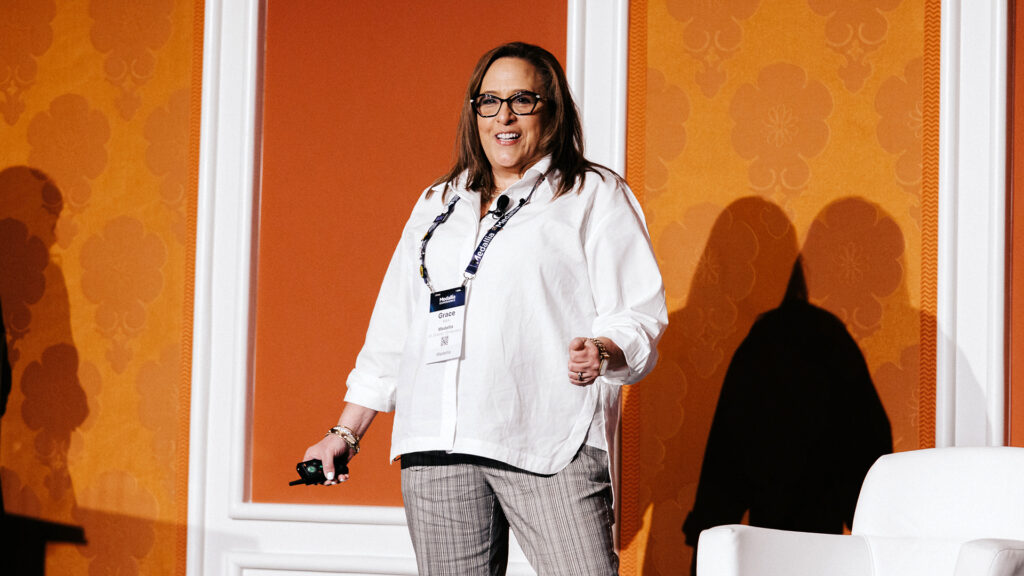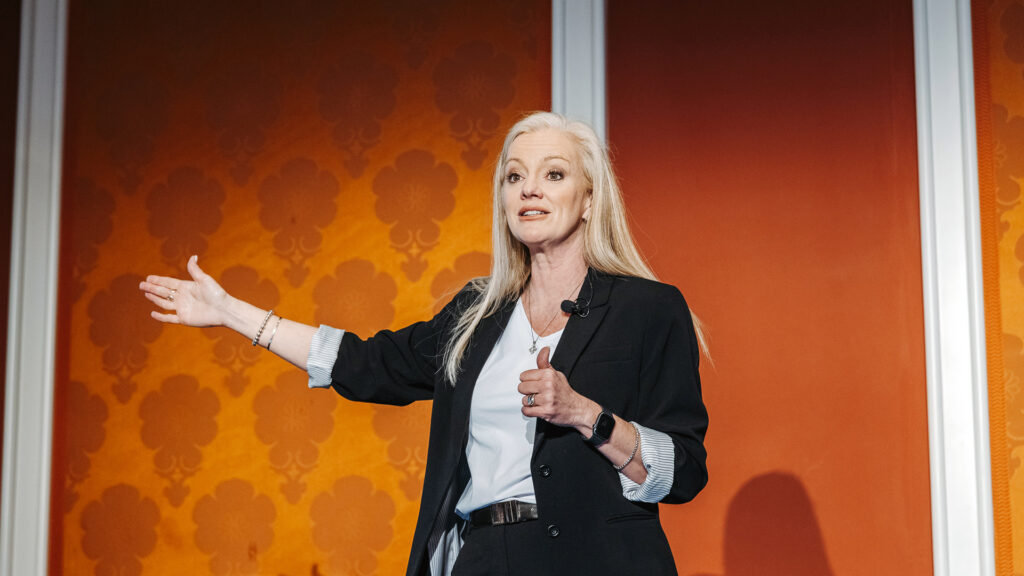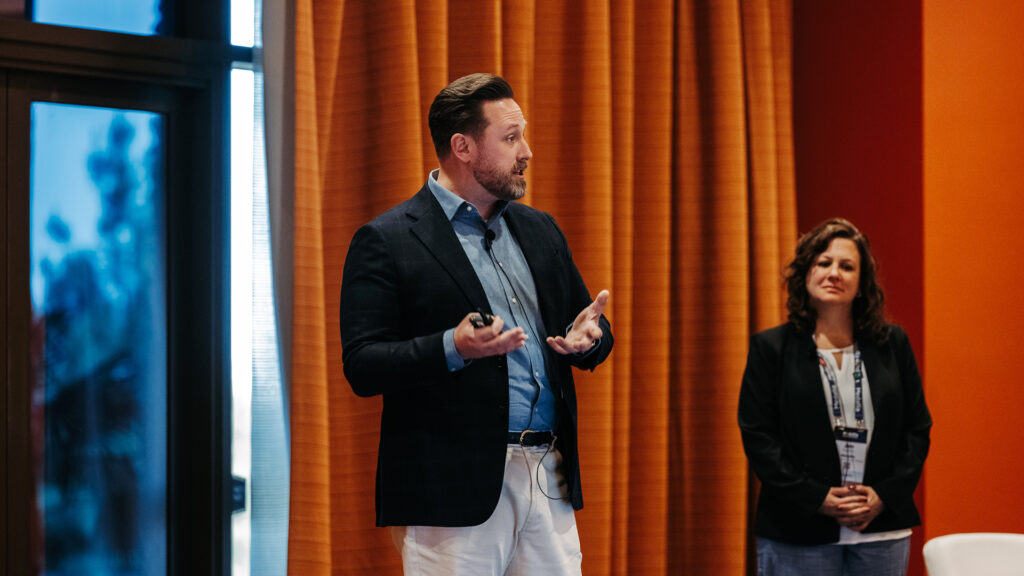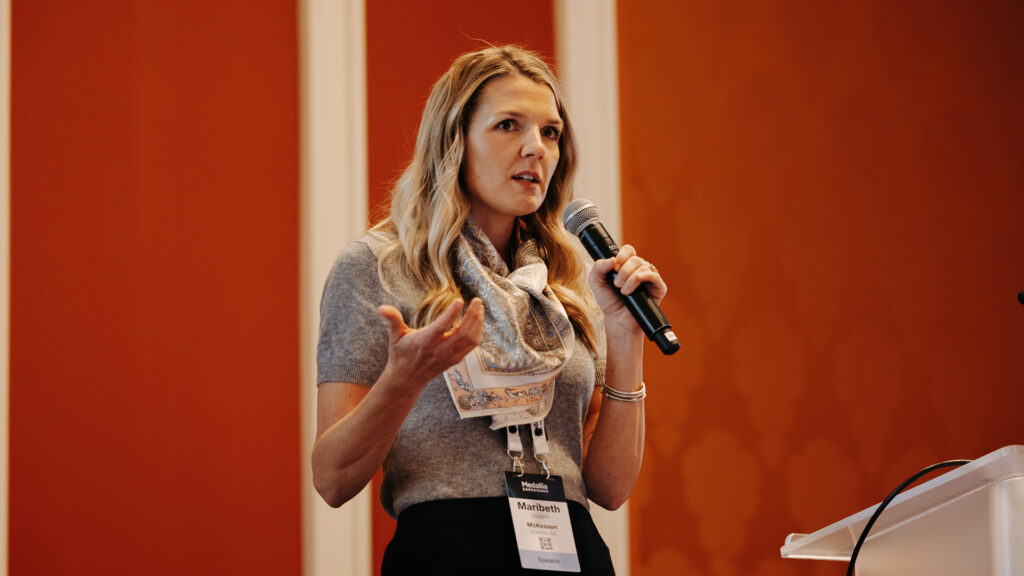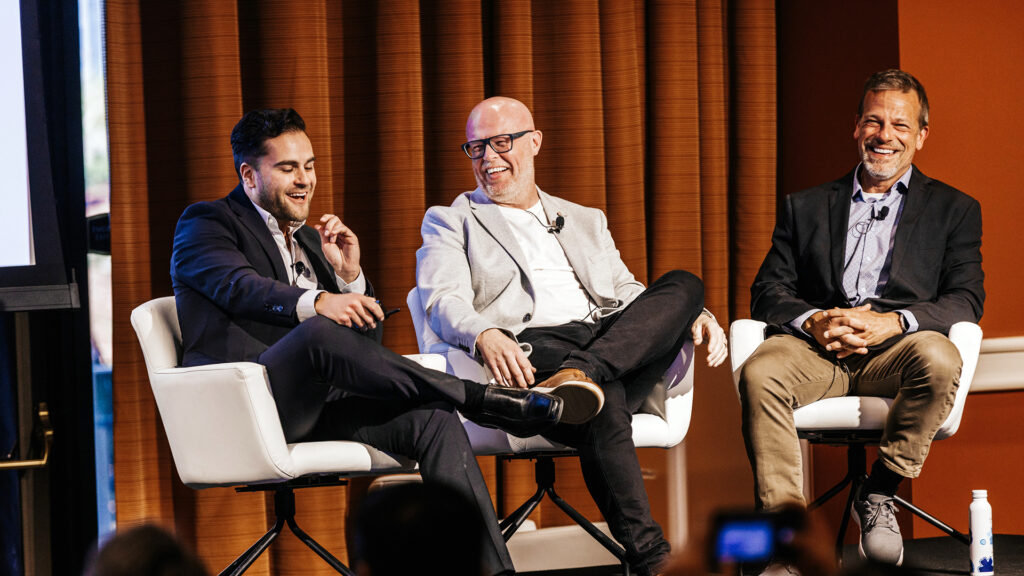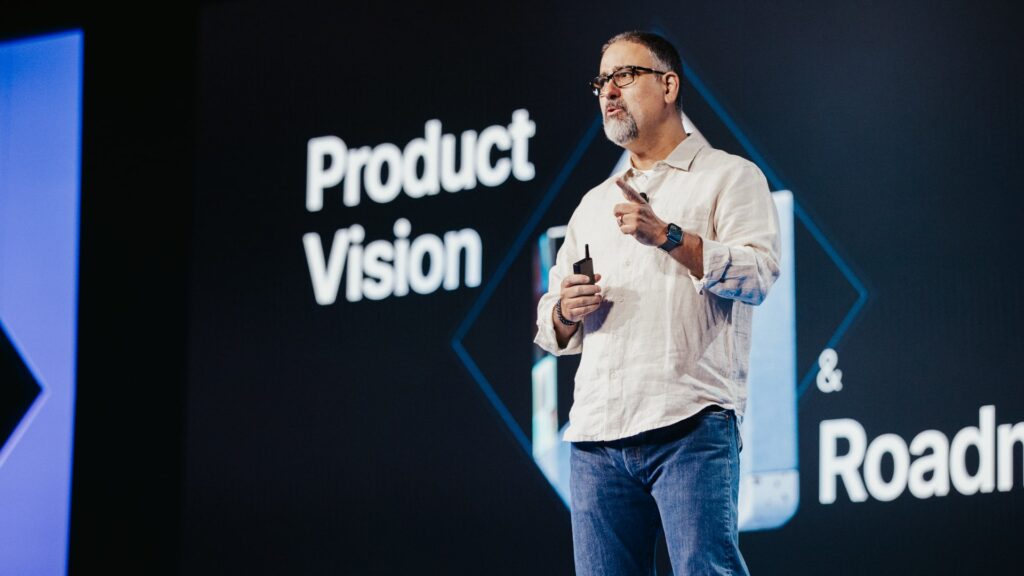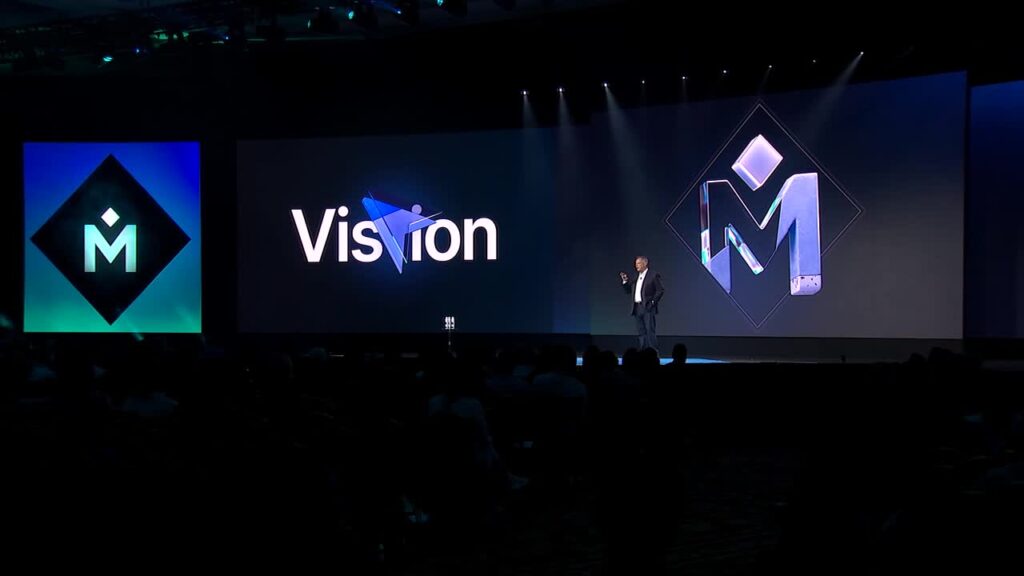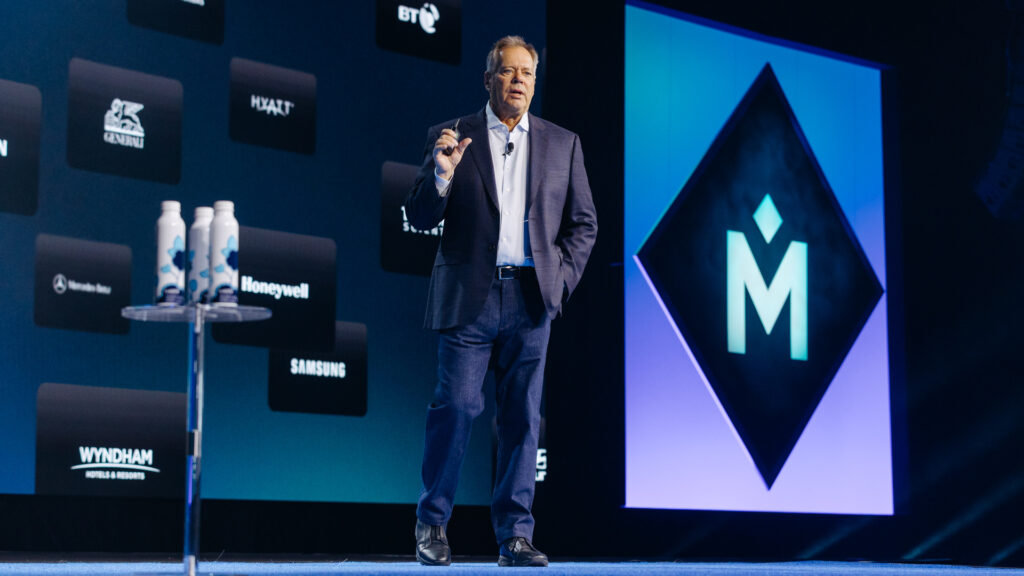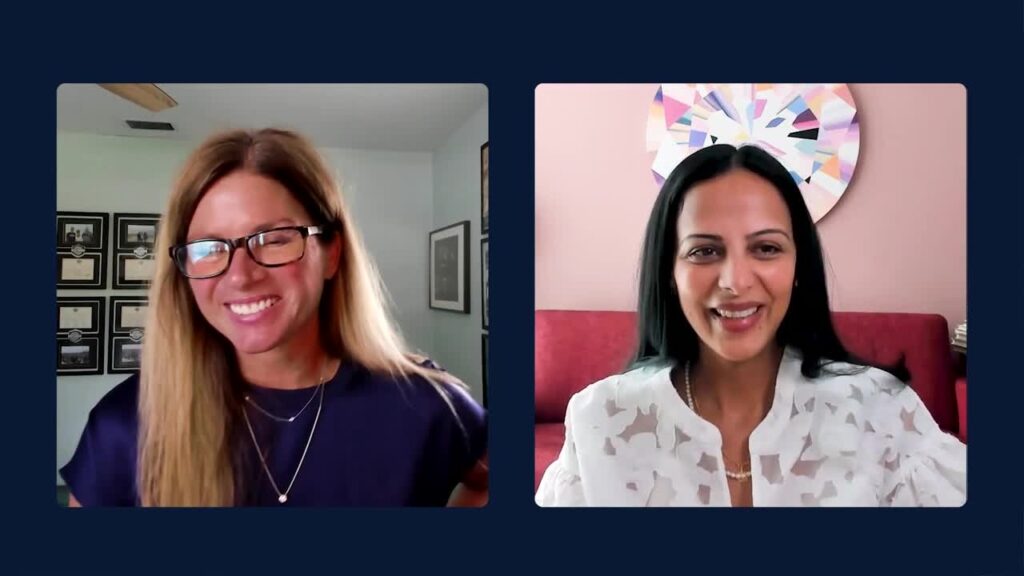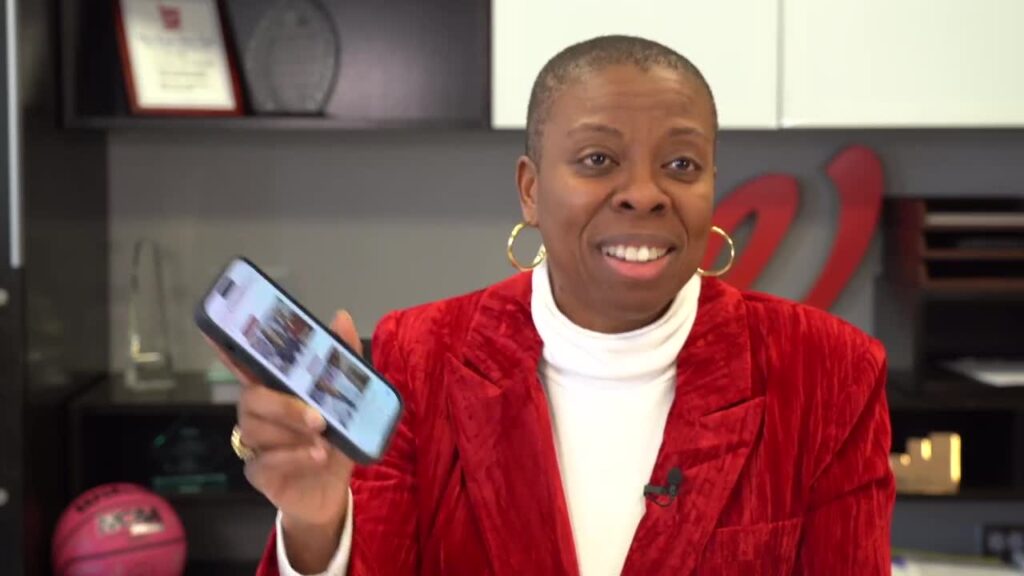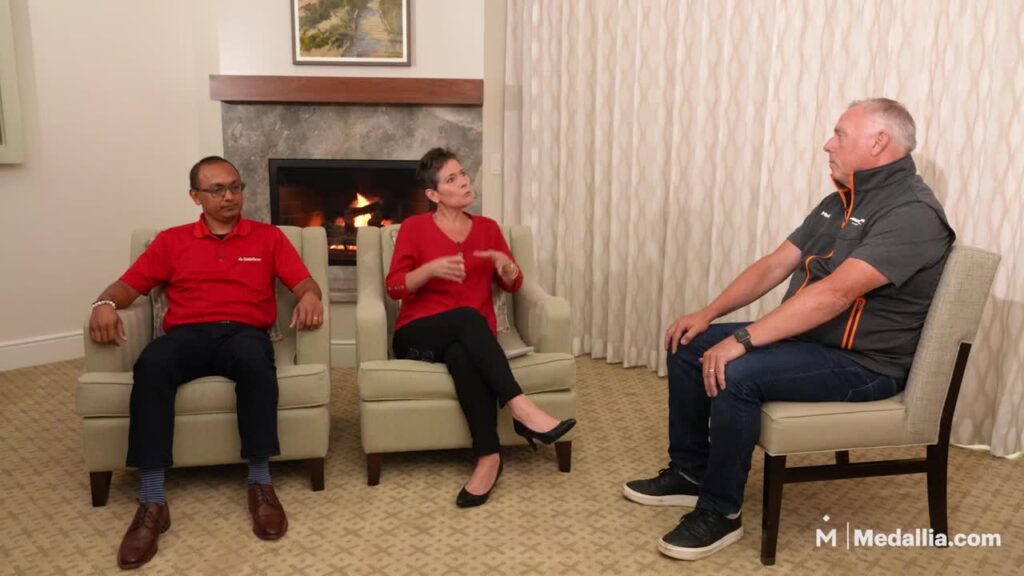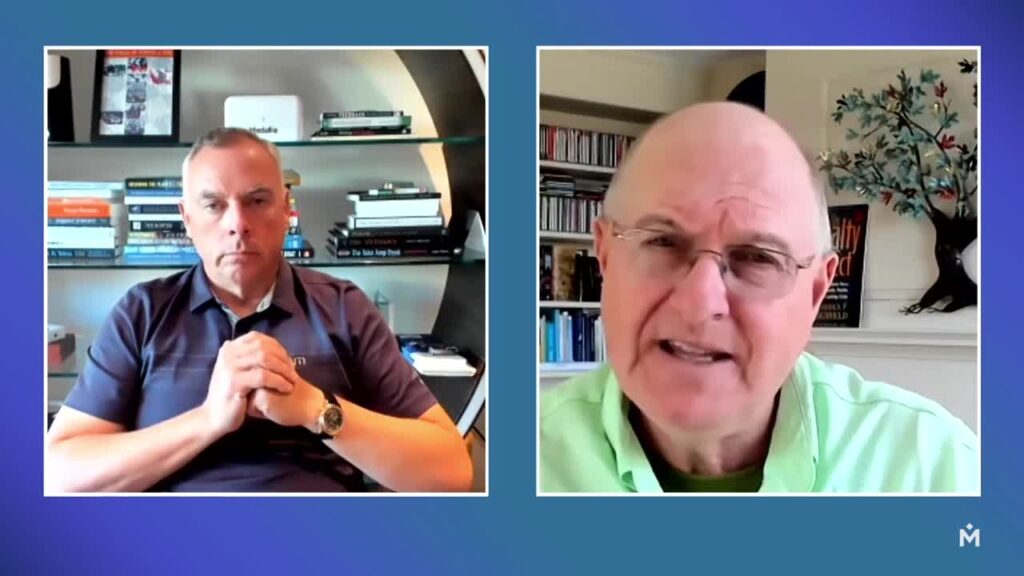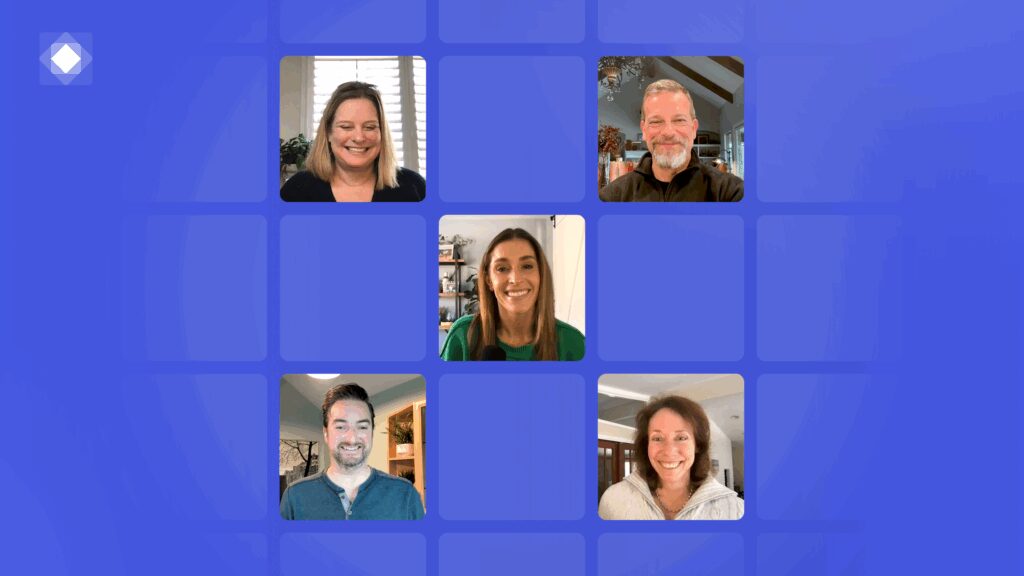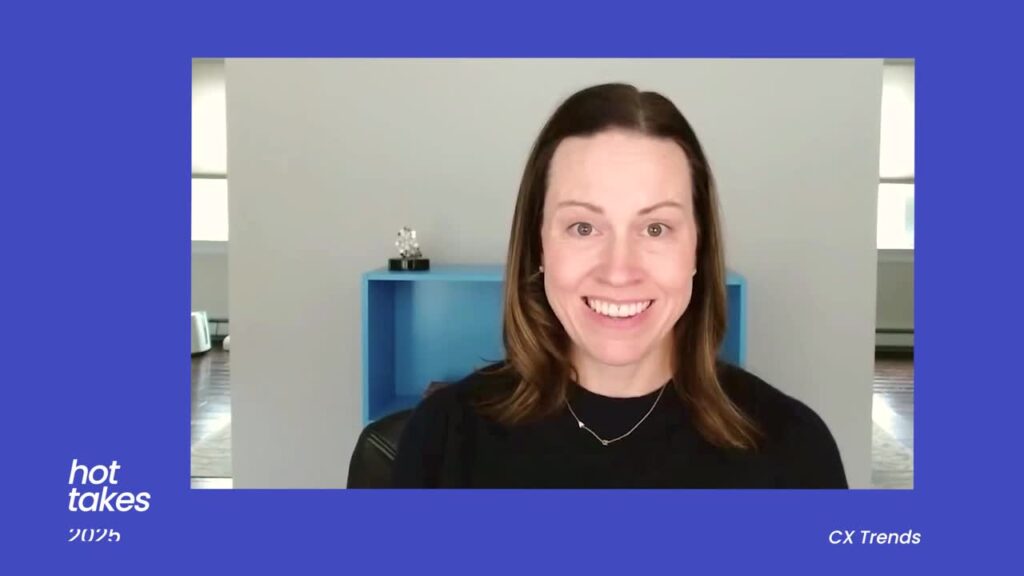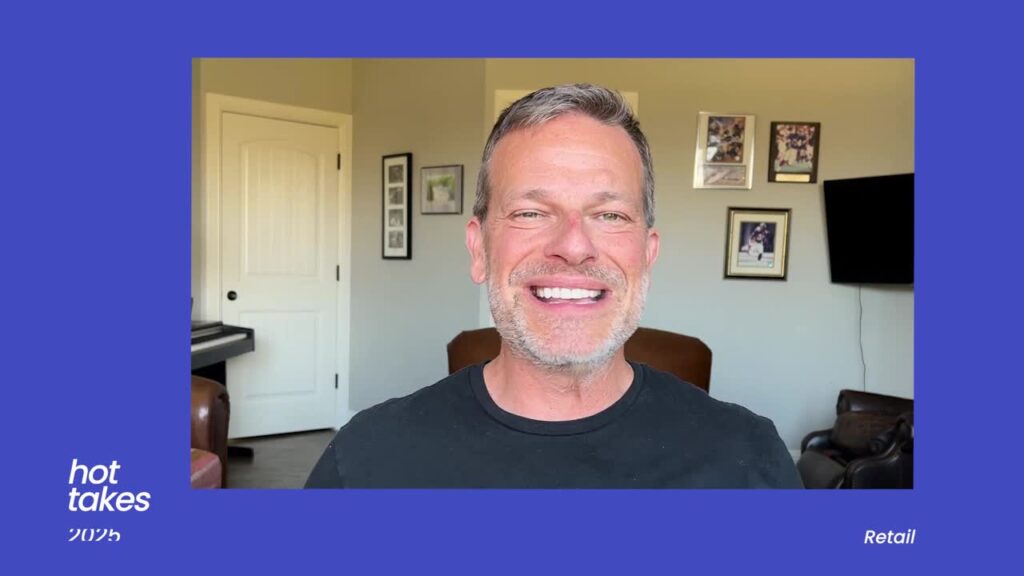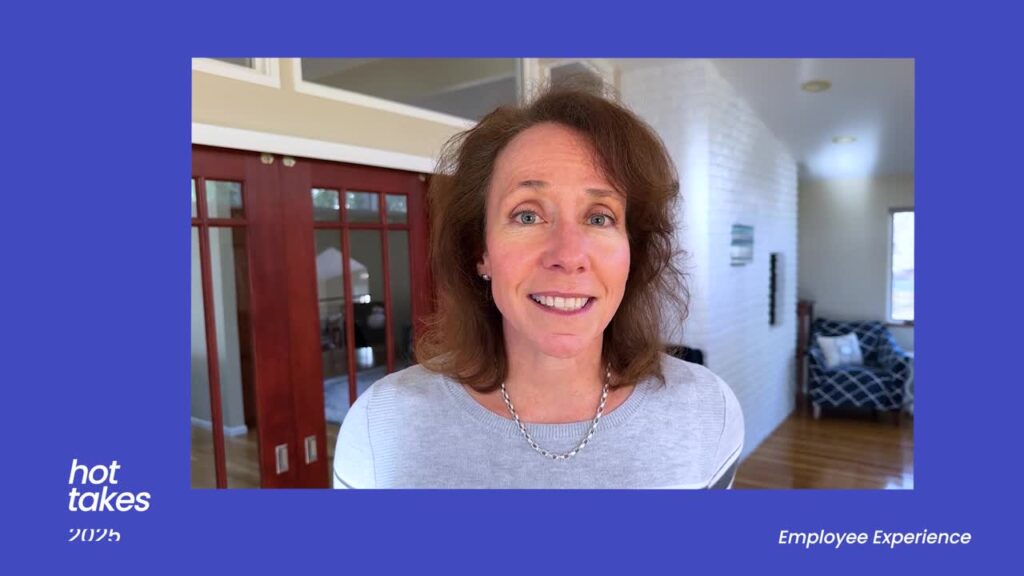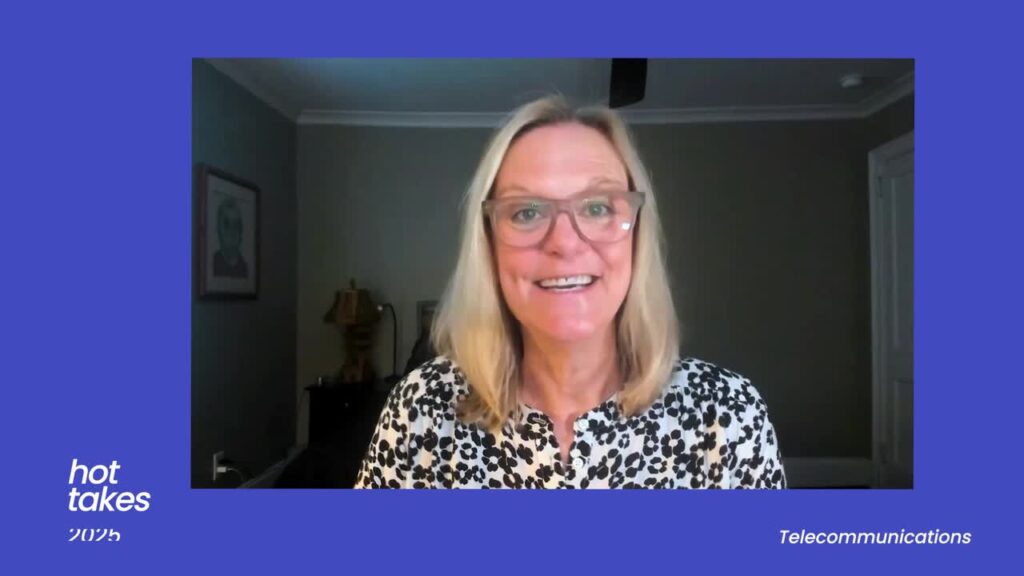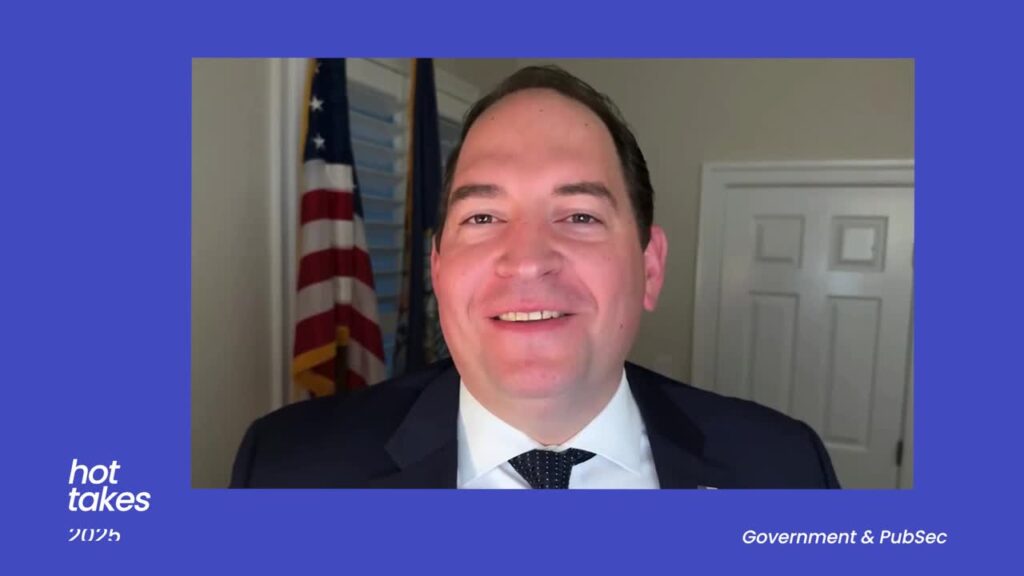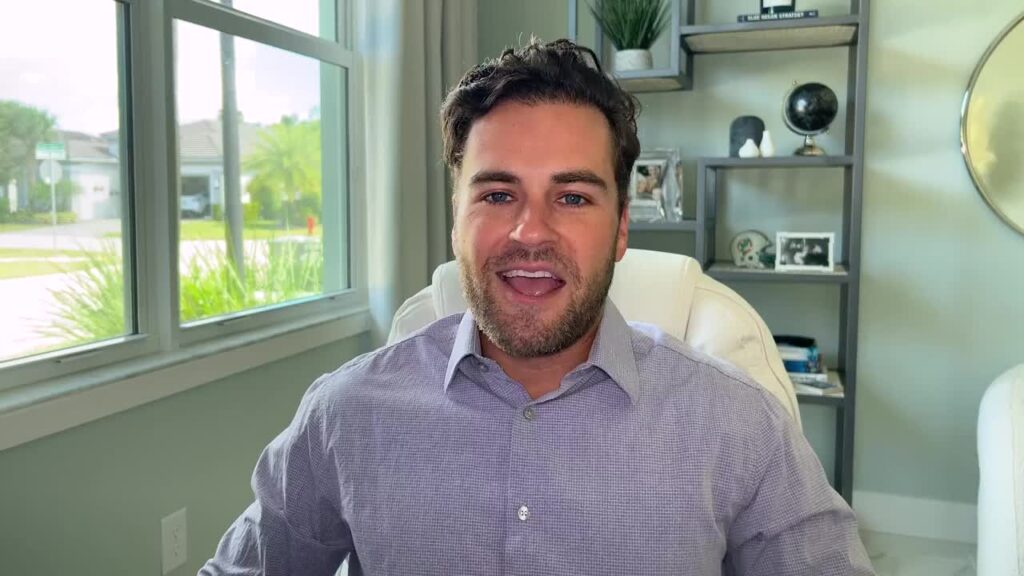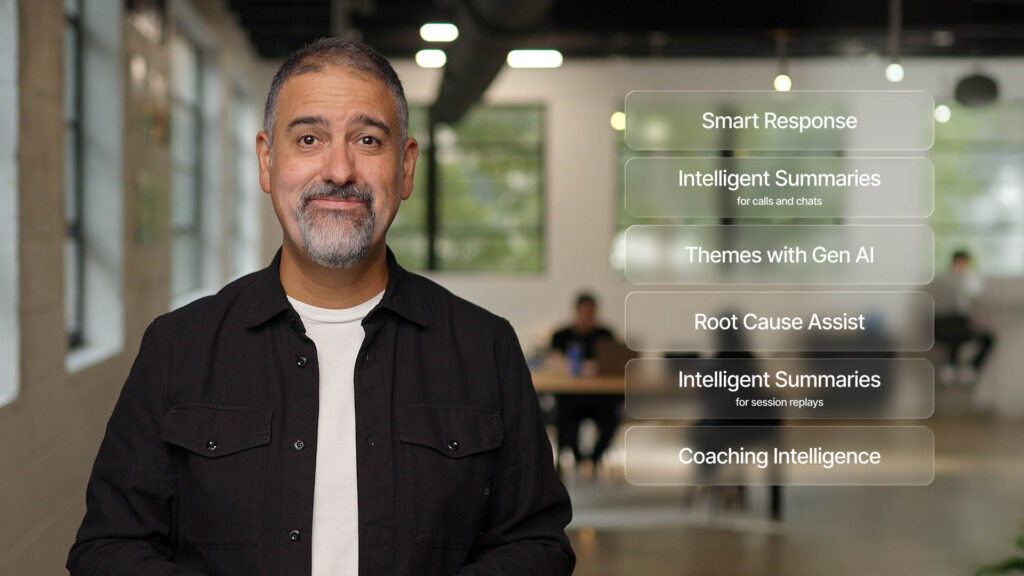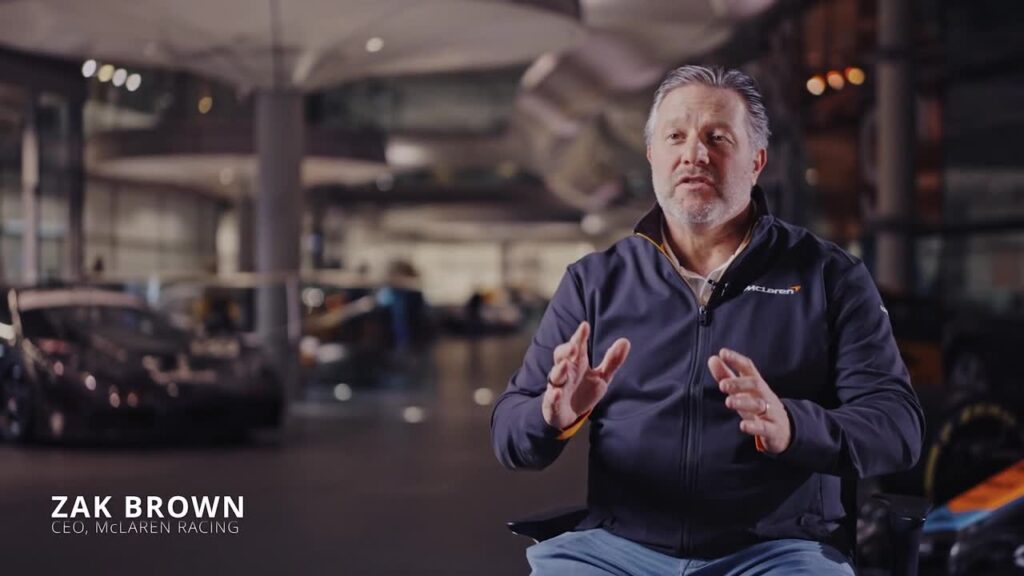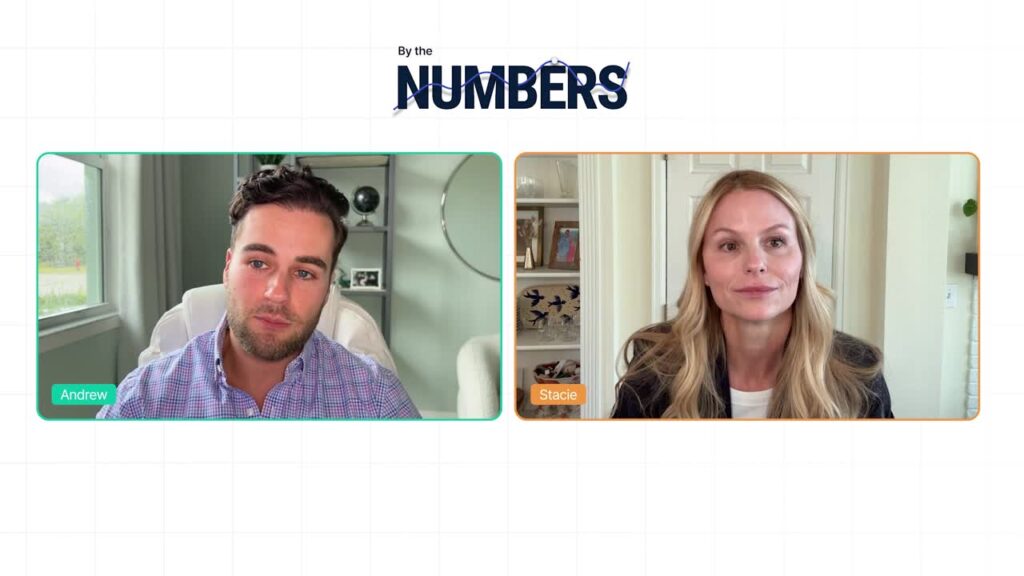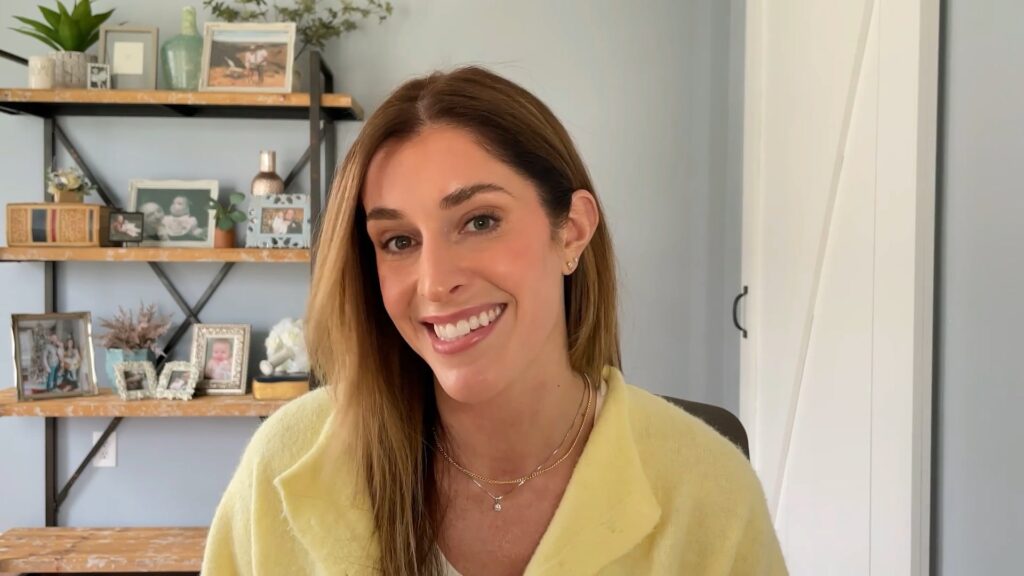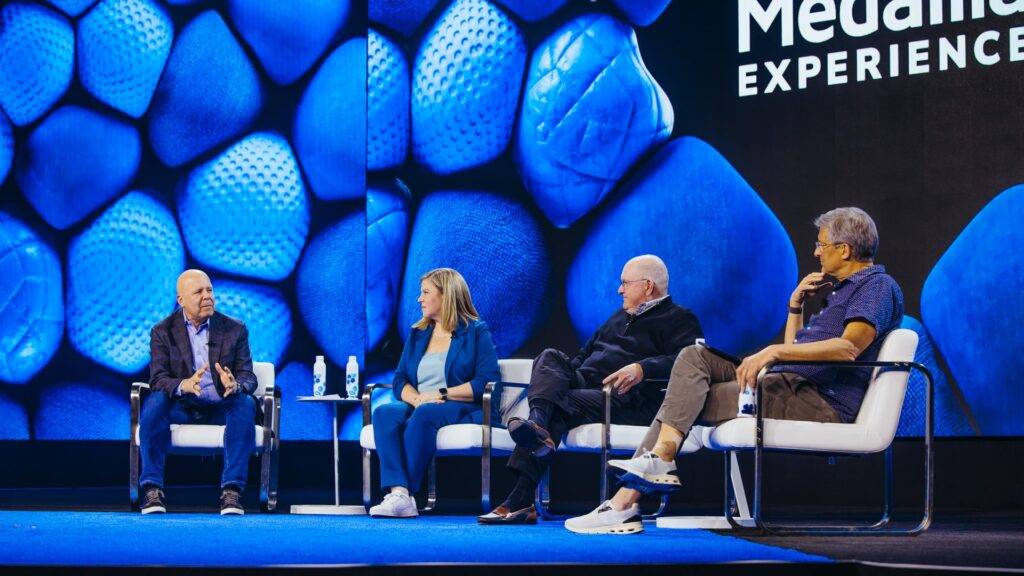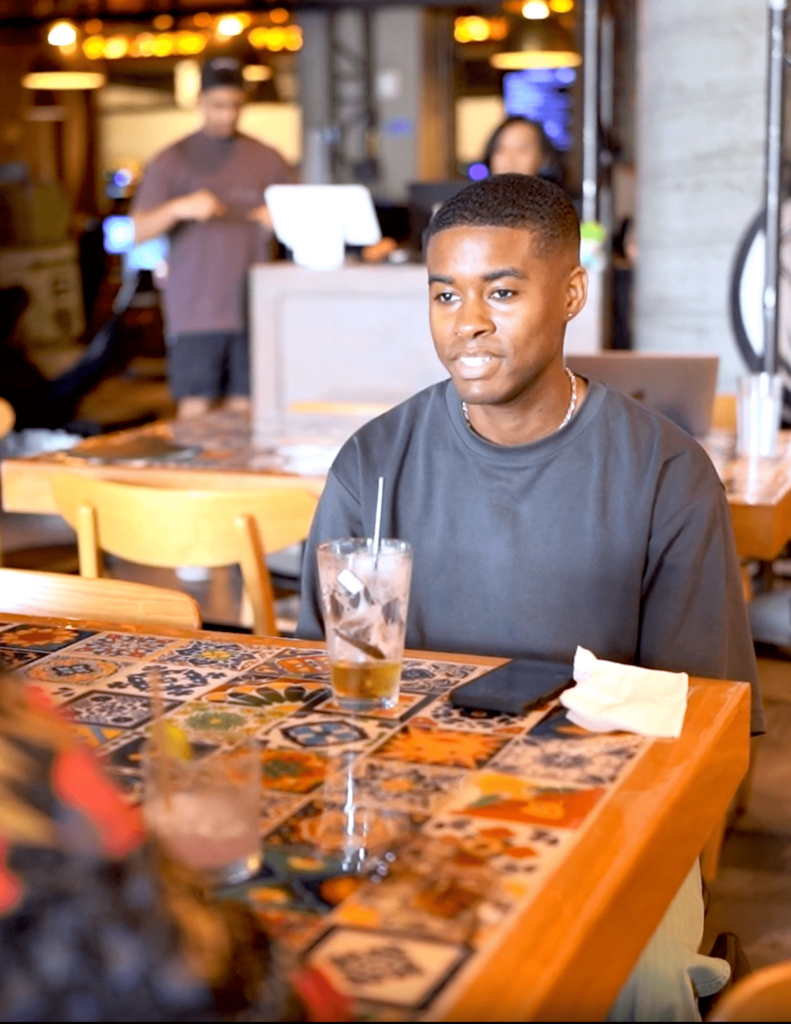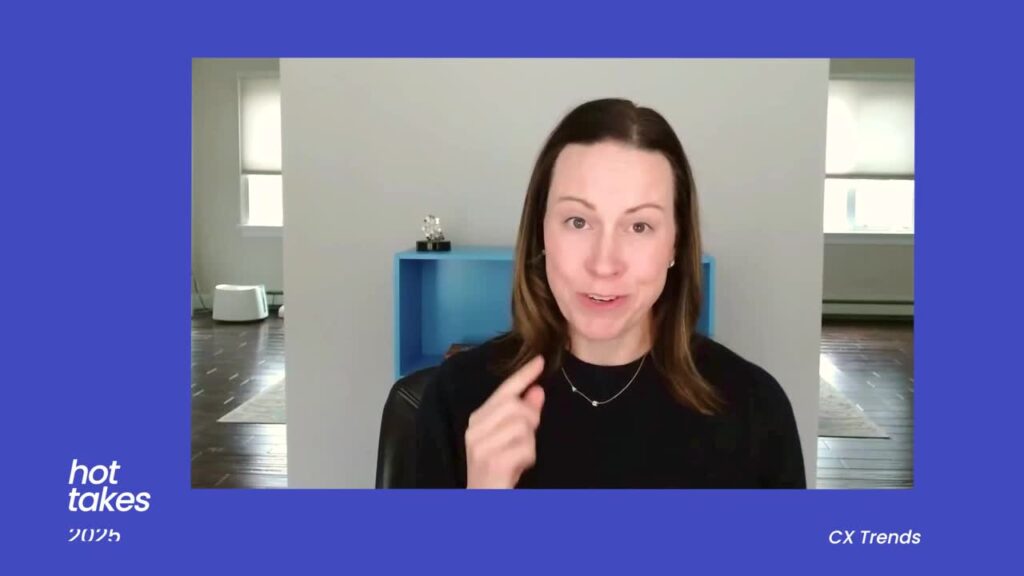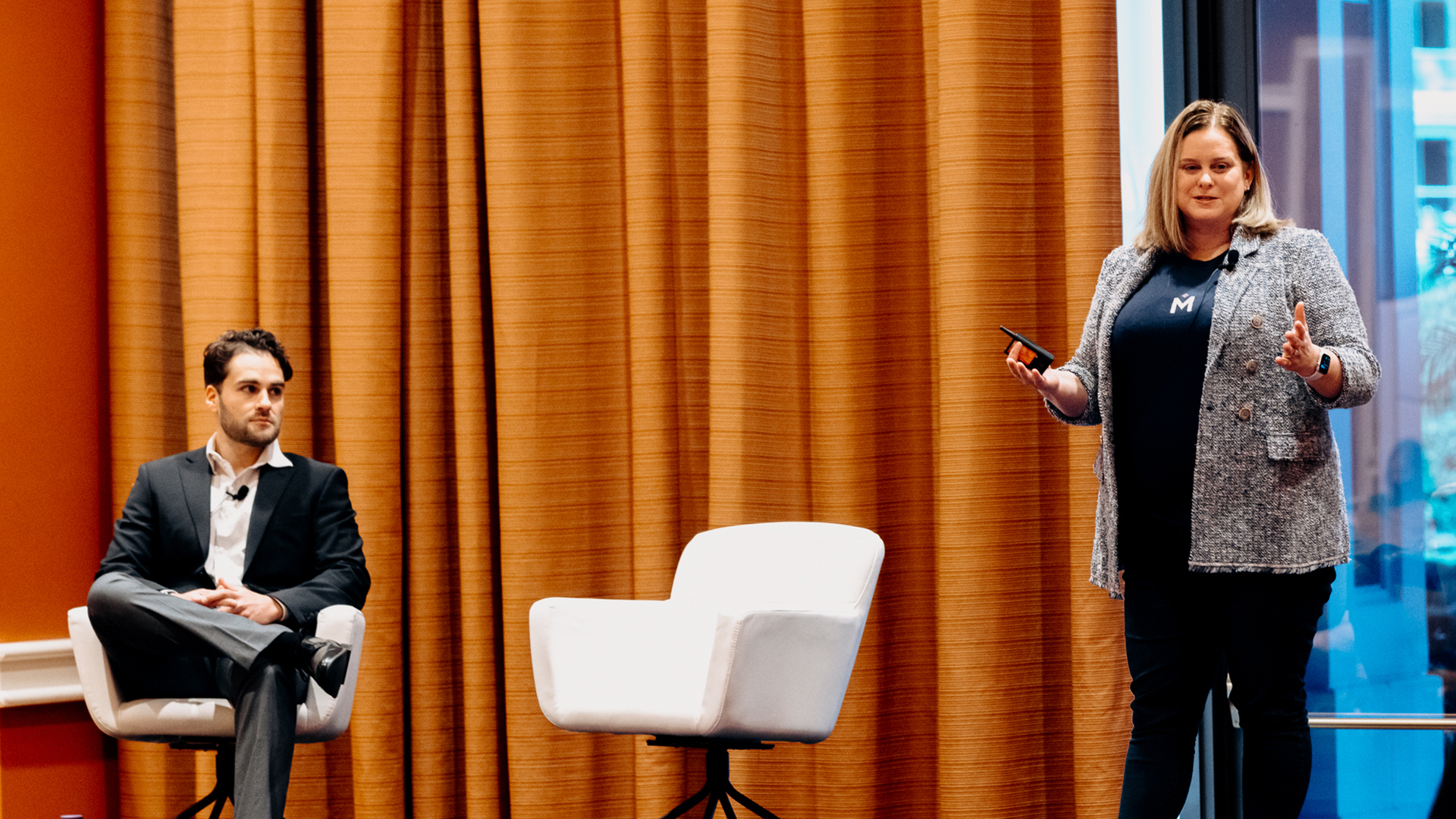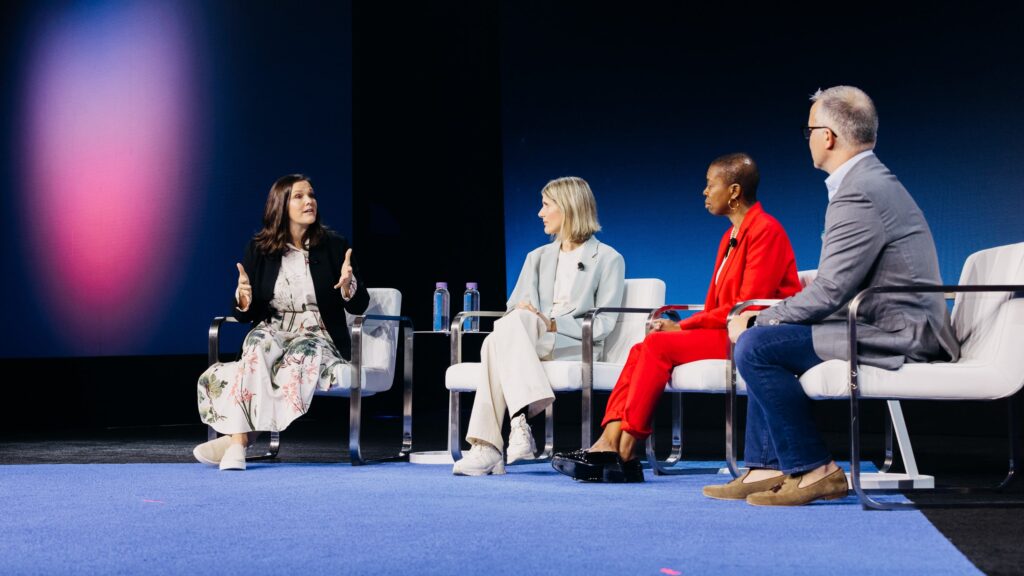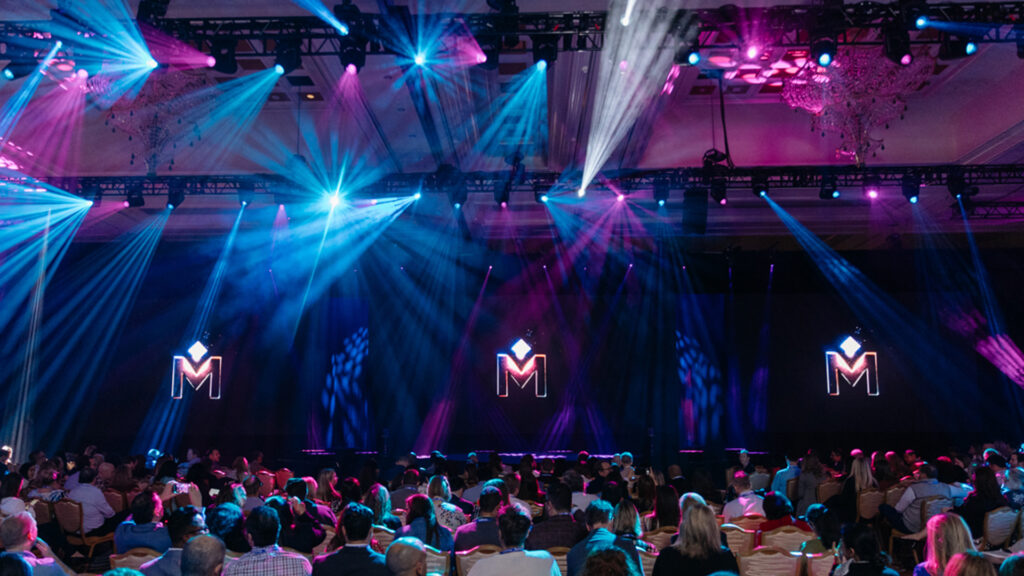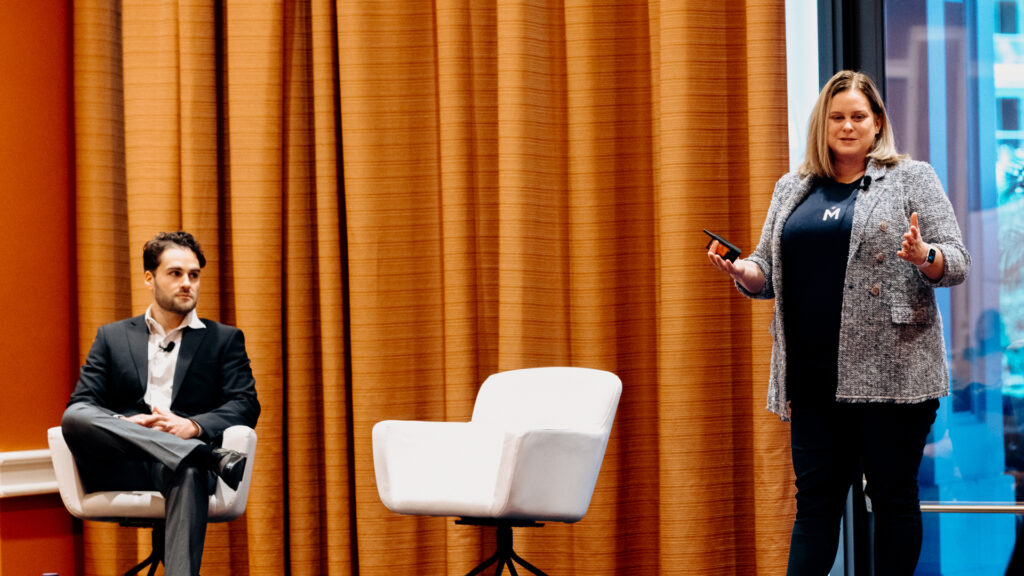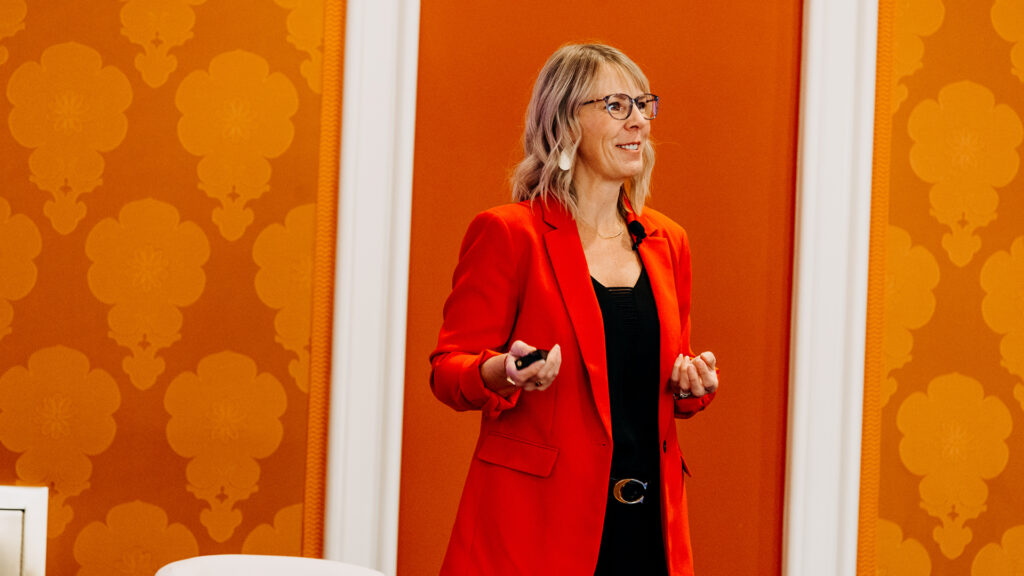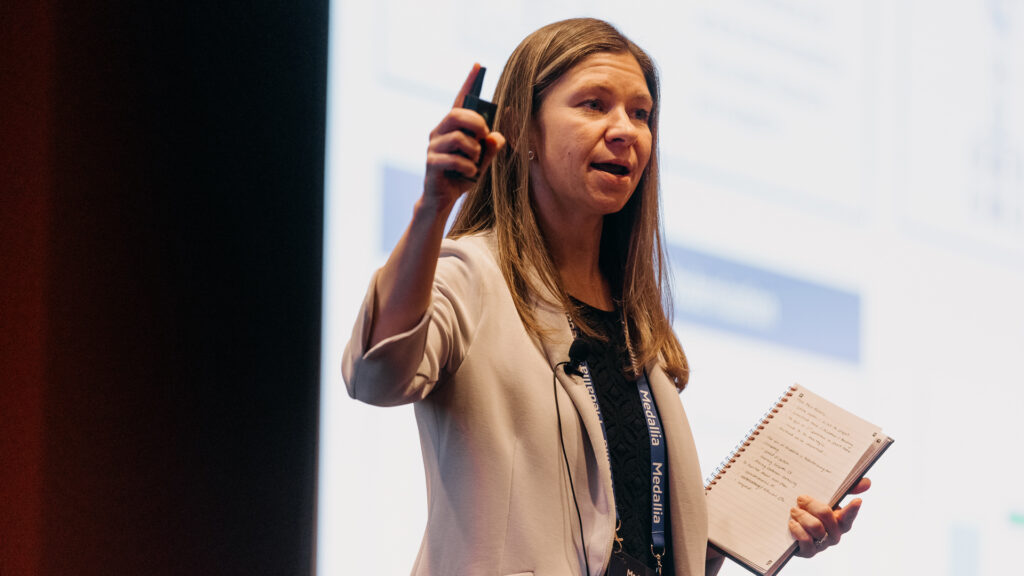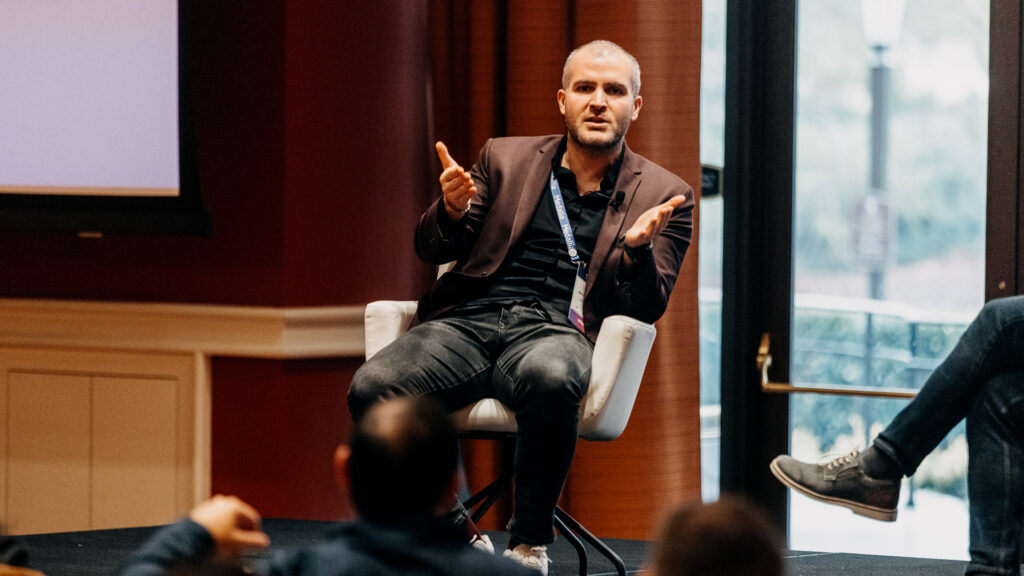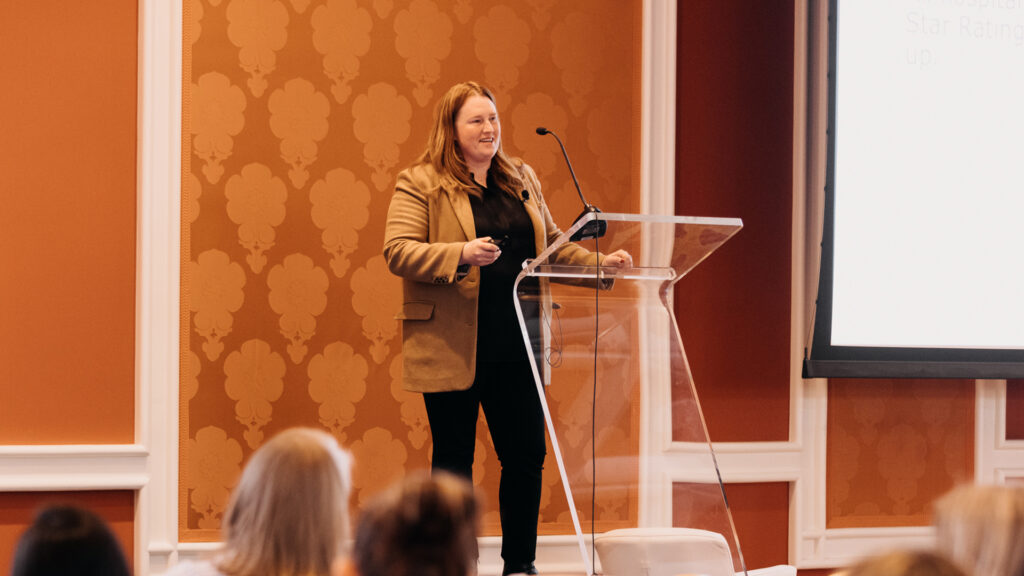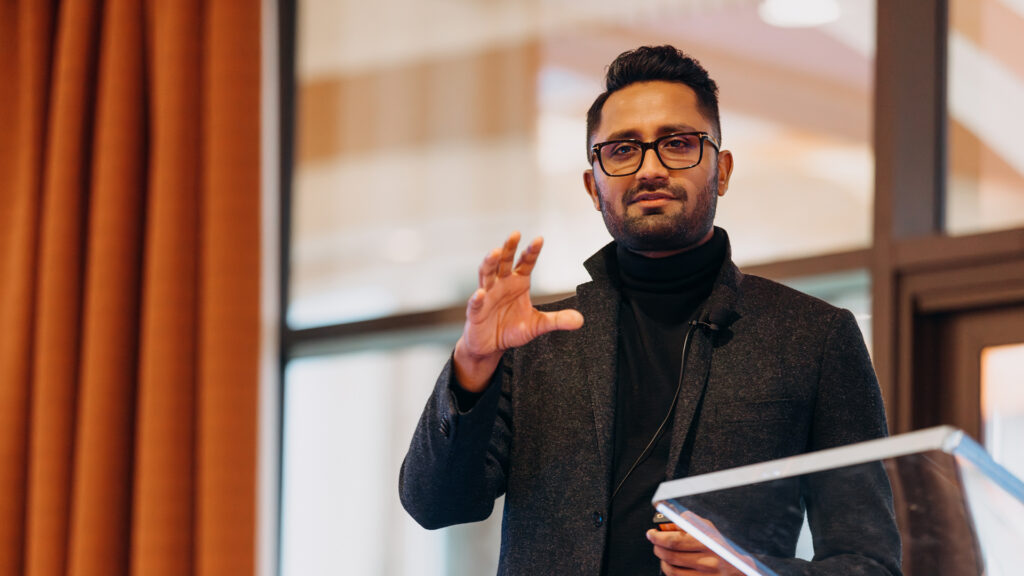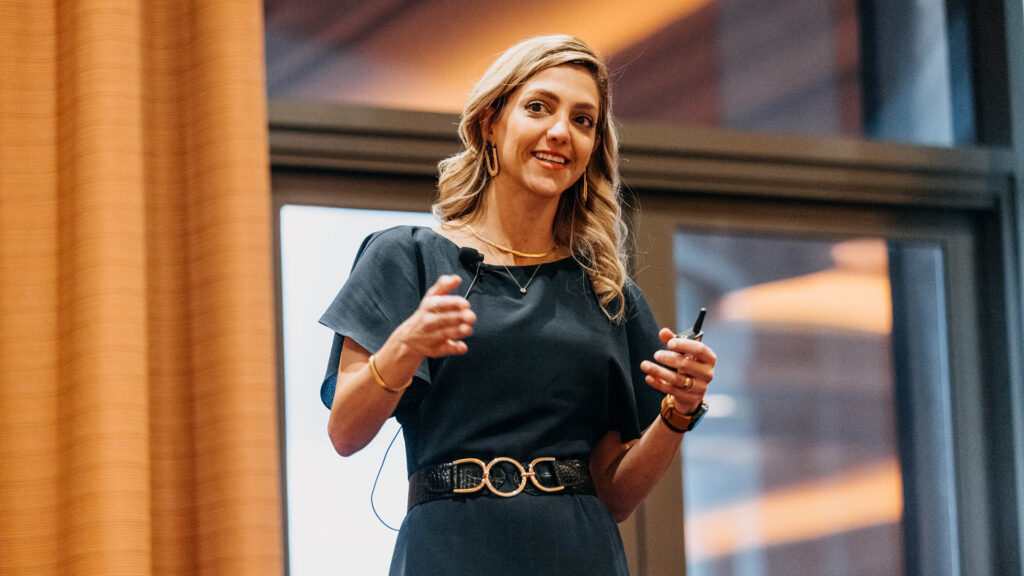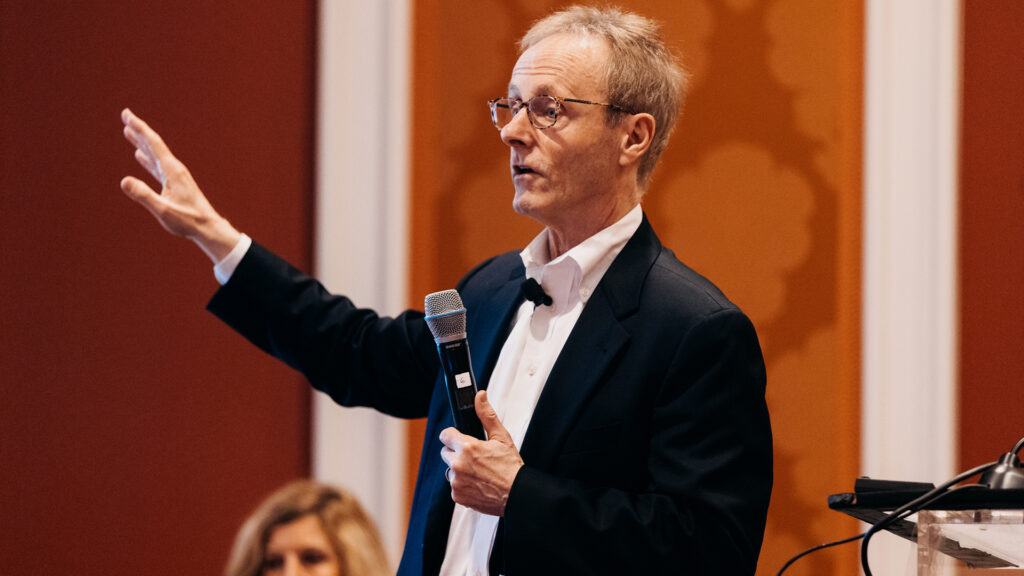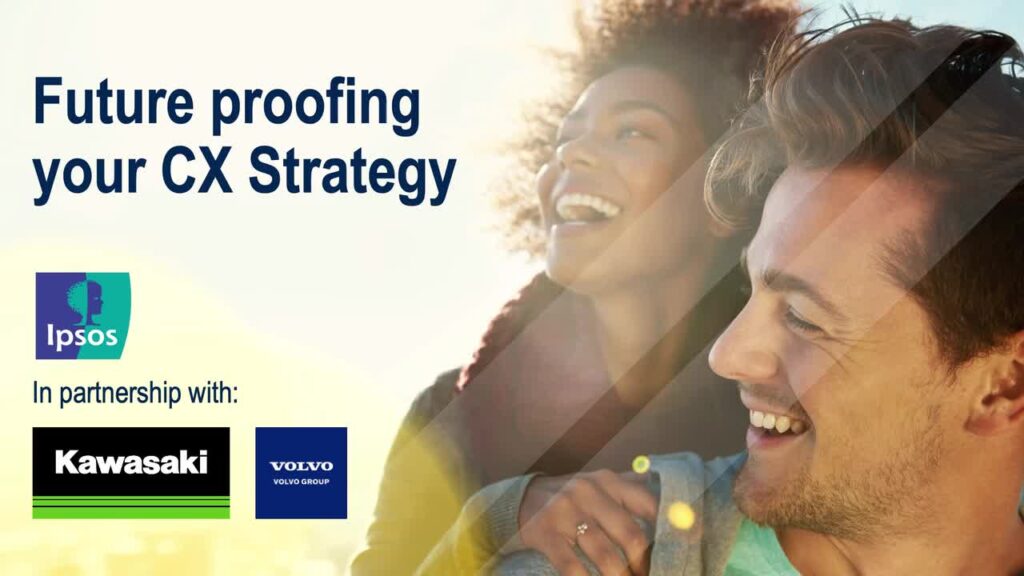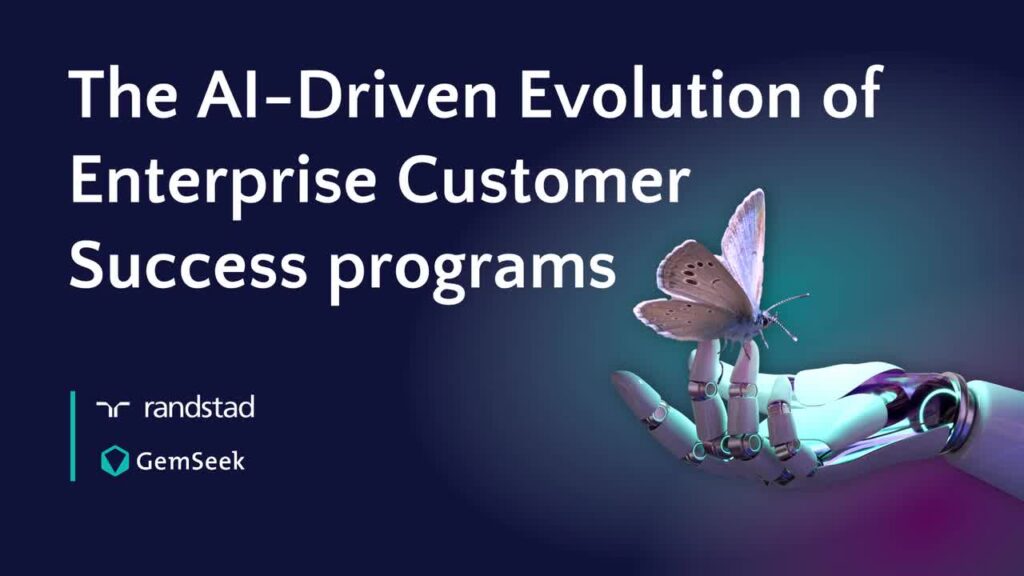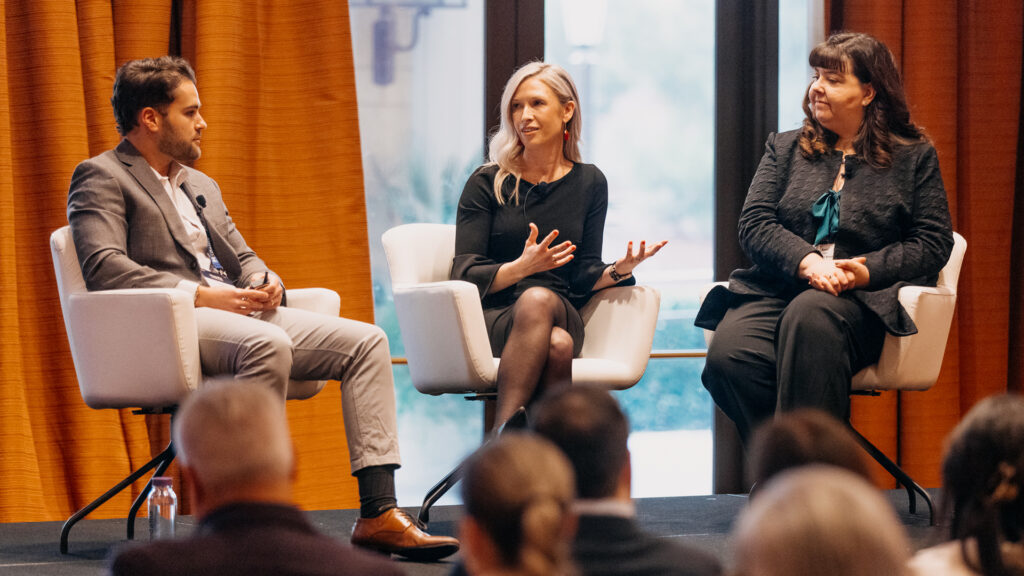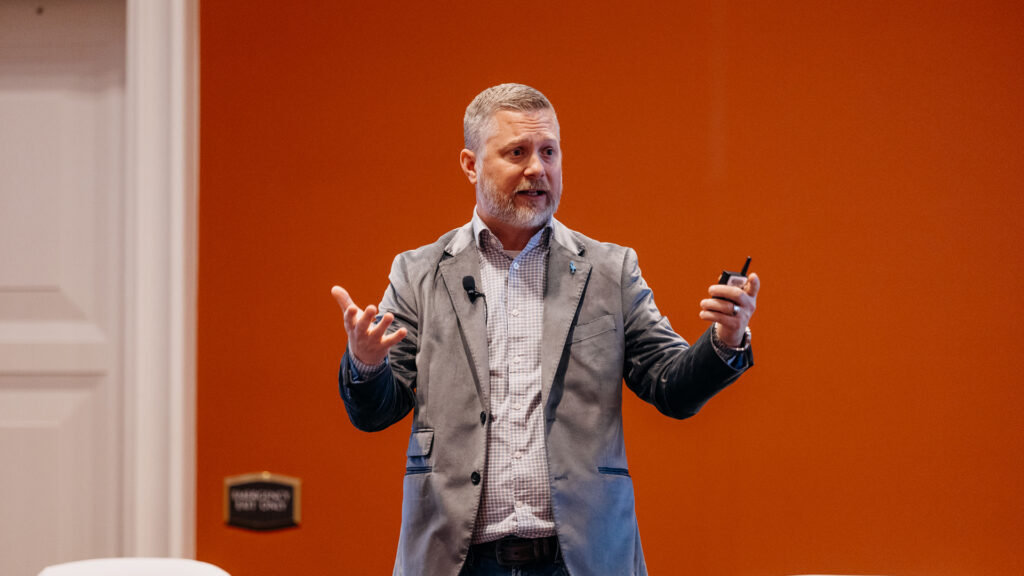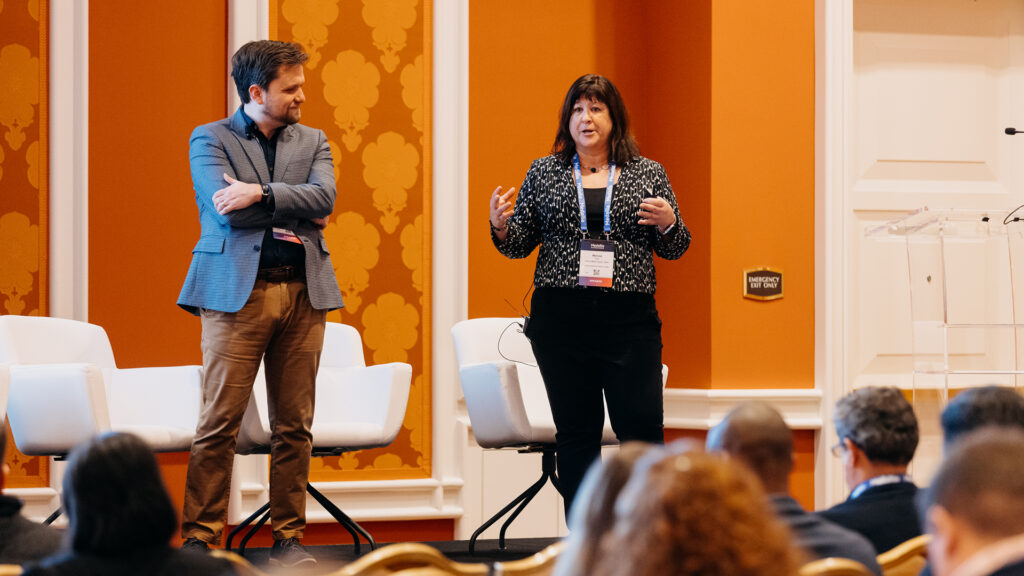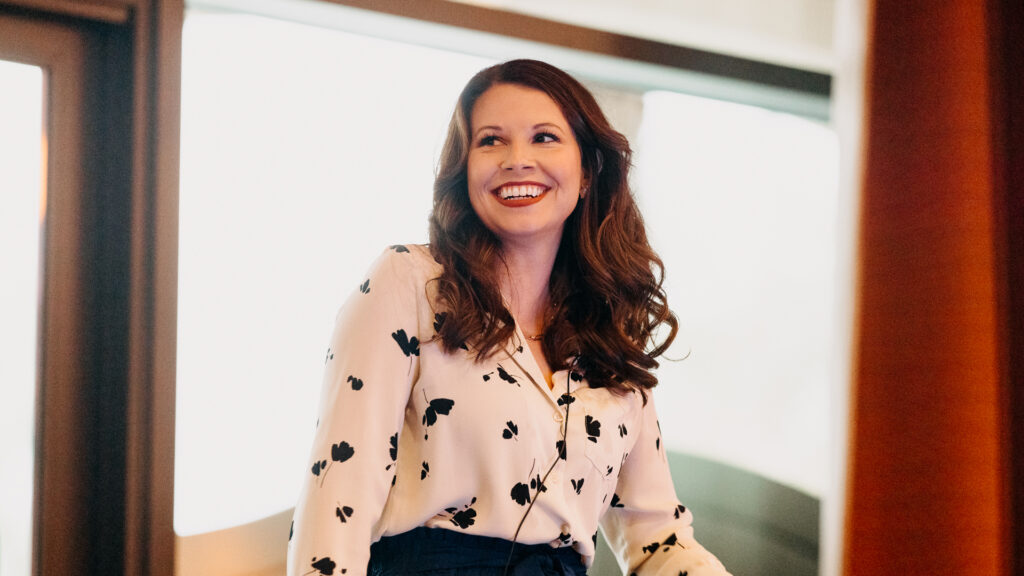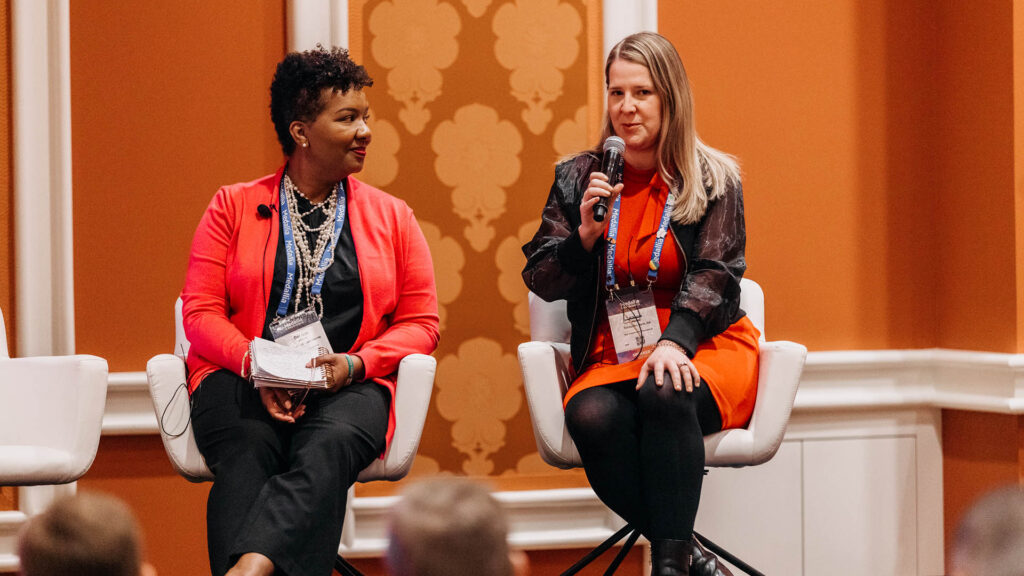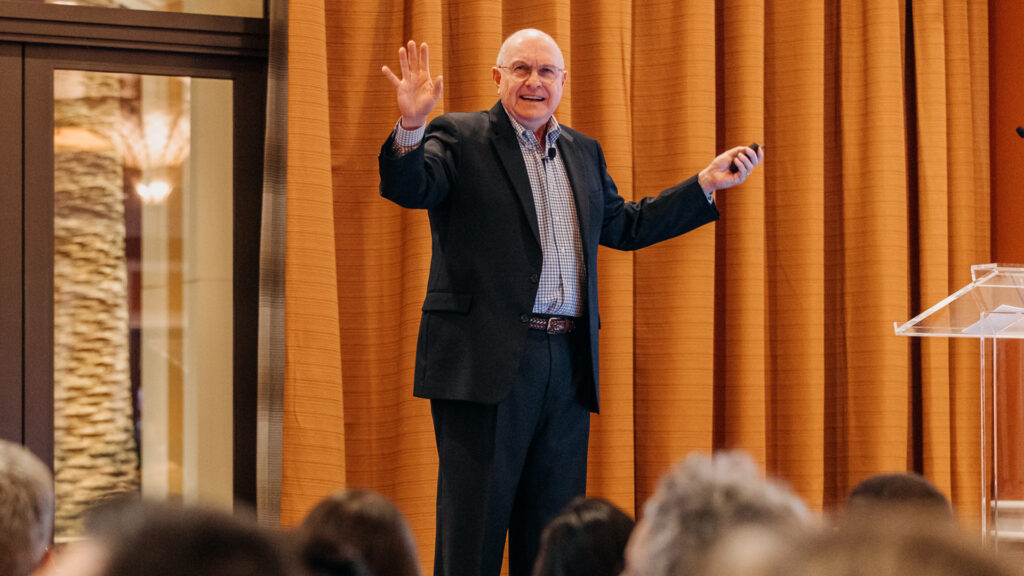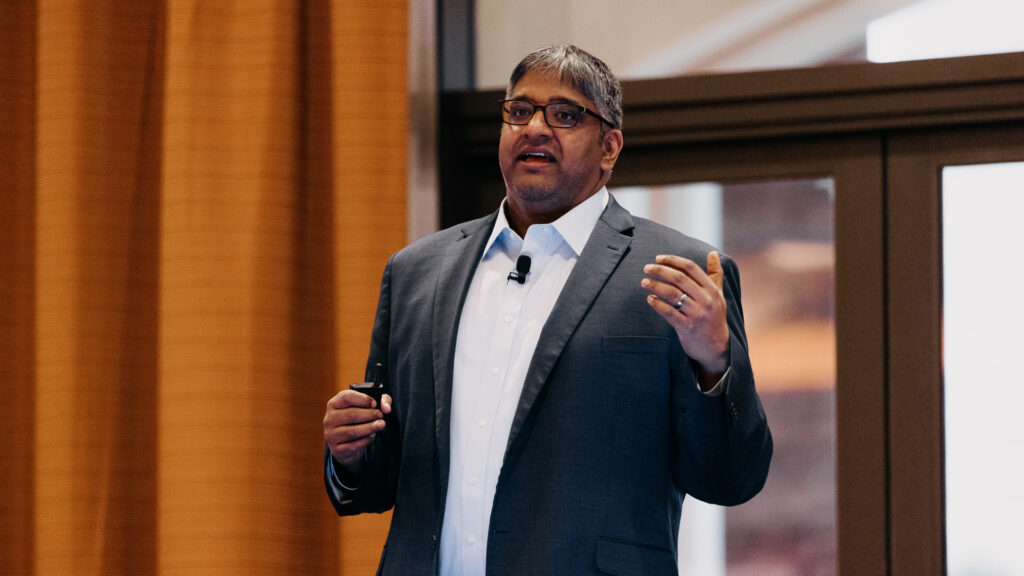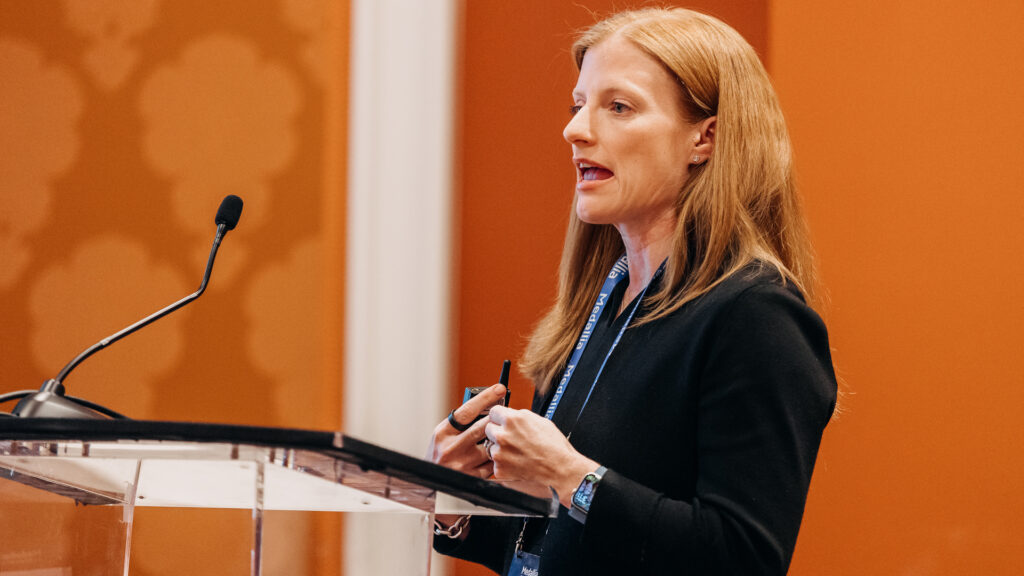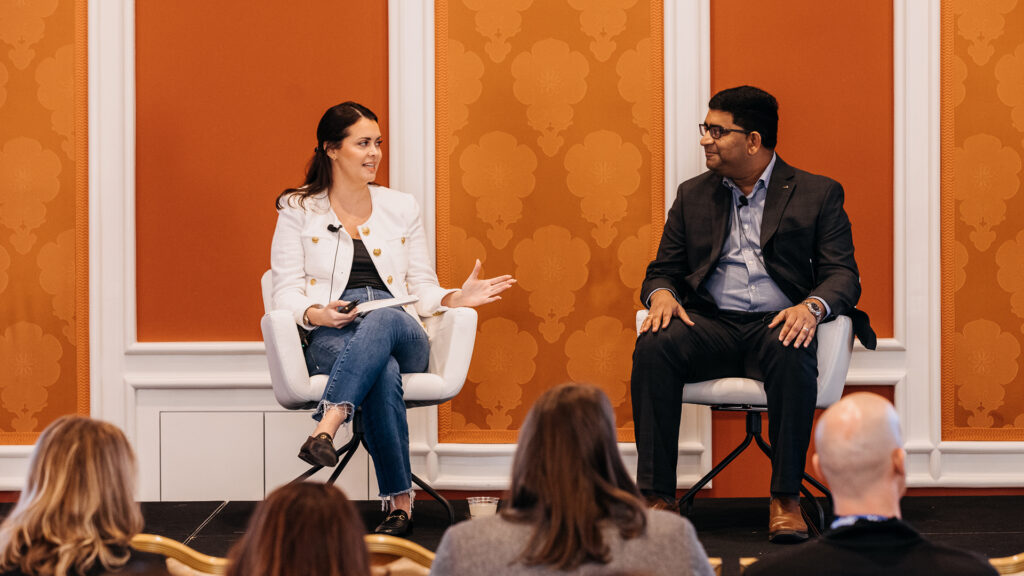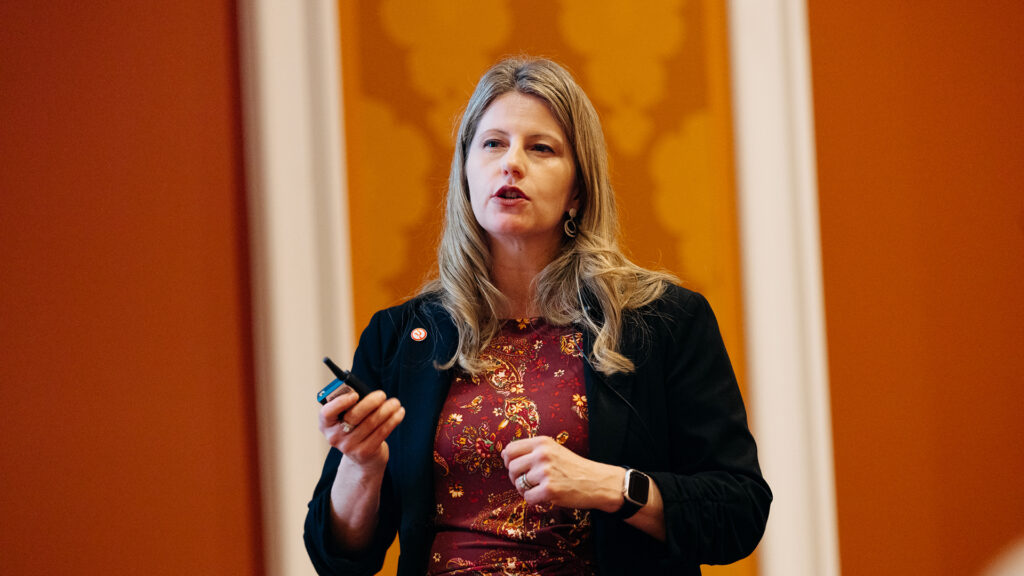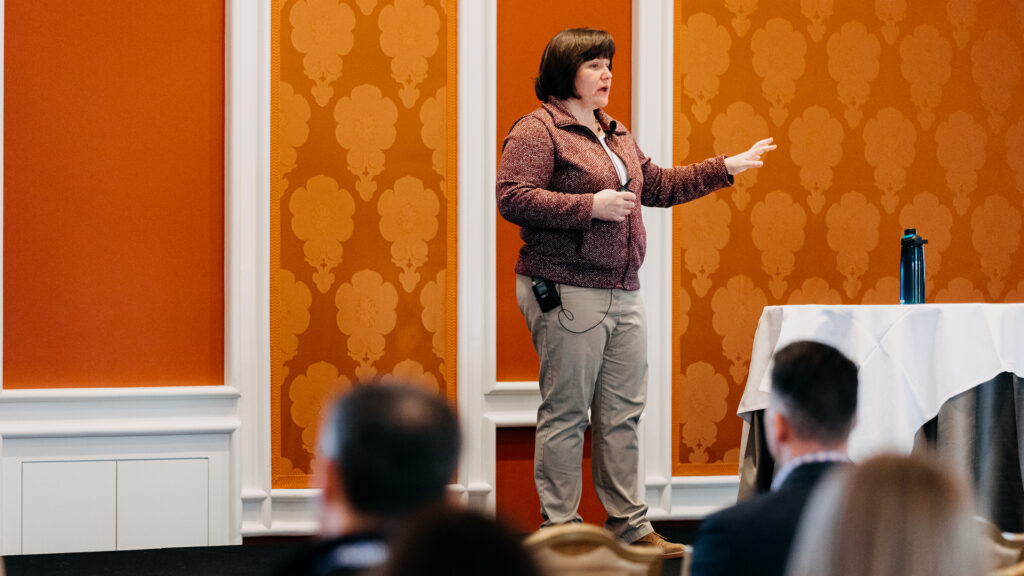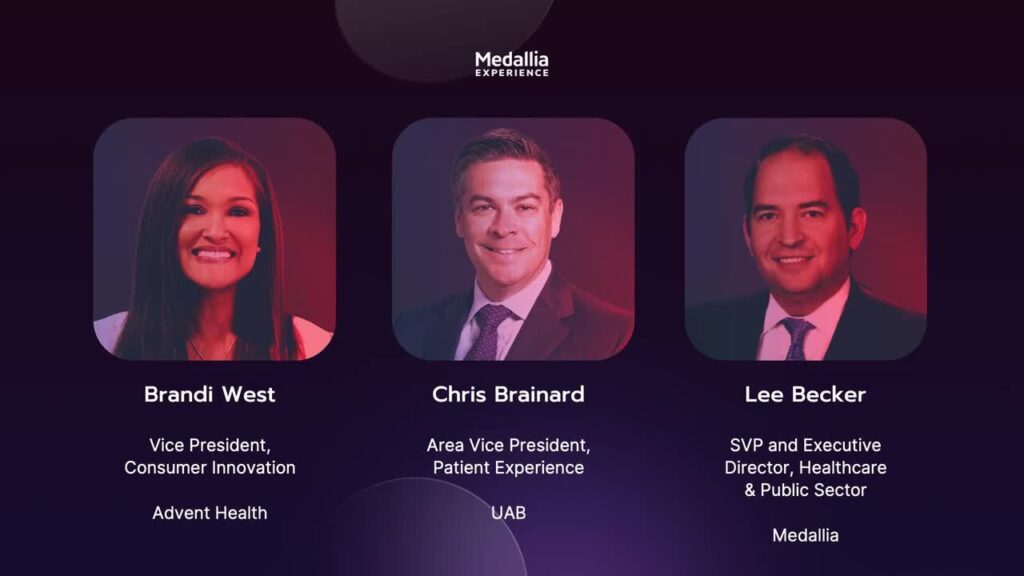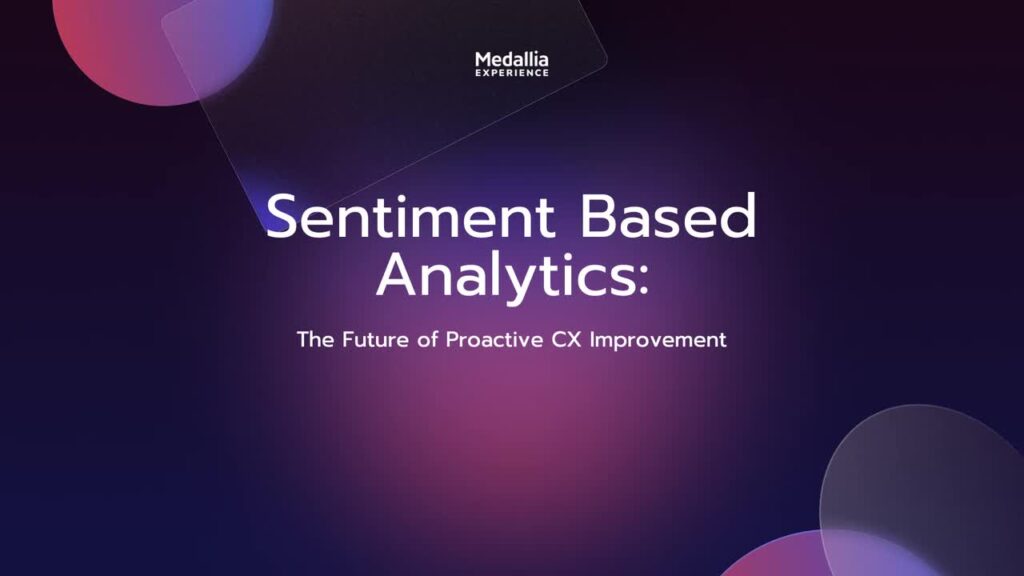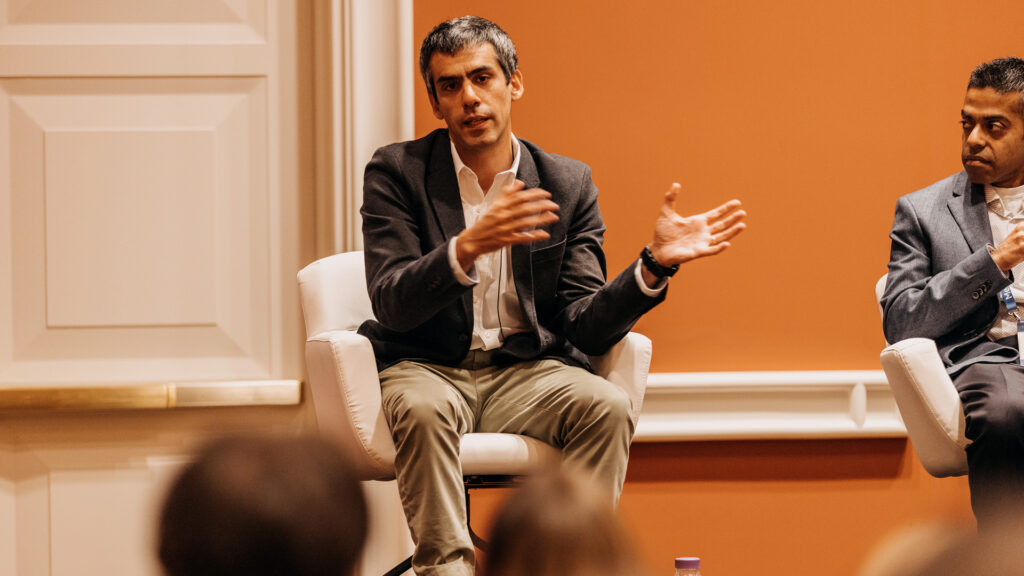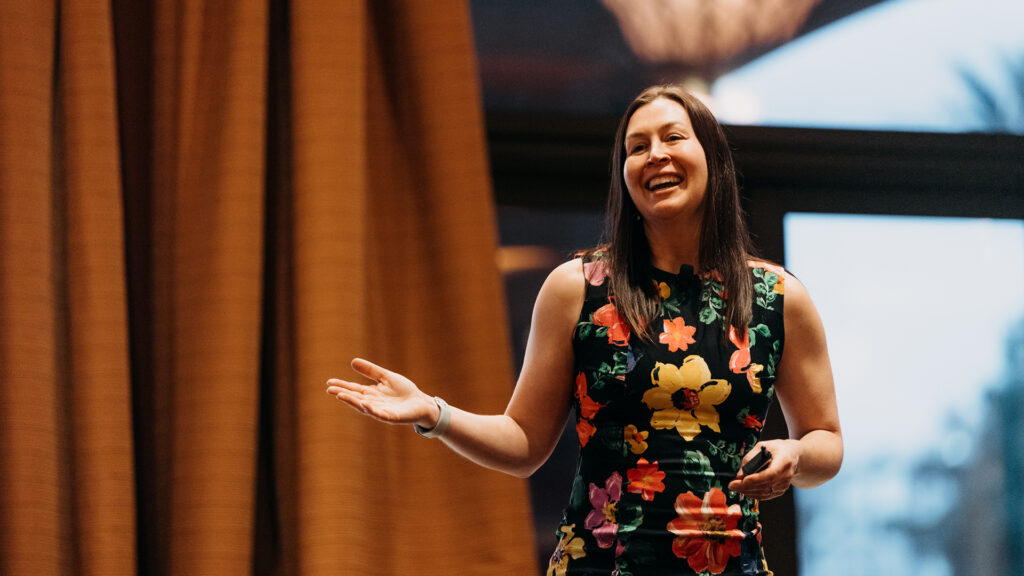Judy Bloch: [00:00:00] All right. Hi, everybody. Welcome to the power of personalization. I’d love to go ahead and introduce myself. My name is Judy Bloch. It’s so nice to see some familiar faces in the audience. For those of you that don’t know me or I haven’t had an opportunity to meet you yet I am a customer experience advisor here at Medallia and work with our clients to help them optimize their platforms, grow their CX programs, et cetera.
I come from a background as a former CX leader and practitioner myself. So I’ve walked in your shoes and can relate to the stories. And my colleague.
Andrew Custage: Hey, everybody. My name is Andrew Custage. I head up Market Research Insights here at Medallia. What I do is focus on using external data sets, some consumer behavior based and some sentiment based to understand what consumers think, how they choose brands, and using tools like Agile Research, which you heard a bit about yesterday.
I’m really excited to be bringing some insights here [00:01:00] today on what consumers think about personalization and also what brand leaders are prioritizing.
Judy Bloch: Alright, great. So as we get into this today, we’re going to talk about three distinct sections for the power of personalization. First of all, Andrew’s going to cover why personalization matters.
What’s the business impact? What’s the ROI? Help us be able to build those business cases. Then we’re going to get into the critical elements of personalization. What do in customers want and expect? What are they looking for and what qualifies in their mind as a personalized experience? And then I’ll be wrapping up with delivering on personalization.
Talking about four approaches that we can use to begin operationalizing to deliver on those expectations. Andrew, I’ll let you take it. Thanks, Judy.
Andrew Custage: All right. So let’s start and talk a little bit about why any of this matters and why is personalization something that brands should be thinking so much about. The base level, the very [00:02:00] first way to start quantifying the impact of personalization is to recognize that there is a relationship between personalizing and experience and what one of the most primary objectives is, at least from a CX management perspective is, which is improving satisfaction.
When we’ve taken some consumer data from their most recent interactions with brands, and this is retail as an example, we’ve looked at the relationship between how a consumer is going to rate a brand in terms of satisfaction, and also how they rated how personalized that experience felt to them. And what stands out is that when somebody gives a personalization rating in a mid to lower level, a 0 to 6 for instance on a scale of 0 to 10, We see that they give their OSAT score of about six and a half.
If personalization was a 7 or an 8, that OSAT score moves all the way up to 8. 1. And if that OSAT score was a 9 or a 10, or sorry, if that personalization score was 10, then that OSAT score [00:03:00] moves all the way up to almost a full 10 itself as well. So clearly there’s something going on where consumers see the experience overall better if it felt more personalized.
So Moving beyond just OSAT and moving more into actually quantifying the financial returns for a business, you start to see a clear relationship emerge as well. We see that a very large proportion of consumers, in fact more than 4 out of 5, would say that personalized experiences drive their choice of brand in at least half of their shopping situations.
So when you think about rolling that up into a customer’s life cycle, The amount of incremental customer acquisition and customer retention that a brand can experience based on making personalization a differentiated way that they serve their customers certainly has a lot of power. And it’s not just incremental customers.
When you think about on a per customer basis, the chance to actually drive incremental transaction frequency and spend her per transaction [00:04:00] also has a relationship to personalization. For instance, we see on here that more than three in five consumers would say things like they go out of their way to shop at companies that are committed to quality customer service, but also that they’re willing to spend more with a company if they can customize the way they serve me to fit my needs and to even more precisely quantify not just the customer acquisition potential and retention potential, but to actually understand financial returns more specifically to a lot stands out here as well.
When we’ve asked CX professionals to score their own personalization capabilities, and again, on a zero to 10 scale, we’ve also asked them to comment on the revenue growth that they’ve experienced as a brand in the past year. If they rated personalization capabilities within their organization as a nine or a 10 in 47 percent of cases, those same brands saw revenue growth of at least 10 percent in the last year, if they rated their [00:05:00] personalization capabilities a seven or an eight.
Only 27%, about, almost losing half that amount of them would say that they also saw revenue growth of 10 percent or higher in the past year. And similarly, if they rated their personalization capabilities as an organization on a scale of 1 to 0 to 10 as a 6 or below, only 25 percent of them saw revenue growth of 10 percent or more in the past year.
So clearly there’s another thing that really illustrates just the power of personalization as far as seeing that ultimate brand objective of growing the business. And by the way, it’s not just Medallia that’s seeing these things. Other industry leaders, other thought leaders and researchers have also found a lot of conclusive evidence about the power of personalization and what it can drive for a brand.
Take Deloitte, for instance, They’ve seen results that show very large proportions of consumers make brand choices around how personalized the experience is going to be to them. And also on a more quantitative basis, see financial returns in terms of [00:06:00] incremental revenue growth and decreasing company costs through efforts to operate more efficiently by personalizing the experience at scale.
So everything’s great, right? Personalization works. It drives results. Everybody’s happy. It’s great. The problem is, brands aren’t doing enough today to make the experience as personalized as it can be. When we ask consumers in their most recent interaction with a brand how personalized it felt to them, only one in four say that it was highly personalized, giving it a nine or a ten on that same scale we mentioned before.
So there’s clearly a lot of room to grow and there’s clearly a lot more brands can do. But fortunately, when you think about many of the innovations that have occurred over the past few years in the way consumer expectations have changed, we look at things like the massive change in the potential of artificial intelligence, which I know everyone’s heard so much about over the past few days, but also think about just the past few years with COVID and [00:07:00] how much it’s driven consumers towards more digital touch points, areas where their information can be collected and they can establish a more longitudinal history with their brands that can be tracked.
And then also just think about consumer expectations across industries and how much certain industries have changed the niche content or more one to one experience that they’re capable of providing. When you put all that together, when you look at what CX professionals say themselves, we see that making customer experiences more personalized ranks number one on their list of top priorities for 2024.
And many of the other things that it outranks certainly have a hand in personalization, but to see that this is the number one thing that CX professionals say is on their mind is really a testament to how much it matters today. Critical elements of personalization. We know we want it, but what do we actually give the consumer that’s gonna delight them?
There are a few things to put in context before we talk about personalization features. And [00:08:00] one is understanding the baseline for a brand and where there’s an opportunity to make things more personalized. When we’ve done research recently, we’ve found that consumers perceive the personalization level of their brand, their interactions across brands as really differing a bit.
You think about the maturity of some brands versus others, and it really helps set the context of where your brand can improve compared to its competitors. So personalization ratings for instance are highest in some industries like healthcare, hospitality, utilities even. And you can see in some cases there is a relationship to satisfaction but even within each industry there’s gonna be differences too.
But think about it at least from a starting point. Industries where there’s gonna be more one on one touch points with an employee directly, more care and concern for the consumer. Or also just the opportunity to collect more information about the consumer are gonna help give some industries an advantage.
But there’s certainly opportunities for every industry to catch up from where they are. Another really big thing too is to [00:09:00] understand the context behind personalization and how much it could vary based on the nature of interacting with your customer. This is hotels for an example. We see that on average the personalization score, those giving a 9 out of the 0 to 10 scale, was around 23 percent for hotels as a whole.
But within the hotel ecosystem, there’s certainly a lot of things that can make it more personalized. For instance, look at the score of a luxury hotel brand versus a more mid scale or budget one. Really a big difference. Also, if there’s a previous history of staying at that same hotel, there’s a lot more opportunity to make the interaction personalized and consumers see it.
Or how about a consumer being a loyalty member versus not? Having more information about the consumer through a program enrollment can make a big difference on how personalized they think the experience was too. And even in terms of journey, there’s a lot that matters as well. So to stay on the example of hotel, for instance.
When we’ve asked consumers [00:10:00] to rate various elements of personalization that they experienced across different stages of the journey, it really wasn’t an equal playing field across all of it. Some areas, like the booking process, they found to be more personalized, same as check in. In particular, if they actually had a customer service need, they found the way that was solved to be particularly personalized.
But areas like staying in the room lag behind. So when thinking about as a brand where you can find an opportunity to make the experience more, it feel more personal. Think about where in the journey you’re going to start. I did notice for instance, here at the window, staying in the room, I don’t know if anybody used the tablet, but it did have a personalized welcome message to you, which I thought was a great example of one thing, but maybe not enough hotels are doing that.
All right, so now let’s talk a little bit about components and features. From our research, we’ve asked consumers to rate how well certain elements of personalization affect the experience to them. And [00:11:00] across over 30 different attributes, we’ve landed on a list of seven main categories that help define the expectations consumers set for personalization.
Continuity of knowledge to start with one. So for instance, Is the information that I’ve already provided in the past carrying forward so that in future touchpoints it’s useful and I don’t have to reveal the same things about myself to the brand over and over again, starting from scratch. Rewards and recognition.
Am I appreciated for what I’ve done with the brand in the past? Do they know me and show that I’m deserving of some special treatment as a customer? Flexibility of service. The way I pay, the way I receive service, the way I receive my product, is it one size fits all? Or do I have customization and choice in how that occurs?
Proactive touchpoints. Does the brand reach me before I know I even have a need? If [00:12:00] something’s wrong, do I hear from them, or do I have to reach out? Content tailoring. A lot of this has to do with recommendations. Am I served suggestions on products or content based on what they know about me as a customer and what I’ve displayed interest in the past?
Product tailoring. Can I engrave something? Can I change the size? Can I get my own account separate from the rest of my household? What about the product shows that it was built, tailor made for me and not just the same thing that everybody else has? And then lastly, human touch. Is my name used in communications?
Do I feel that I’m engaging back with another person on the other side? Or is it a nameless, faceless, shapeless, corporate behemoth that doesn’t have any personality of its own? Or even in you heard Kristen Bell’s example yesterday, something that she gave an example of what she feels like brands do that are amazing of receiving a sweater delivered, for instance, and a note from the employee that knit it [00:13:00] being something that could be an amazing example of human touch.
So when we’ve asked consumers to actually comment across various attributes, and I mentioned before over 30 different ones that fall into these categories, what we’ve seen for instance is that continuity of knowledge and rewards and recognition are really some of the areas that have the greatest opportunity to delight consumers.
Number one thing that consumers feel like help make things feel personalized. It sounds like it might just be table stakes, but you’d be amazed at how often brands don’t even get this right, which is if you’re moved across touch points, for instance, transferred from one customer service agent to another, do you have to start from scratch all over again?
Or is there something that’s carried through with you so that you are actually recognized as a person that has their own history with the brand and the process or rewards and recognition based on loyalty, for instance, one that stands out a lot. But as we go down the line, other things like flexibility of service, forgiveness and compassion not putting [00:14:00] too much burden on the consumer for things like late payments or wanting to return a product.
Or for instance on proactive touchpoints, if an error or an issue has occurred, like service is down, someone’s stuck on a certain page, or their account is locked, does the brand reach out and solve something before the customer has to take the first step? And of course down the line there are many other things too.
When we talk about things like content tailoring, faceted search on websites goes beyond just custom recommendations but human touch, product tailoring, many others at play too. So based on that, we’re gonna now hear from Judy and talk a little bit more about how brands can actually approach delivering on personalization.
Judy Bloch: Alright, thanks Andrew. So since we are now grounded on what our customers are looking for and how to build the business case to get there, I want to spend some time talking about the four different approaches to personalization. First off, who’s had a chance to stop by the personalization booth in the [00:15:00] hub?
Has anybody had a chance to take that quiz up there? Great. If so, when you did that, you received your primary approach likely one of these four and your persona that goes along with it. We’ll be diving into each of these independently as we move along throughout the presentation. Before we get too far though, I do want to say I find it helpful to think about these on a continuum.
As we start with the responsive approach, the collector persona, if any of you receive these, the responsive approach moving through individualized. We’re starting with responsive, being a after the moment, after the transaction, follow up type of approach, moving on through ultimately to real time, predictive, influencing future type experiences.
So I think you’ll see that come out as we move along throughout the presentation. But first, I want to give a little bit of grounding and some more foundation to how we’re thinking about this. I really like to call out the point here about not being mutually exclusive. [00:16:00] Very thoughtfully, this is not intended to be a maturity curve where it’s step 1, for example.
Instead, if your organizations are truly striving to personalize every experience, It’s entirely likely, in fact, maybe you could argue that even you should be using every one of these approaches. So you might have your marketing team, for example, leaning in to a segmented approach with their content, messaging, tailoring.
You may have your call center using a situational approach, how you work with the front line, how you enable the front lines to work with customers directly. Your digital teams using individualization to help automate and orchestrate next best experiences. Alright, let’s dive into our first approach here.
Responsive is all about, you guessed it, how you respond. So this is after the transaction is over, after the experience is over, how do we start to think about delivering a personalized [00:17:00] experience after that moment. The key word here I’d love for you all to think about is programmatic. So structured approaches to how we want to respond and follow up.
A little more detail about the responsive phase. It’s really important to understand when we’re following up on an experience. Where did the customer just come from? What was their journey? What was their intent? Do they have any unmet needs that they were seeking to solve for? Are we in a recovery situation, right?
Where maybe I need to help solve a problem that might exist for a while. build something up, or are we in a promoter type of situation where maybe there’s an opportunity to deepen a relationship and go a little bit further. Closing the loop, of course, is a, is an easy and common example to a responsive approach to personalization and also a great way to illustrate how within every approach there are ways to level up, if you will.
Your closed loop program might start just on extreme [00:18:00] detractors, manually following up on, your ones, twos, threes, et cetera, on a likelihood to recommend score. Or you might be using some automation in AI generated approaches that we heard about yesterday with smart response. All right. The second one here is segmented and guess what?
This one is all about creating segments. So a one to many approach here is what we’re looking at to help drive Although in a bit of a generic way, tailored messages that will resonate with, a population of individuals. A little more detail about segmentation. I, as you’re seeking to create these groups, these cohorts of individuals, I think it’s really important to gather as much as you can, as much information as you can about what you know about your customers to design those in a thoughtful way.
Joe yesterday did the illustration of a couple of attributes and then showed us King Charles as well as Ozzy Osbourne. So the more [00:19:00] we can use about what we know about our customers to create groups that are hopefully as alike as possible the better kind of outcome we’re going to see here.
I would love to share perhaps a bit of a unique use case for segmentation. A global convenience store that I was working with used segmentation to help solve a business problem. With their rewards recognition, sort of their loyalty app. Essentially they needed to Cut some cost as CX leaders.
We’ve all been in this area. How do we balance cutting costs and maintaining a good customer experience? It turns out that on their loyalty program, the most redeemed reward was a pizza, a free pizza also happened to be the highest cost. They could have just pulled that out altogether, but instead what they did was look at segmentation and who does this reward most applicable to?
How can we maybe limit that? It’s and create an air of exclusivity a little bit. How do we limit it and use those segmentations to help us keep this reward available, but also help us [00:20:00] mitigate some cost at the same time. Alright, we have a bit of research here that Andrew, I believe you actually executed.
That talks about how our company is actually going about segmenting today. So on the most hand, on the most sighted, you will see things like demographics, spin behavior those sorts of things that we’re seeing, duration of being a customer, etc. On the least often cited, though, I think we’re going to start to see these approaches grow.
They become more predictive in nature, anticipating what we might see in the future. Things like predicting churn, do we have an at risk customer, etc. A few companies are doing their segments this way, but I think we’ll start to see more and more. Approach number three is situational. In my time staffing the booth upstairs, this was the most popular approach that I saw.
So perhaps many of you saw this as well. Keywords here are employee driven. While there’s certainly [00:21:00] EX and CX connectivity across all four approaches, it is really important here. Situational is ultimately all about employ empl empowering, empowering your employees to deliver in the moment face to face of course, it could be over the phone, but in the moment experiences directly.
With their customers. So making sure that we create a space where our customers, where our employees are empowered, have the tools, the techniques, the guidelines they need to be able to navigate these in the moment situations critical and creating a place where our employees feel trusted by us right as the brands and know that we are confident in their ability to deliver to our brand values.
I’d love to give an example here of a telecom company that really leaned into a situational approach and created a program called Next Call Prevention. And this was done in a call center where the idea [00:22:00] was to prevent the next call, right? Anticipate the next call. Unspoken needs of what might come next.
A good example of this and something I can certainly relate to as a parent myself, perhaps you’re calling to activate a phone for a child or adding a new line to your account. The next question, although maybe not when I directly asked the agent, Might be, how do I use parental controls? And so they’ve empowered the agents, the call center agents, to go ahead and forward think.
Yes, it might give us a little more handle time on this particular interaction, but we’re going to do a better job of personalizing the experience, meet the unspoken needs, and prevent the expense of the next call that would have come. Situational. And our fourth approach here is individualized here.
The keywords are one too many at scale using automation. So individualized is all [00:23:00] about understanding your journeys, your customer intent, what they’re looking to accomplish and where they’re going and looking to create win types of situations through journey orchestration. So an example that you might see or perhaps have experienced online could be next best types of experiences or recommendations.
Certainly you guys have seen, you’ve seen this, here’s what we think, right? Those types of of examples we see here. Other examples could be detecting struggles or frustration in the digital channel through your digital behavior analytics, and then offering. The customer, perhaps an opportunity to speak with an agent, a scheduled call back, so that your customer doesn’t have to, wait on hold all that time.
These are examples of individually curated and orchestrated personalized experiences. Now, one thing that is certainly worth calling out here on individualized is that it’s absolutely data heavy. Now that does not mean your data has to be perfect. [00:24:00] In fact, I don’t know that anybody’s ever is, right?
But, it is data heavy. So being thoughtful about the data that you have access to and how you can help then orchestrate these individualized experiences is certainly an important theme here. But we do see that leaders in individualized approaches typically have data from probably like a CRM or a customer data platform, a CDP some digital behavioral analytics, things like this that they are typically feeding into an orchestration engine that brings this all to life.
All right. So as we begin to wrap up a little bit and move towards that, I do want to bring it back and connect the dots with Andrew’s research around what matters to customers. So like all good things with a CX strategy, it starts with your brand vision and who you want to show up and how you want to show up for your customers.
So [00:25:00] understanding your brand vision. How does that materialize to the customer? For example, if your brand wants to differentiate on the relationship, it’s about the, human to human interaction, we might lean into the human touch dimension here. And that of course is going to point us towards a responsive or situational type of approach.
But for example, let’s say that we’re talking about an insurance company who is looking to make it easy to serve up quotes and add, say, a new car to your insurance plan or a new driver to your insurance plan, and you want to drive customers and influence them to do that in a digital manner. Continuity of knowledge is going to be important here.
Flexibility of service certainly matters if these are the goals for your company. That might point us to a situational or individualized approach, depending on your ability to be proactive. Things to consider as you’re thinking about what best approach works for me. I actually went through [00:26:00] this insurance journey here myself recently.
And, as an added bonus, as I was adding a driver to a teenage driver, which is terrifying if any of you all have done that. But as I’m adding a driver to the plan to our insurance plan, it actually wrapped up, the experience wrapped up with a reminder about discount, bundle discount bonuses, right?
So hitting on that rewards and recognition expectation that customers have. So we have a little bit more research with, before we leave you with a bit of recipe and some tips on how to go get started personalizing every experience. First of all, Andrew, you can speak to this more if there are questions, but there is some research that says, A minority of customers have a little bit of apprehension.
They’re a little bit nervous about more AI driven interactions, the decisions and assumptions that cust that companies will make given that data and what they might do with personalization or personalized data and the information that goes there. Not an [00:27:00] overwhelming concern, but, ranging from 20 to 25 percent thereabouts.
Enough to be aware and be thoughtful in our approaches. And last, the last bit of research we would love to leave you with is that you can’t fake this. There’s no faking it until you make it with personalization. If you’re going to claim to have personalized experiences, you really do need to have personalized experiences.
In customers report, the ability, that they can absolutely tell, right? The difference, which I’m sure you all can relate to.
All right, so a few tips before we move in to Q& A to kickstart your personalization strategy. First of all, if you didn’t raise your hand earlier and haven’t visited us in the personalization booth upstairs yet, come do that quiz is designed to give you your primary output. While your business may use all of the approaches I’ve discussed here, that quiz is designed to point you in the right direction of perhaps what’s most common in your organization.
[00:28:00] for your time. Second of all, review those customer journey maps. If they don’t exist, we can help, right? We can help you create those as needed. But review those customer journey maps and look for opportunities to personalize at those most critical moments of truth. Again, understanding journeys runs throughout all of this.
Number three, connecting with business partners. Aviv in an earlier session talked about making friends with finance. Always an important relationship to have. But here I would challenge us to also make friends with our marketing and technology partners. Marketing often involved in leading the charter around personalization.
So how do we bring in CX leadership, the thought leadership in to help support that. And then technology, they’ve got the data. They know what data might exist out there. And I’ve certainly seen situations firsthand where we are looking for data, didn’t know it existed. Technology knows, they know where to find it.
Buy those guys a [00:29:00] coffee, take those ladies out to lunch. It’s worth building that relationship. And then the last point I would leave you with is around building trust to reduce the risk. Apprehension, the customer apprehension that we talked about on the earlier slide. I think that we’ve seen some examples of this here recently with the mother of all data breaches, right?
As it’s called, that happened towards the end of January with customers, with companies being proactive in communications about their policies and practices and impacts, etc. That I think is a really good example of transparency. Transparency, of course, critical to help building trust. Something else to consider is that we also know through our research that the more you can help customers understand what do they get for sharing personalized data with you?
Is it rewards, recognition, again, a level of status, et cetera? What’s, what can they expect in return for sharing data? That can [00:30:00] be a really good tactic to help build a little more trust. in that space. All right. So I think that is it. So Andrew and I would love to take some questions if you have any about any of the research or the four personalized approaches.
Thank you. Hi. I’m interested to know if there are certain generations who value personalization more than others as well as if there’s a cultural differentiations. Okay.
Andrew Custage: Yeah, great question. The data that you saw here today is primarily just U. S. based, so I can’t comment too much on the cultural point of view, but I think certainly, at least directionally, it seems like there’s global interest or consumer behaviors are somewhat similar on this topic globally.
As far as age is concerned I would say maybe the area’s worse today. The thing stand out the most is not so much on the personalization interest, but also it’s more around the [00:31:00] apprehension to some of the things that I think we had a few slides ago. To jump back to that the apprehension about AI, for instance, we saw was higher among older generations.
Not at a majority level of memory serves of what the data showed, but certainly something to still keep in mind and is going to be important for consumer education and showing that value associated with it. When you go down the line to some of these others around, for instance, preference assumptions for group stereotypes you assume because somebody’s old or young that it’s better to serve them with a paper mail communication versus a text communication.
That’s something that I think would have to be thought through very well in order to make sure that you’re not presuming things based on generational cuts on how an experience should be designed. And then the others on here, as far as excluding customers from messaging they may have wished they had, or just the cumbersome nature of collecting enough details about consumers, I think, across the board, I don’t recall any generational cuts that were that different between here, but still something to be keeping in mind and making sure that the consumer experience isn’t [00:32:00] compromised in the process of just getting what you need to make something more personalized.
Hopefully that answers that.
Judy Bloch: And Andrew, maybe building on it a bit more, while your research was all consumer based, there is evidence out there that we’ve seen from other organizations about a B2B importance of personalization. As well, particularly during the sales cycle, right? When you want to make sure as a B2B client that the company you’re working with really understands your needs and what you’re looking to accomplish, your use case, etc.
Also, in the B2B world, product personalization really high. Alright, great. Any other questions?
Yeah? On the side.[00:33:00]
Sure. Sure, I can take this first if you want. I, to me, Joe, this leans into the EXCX connection, right? And how we trust our employees. It’s fair in a utility organization such as yours, or maybe a banking or other highly regulated industry. We’re gonna see a little more control, right? Sometimes I think about from an employee experience, understanding hard lines.
Guidelines and no lines. And in highly regulated organizations, we end up using a lot of hard lines, like you can absolutely not do this, you can absolutely not say that, you can do this. So I understand that may be a situation you’re in. So how do we seek to balance that where we can with guidelines that, recommend best practices and give a little bit of flexibility for our employees on how to handle a given situation.
Highly regulated industries probably aren’t going to get to the no [00:34:00] lines approach where it’s just Hey, go do the right thing. We would love to ultimately get there, but probably unlikely.
Andrew Custage: I think just to add to that I think there’s certainly a downside of not taking this seriously in the sense that we’ve seen how much consumer expectations have evolved and how brands that are very popular in many cases are differentiating themselves on the basis of personalization.
Not to name names, but if you think of some of the most popular retailers, especially e commerce oriented ones right now, the fact that they are so good at content tailoring recommendations, tailoring is one of the things that keeps customers coming back to them as well as flexibility of service and the way that they can receive products.
One thing though, that I do think is a downside of attempting this and maybe not being as successful as you’d like to be is just what we had on that other slide, I think right after this one around. Consumers recognize when brands attempt to say that they’re delivering something personal and make it a point of differentiated differentiation for themselves.
And [00:35:00] then just completely whiff and fail to deliver on it. I can anybody think of a time where a brand’s asked you a lot of information about yourself and you’re like wonder why they need this. It must be for something. And then it’s just, Nope. What made the experience different for me than anybody else that you made me go through the process of revealing this much about myself.
So I think. Customer disappointment. If you are collecting information designed to create a personalized experience that fails to actually do that is something to keep in mind. And I think that’s why it requires the level of knowledge and support to make sure that this is done right.
Judy Bloch: I think we can lean into transparency there too.
We’re trying a new program, opting into a pilot group, right? We don’t have to go big and broad, every customer, every segmentation, every journey, always. It’s okay. And test and learn, right? And see how we can grow from there. Yeah.[00:36:00]
While I understand that consumers are opening up to the concept of personalization much better than 10 years ago, what’s your experience working with internal legal
Andrew Custage: compliance teams and
Judy Bloch: their, cooperation in this regard? What’s the experience? Similar to Joe’s question, right?
About what if we get it wrong? Legal and compliance, I think, are critical partners in deciding what are those hard lines I was referring to before, where can we give guidelines, and where might we have situations with no lines. Maybe I should add them to my list of marketing and technology friends to take out to lunch.
Because they’ll be critical partners for you as you move along. It’s a great, it’s a great comment.
Hi, thanks for the great presentation. My name is Shivani and I’m from Banner Health. [00:37:00] I feel like personalization and authenticity go hand in hand. Yes. And I was just wondering if you have any data or any thoughts on brands who are delivering successfully on being, delivering personalized care along with authenticity.
Andrew Custage: That’s a great question. For starters, I love the way you just said that of personalization and authenticity go hand to hand because that is, I think such an important vocabulary word to be thinking of in the experience that you’re designing is authenticity. And like I mentioned before about how consumers recognize when brands are.
Giving the promise of personalization, but then failing to deliver on it. Authenticity means honesty, it means transparency, and it means that you’re not promising something that you won’t ultimately deliver. As far as research is concerned I don’t, I think that the, I think basically what you’ve brought up is what’s reflected in the data, although I’m not sure if we have anything that shows consumers [00:38:00] recognizing authenticity as a word on its own that they would associate with personalization.
But I think as far as things that. Matter the most to deliver that you do have to take into account the nature of your business and what the experience is like today. So I had before healthcare, for instance, up there is one of the best performing industries for personalization. The way that healthcare works and just the frequency in which a person is in person interacting with another human being, serving them on a one to one basis for something that is very important to them.
I think not every industry is going to, At ground zero, have that same opportunity to show personalization in that way. So I at least think of back to what you had, and I would love to hear your thoughts on it too, but of those seven characteristics that I had and human touch was one of them. And then of the various approaches that an organization could follow, not a human touch wasn’t a priority in all of them.
So I think it starts with thinking about your brand, the type of experience you’re capable of delivering the product or service you’re [00:39:00] selling, and Authenticity around human touch might be very important for one of those approaches, but it might only be a secondary approach if instead personalization for your brand is going to be more powerful with at scale content driven things that might be more appropriate for an e commerce business, a financial services business, maybe something else like that.
Yeah,
Judy Bloch: absolutely. Andrew, I was going to say the exact same thing. That’s why we always recommend that our CX strategy or personalization approach starts with your brand vision. Who do you want to be for your customers? We if you try to be something you are not, your customers will know. And we saw that in, in the research, but who is your, what’s your brand vision, right?
How do you want to show up? I think that’s where it starts. And that creates that often authenticity. Yeah. Thank you. We have a couple of minutes left if there’s any last questions.
If not, please do take the time to give us your thoughts. Fill out the there’s a QR code here that should [00:40:00] link you to a survey. Andrew and I would love to hear what you think and and how you feel about the presentation.
Andrew Custage: Thanks everyone for attending. Have a great rest of your day.
